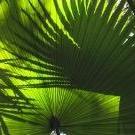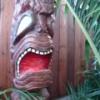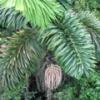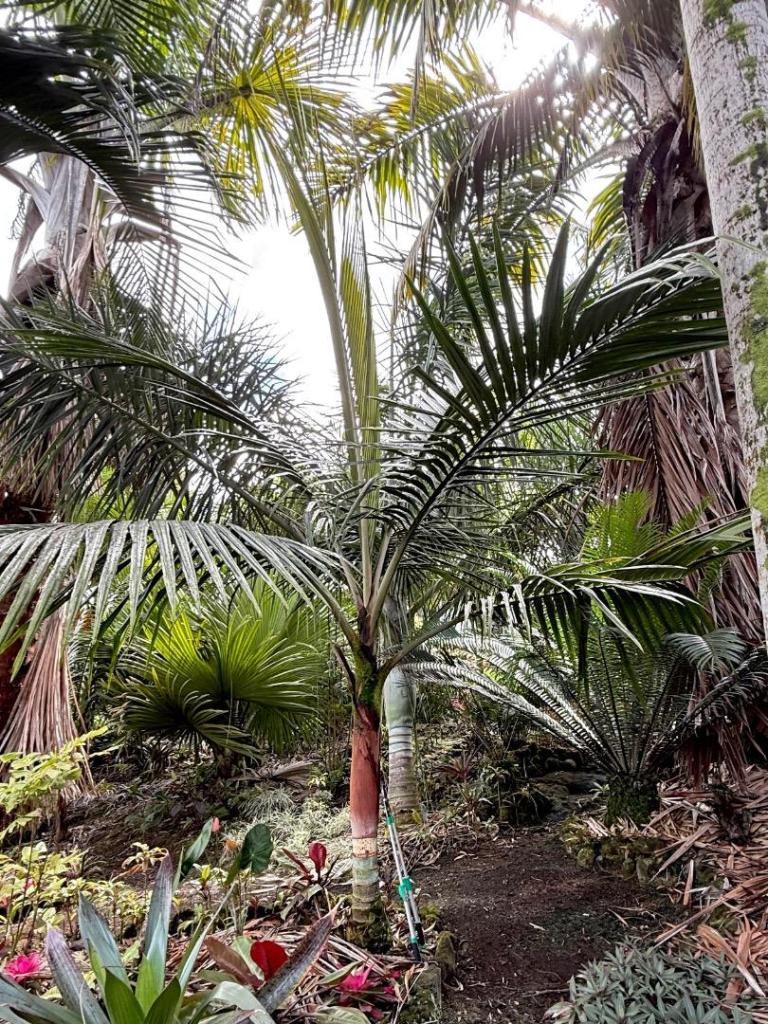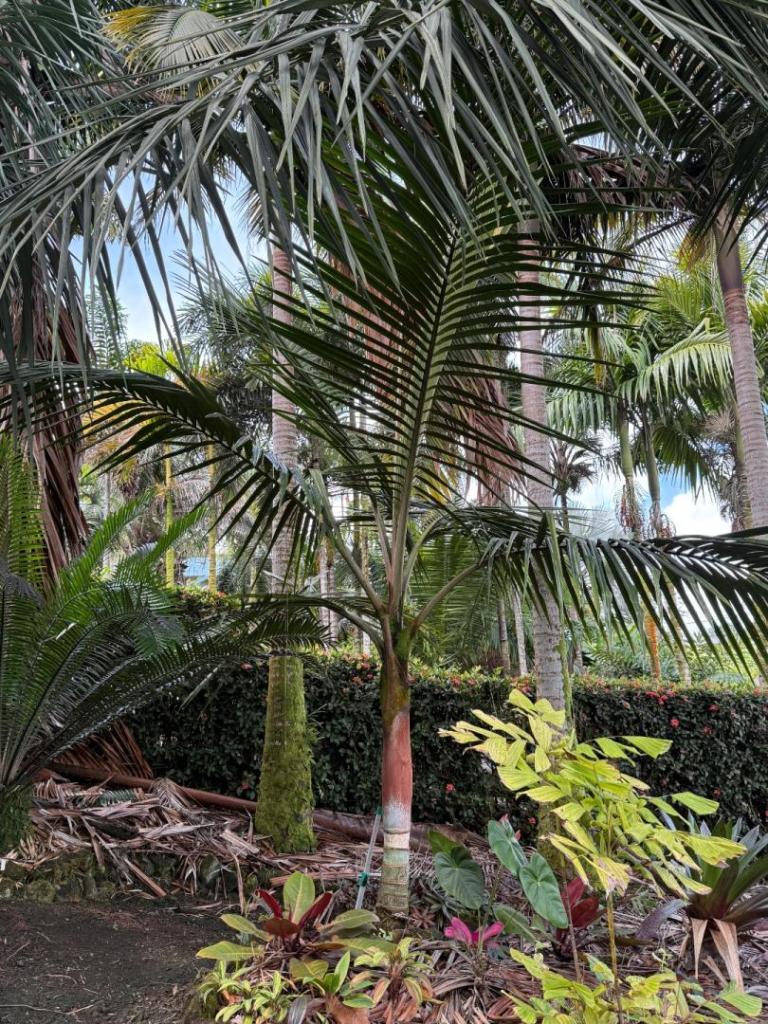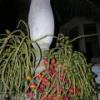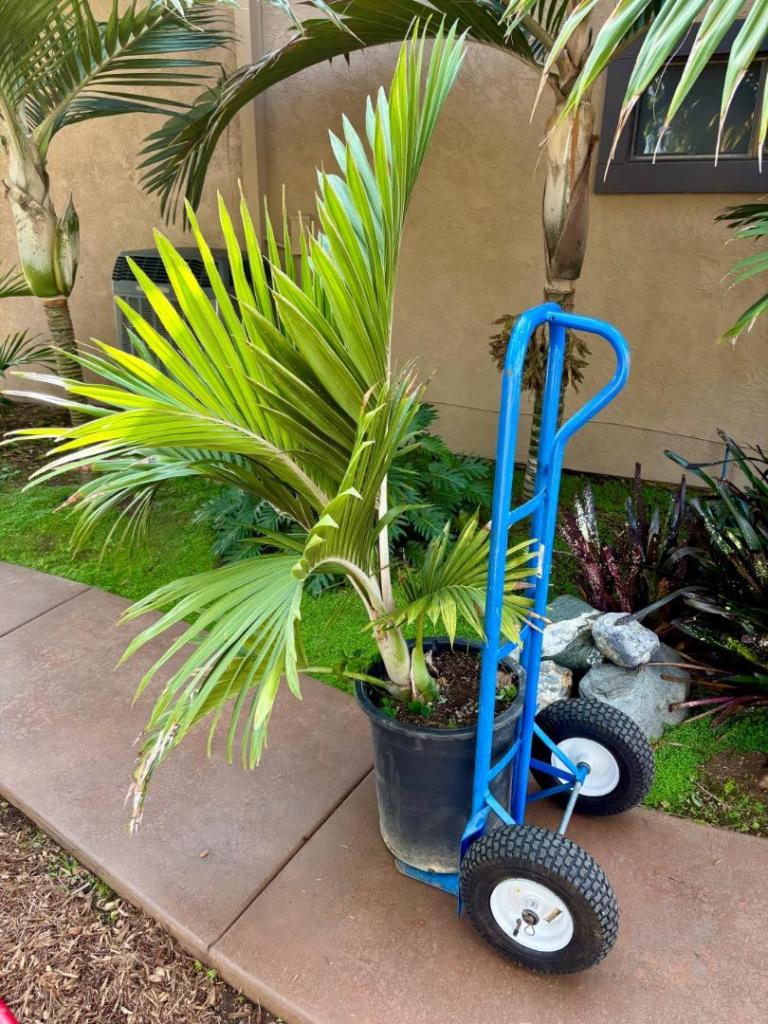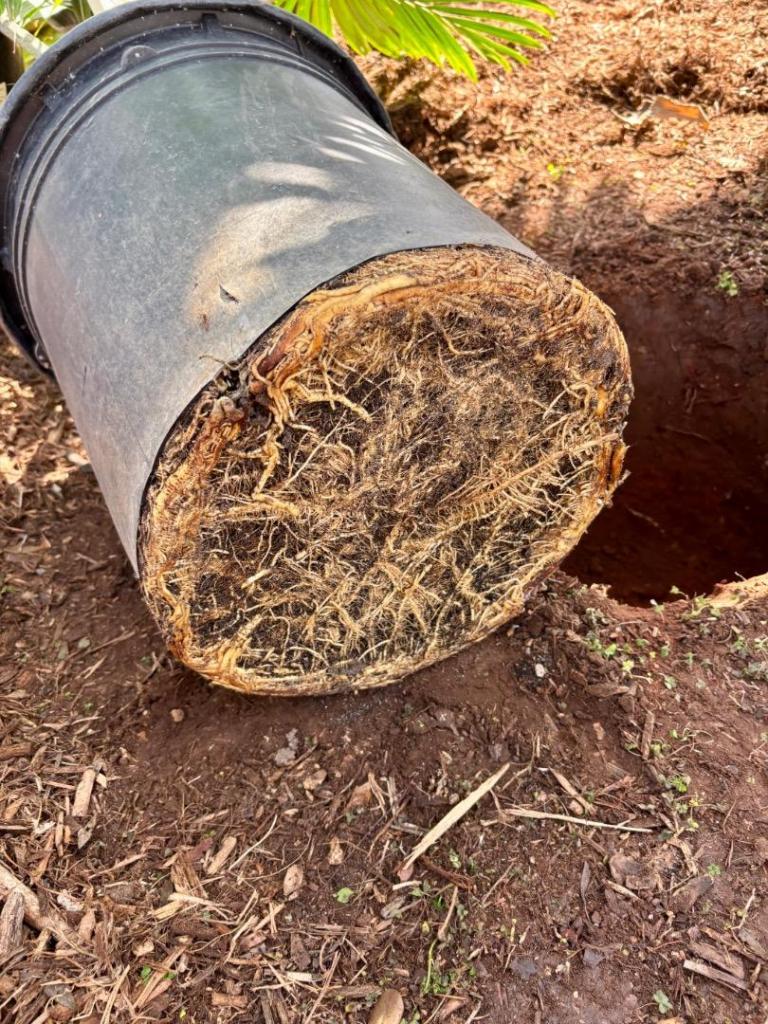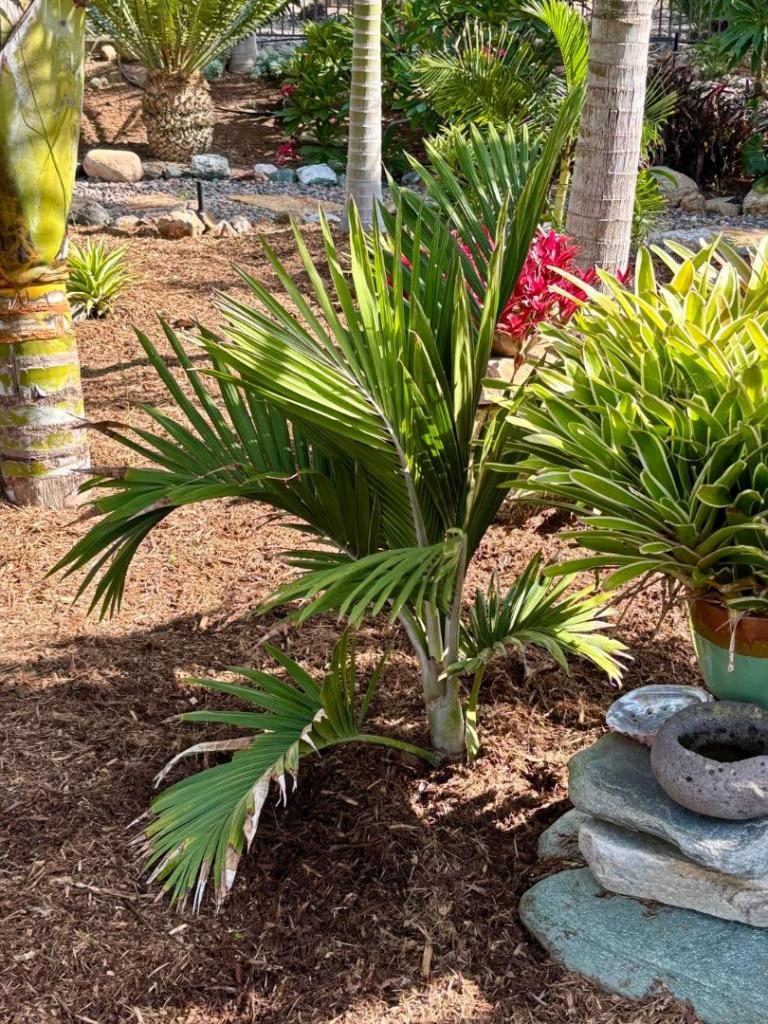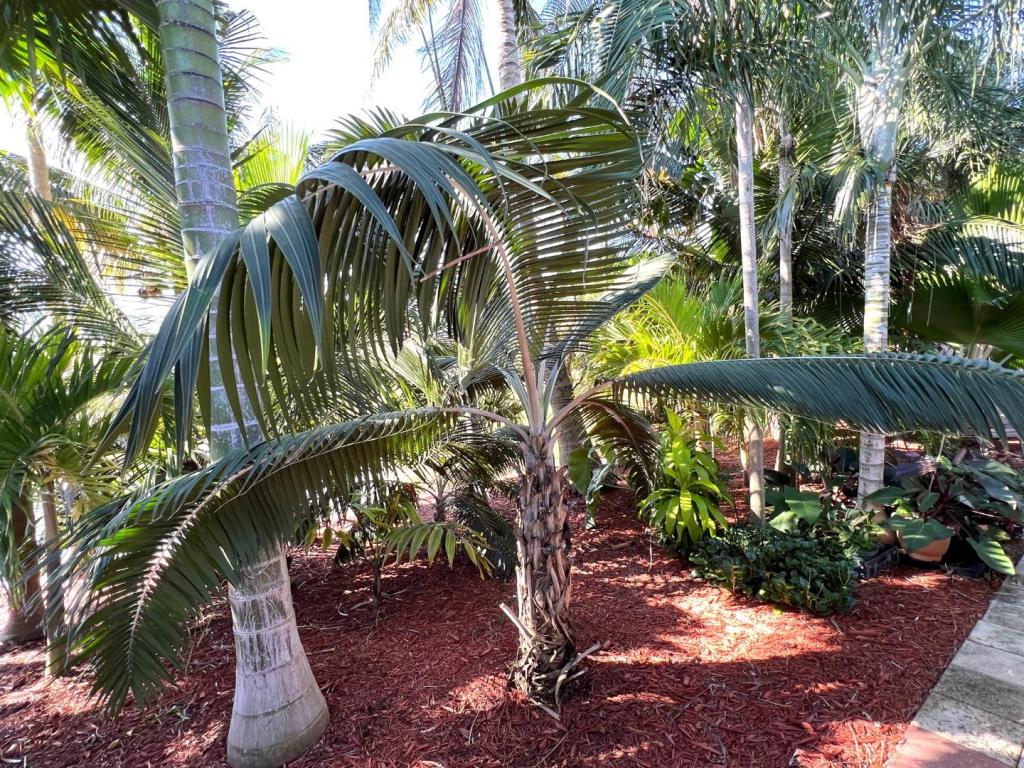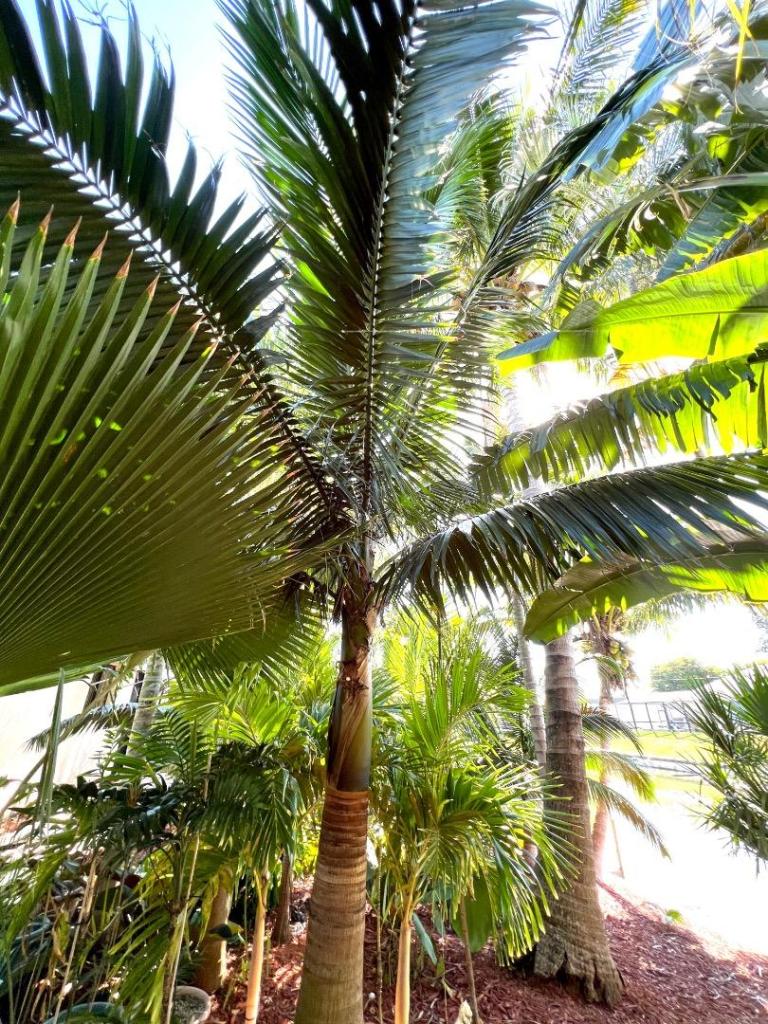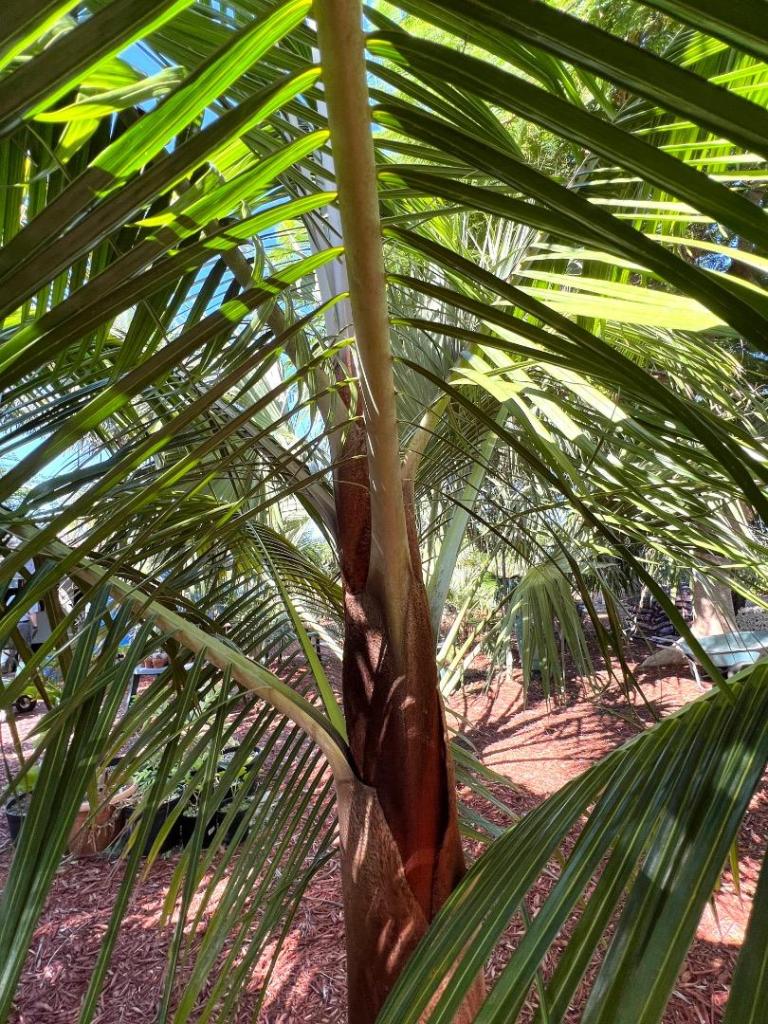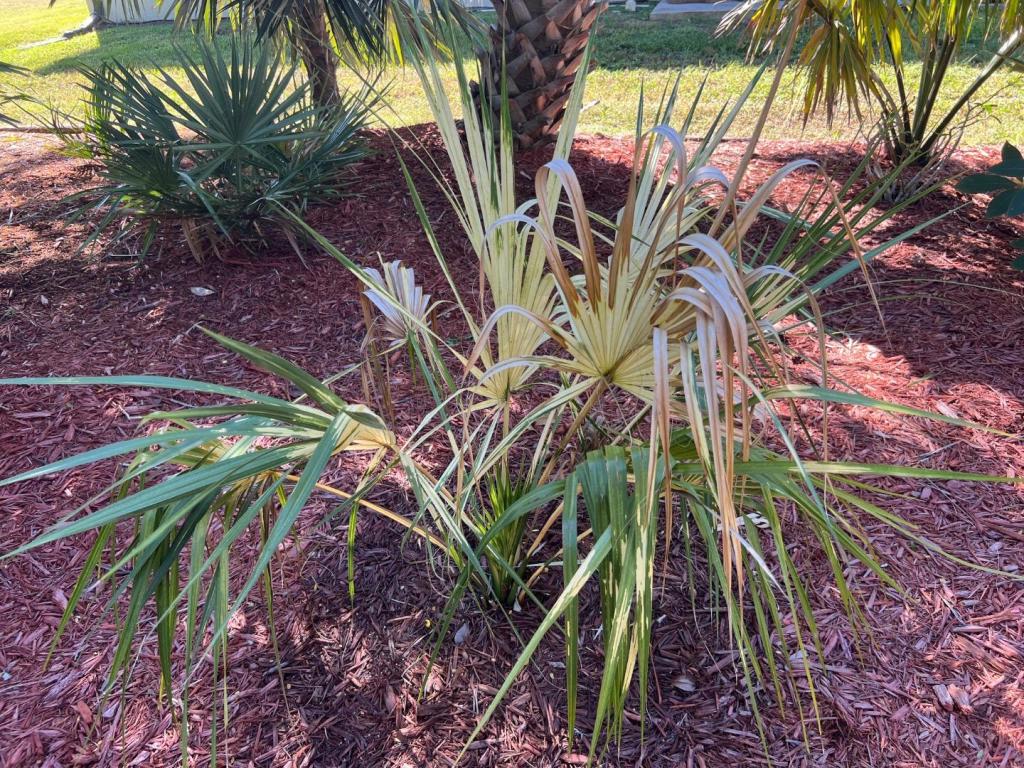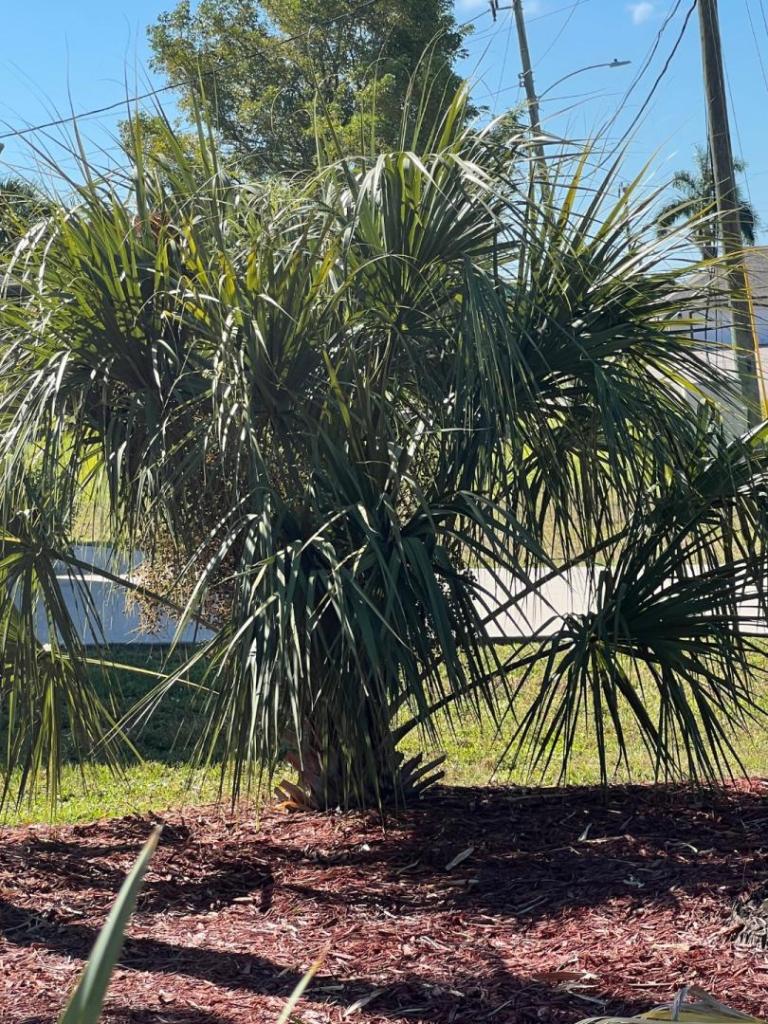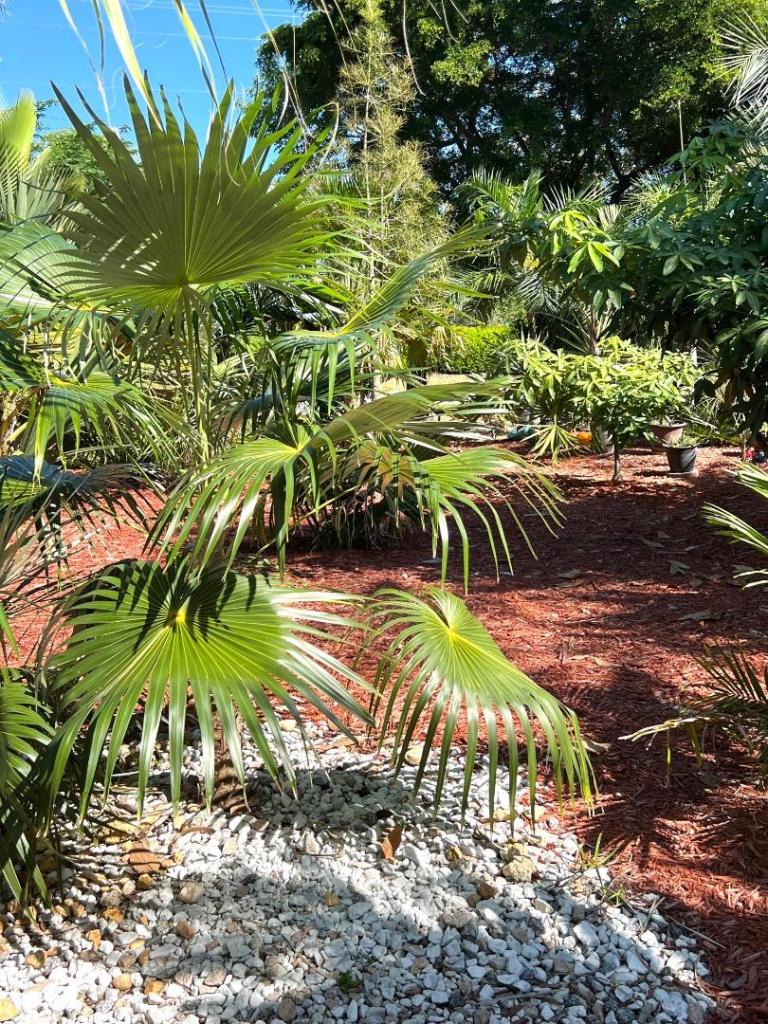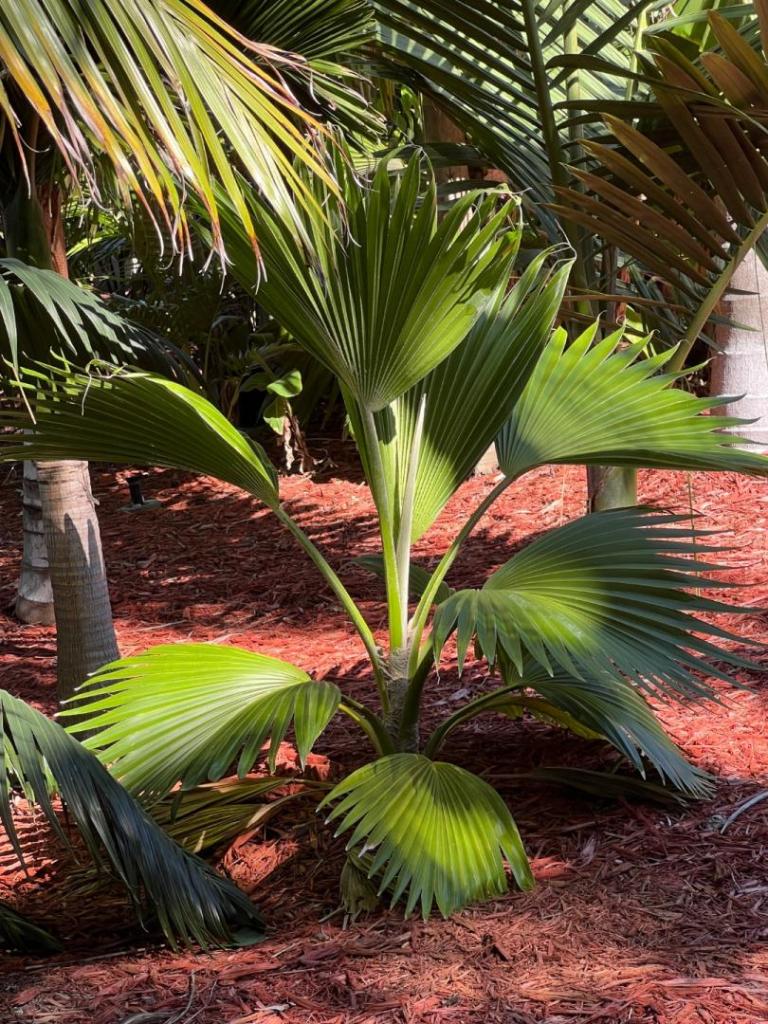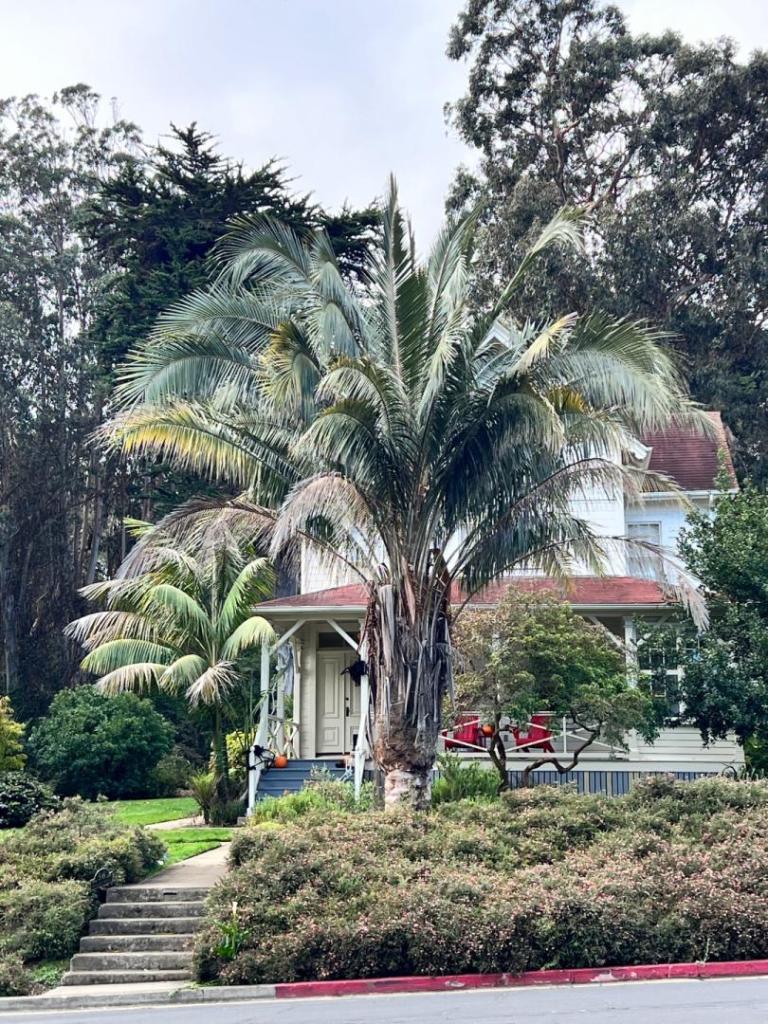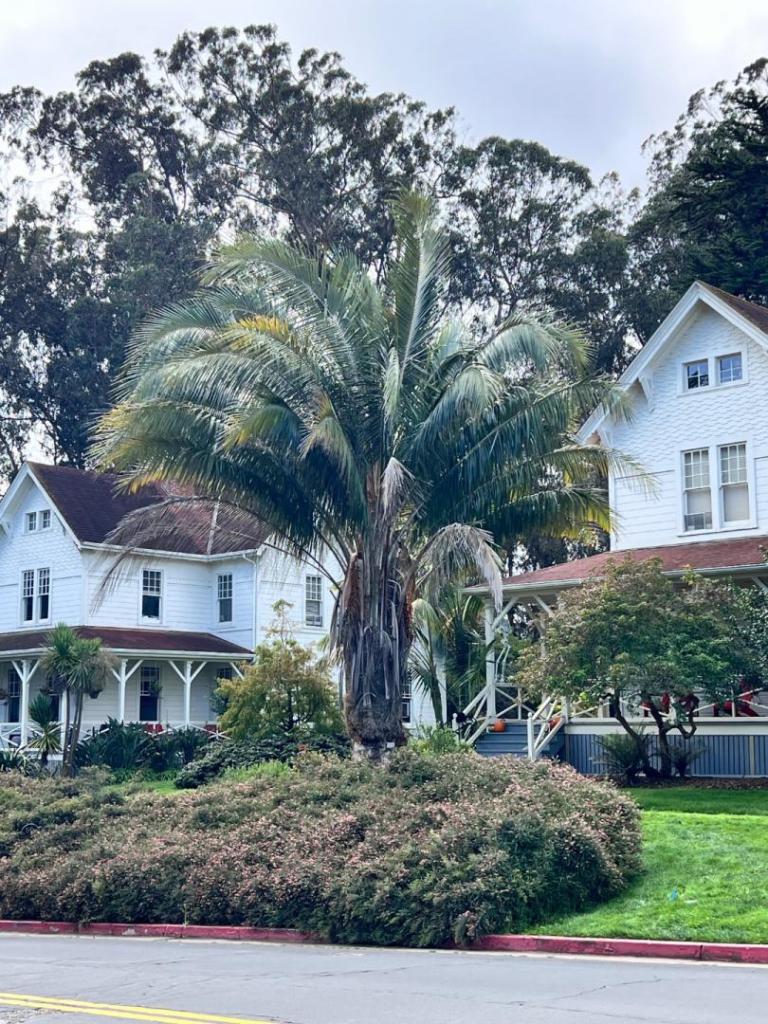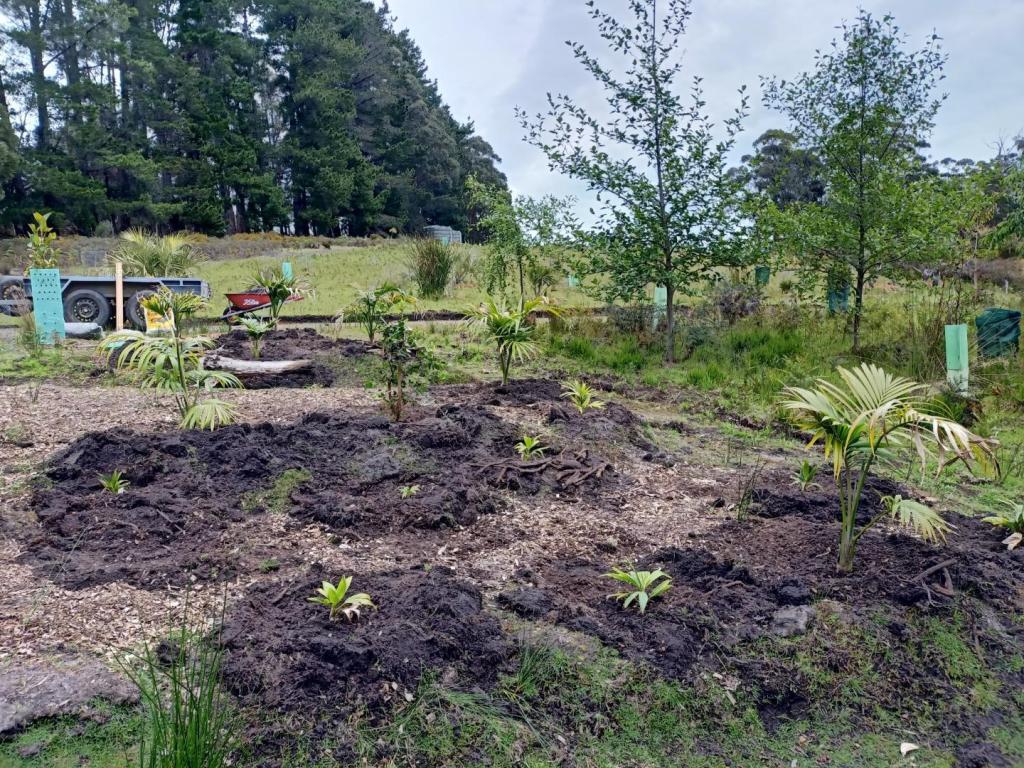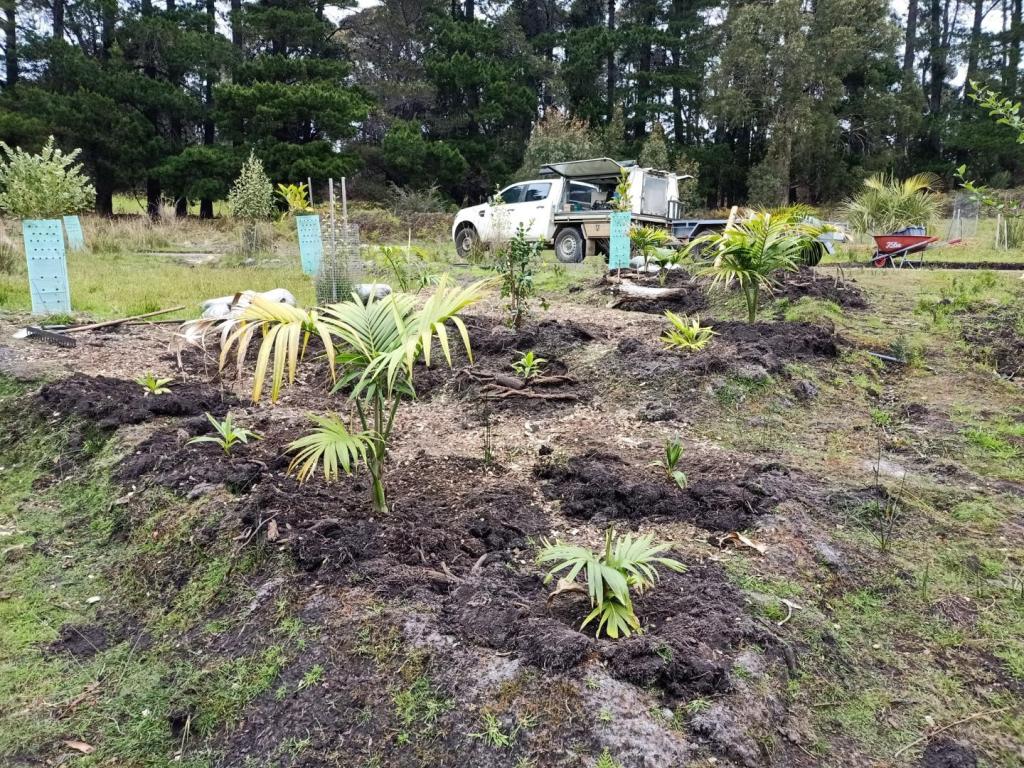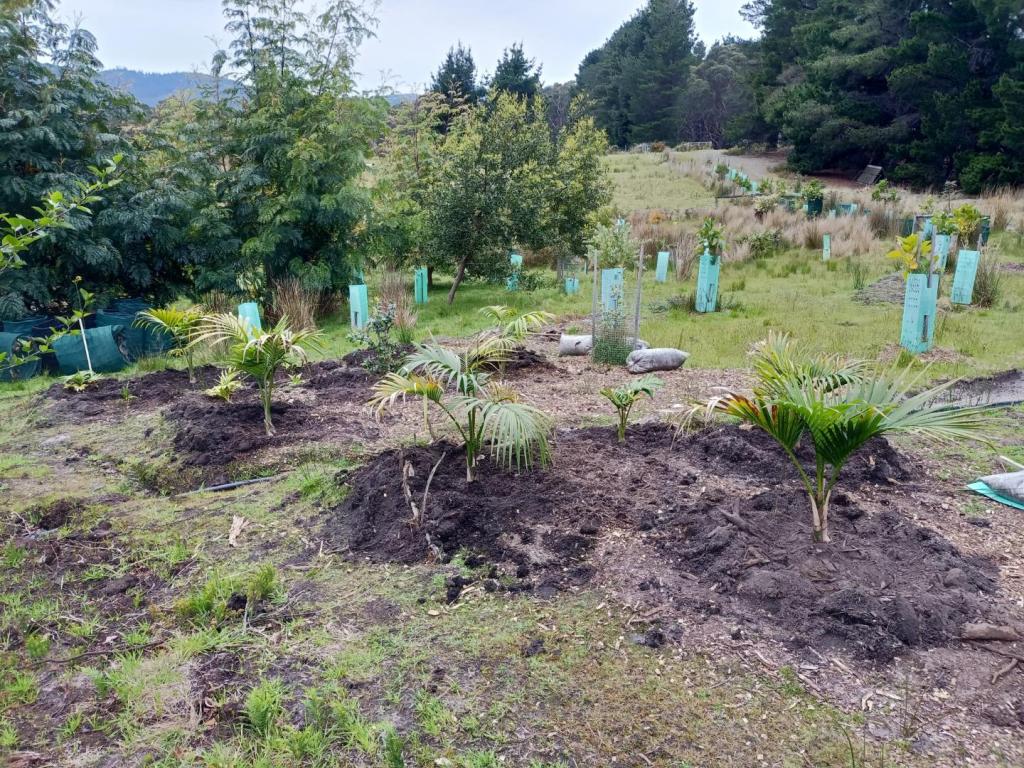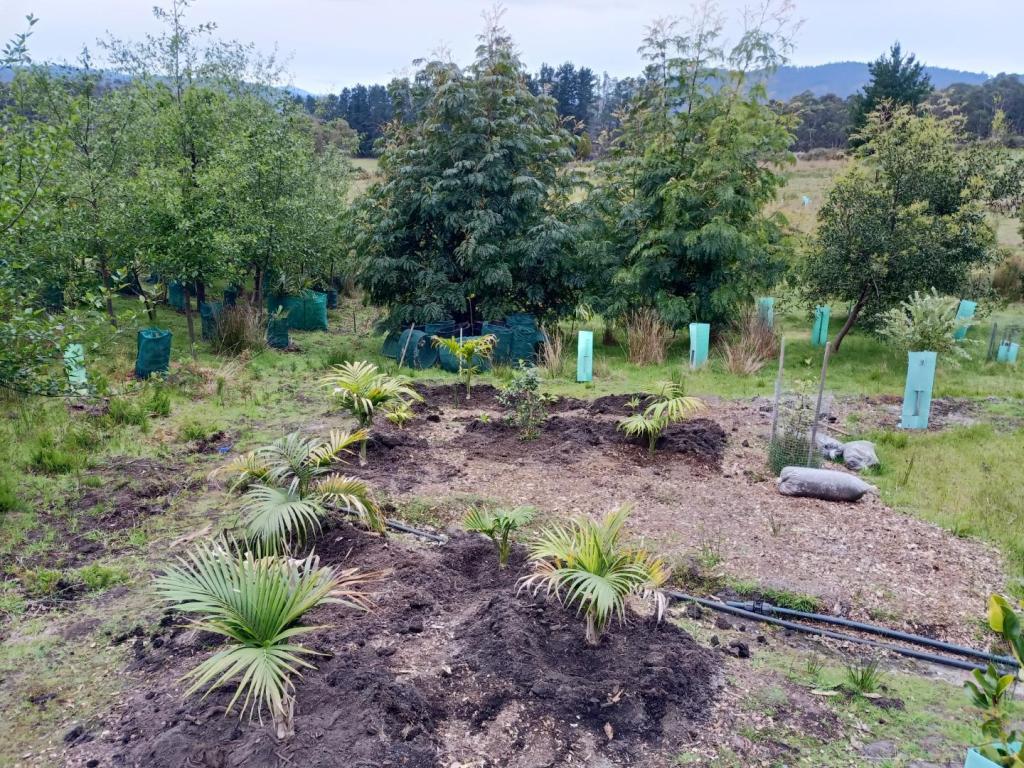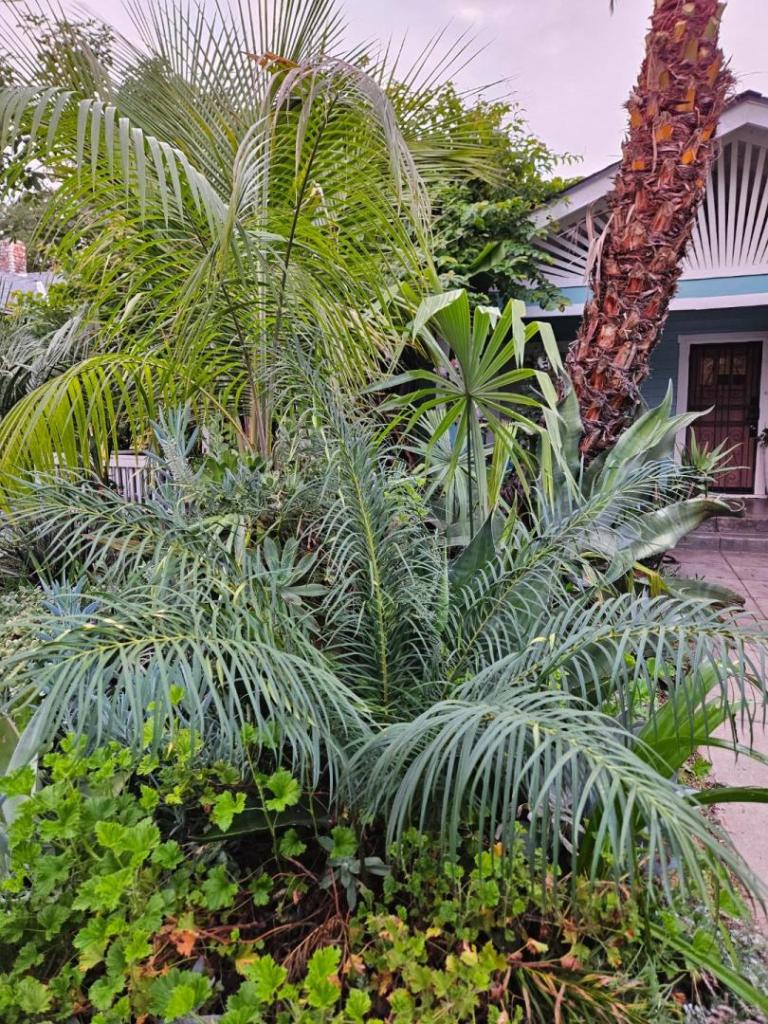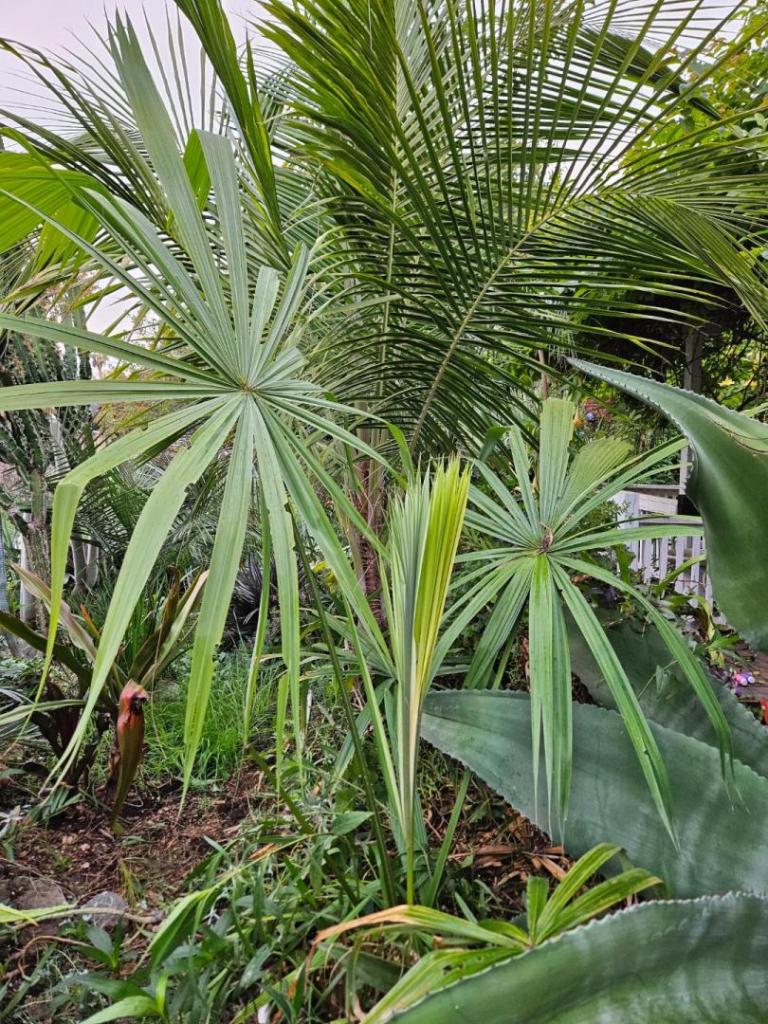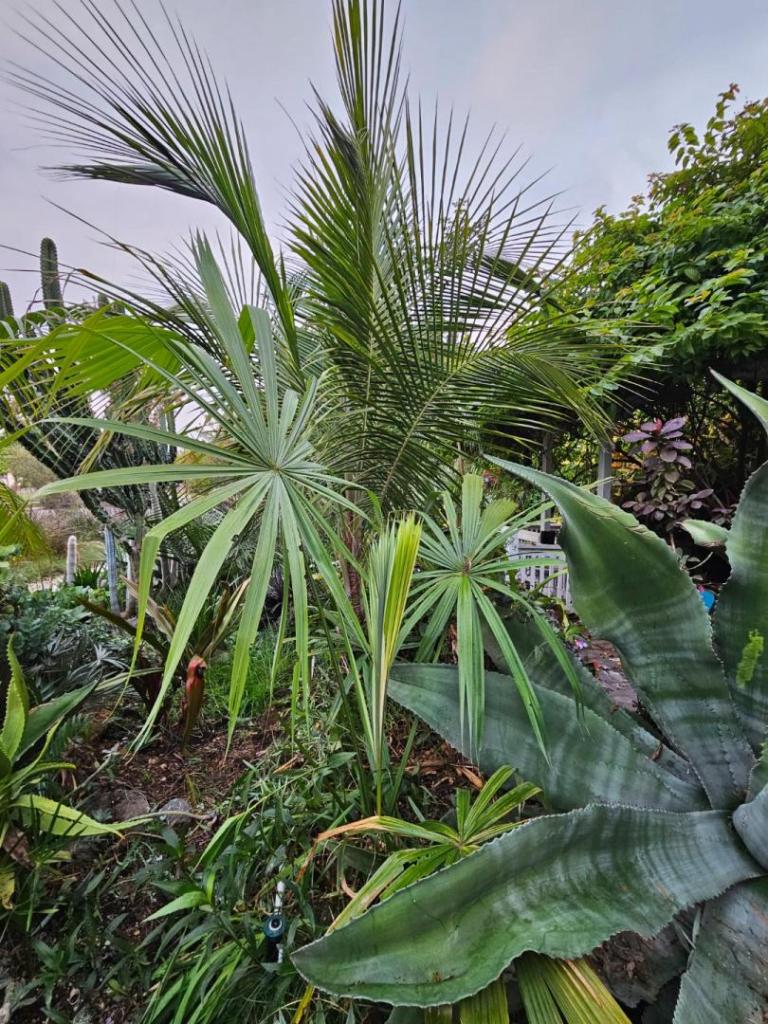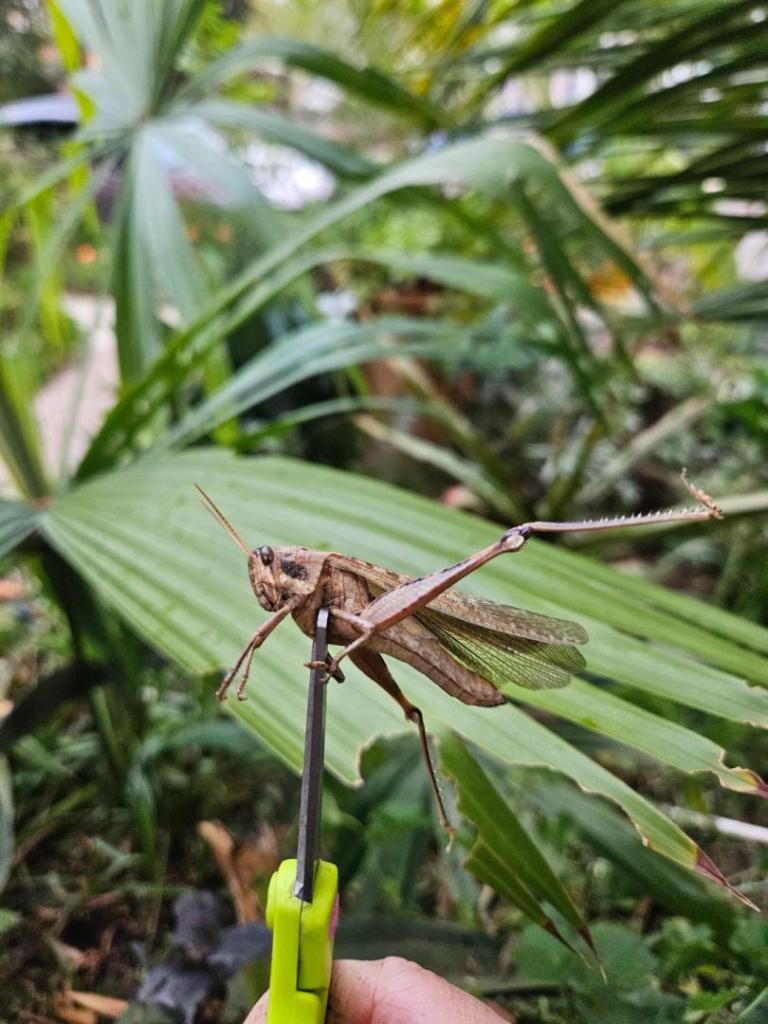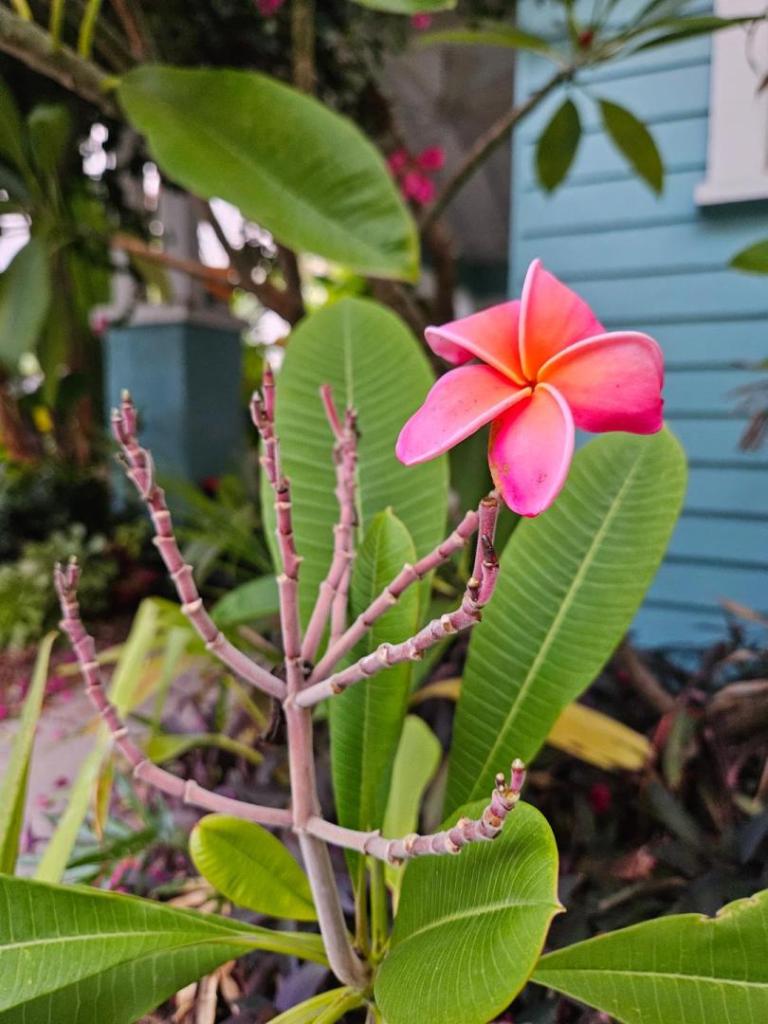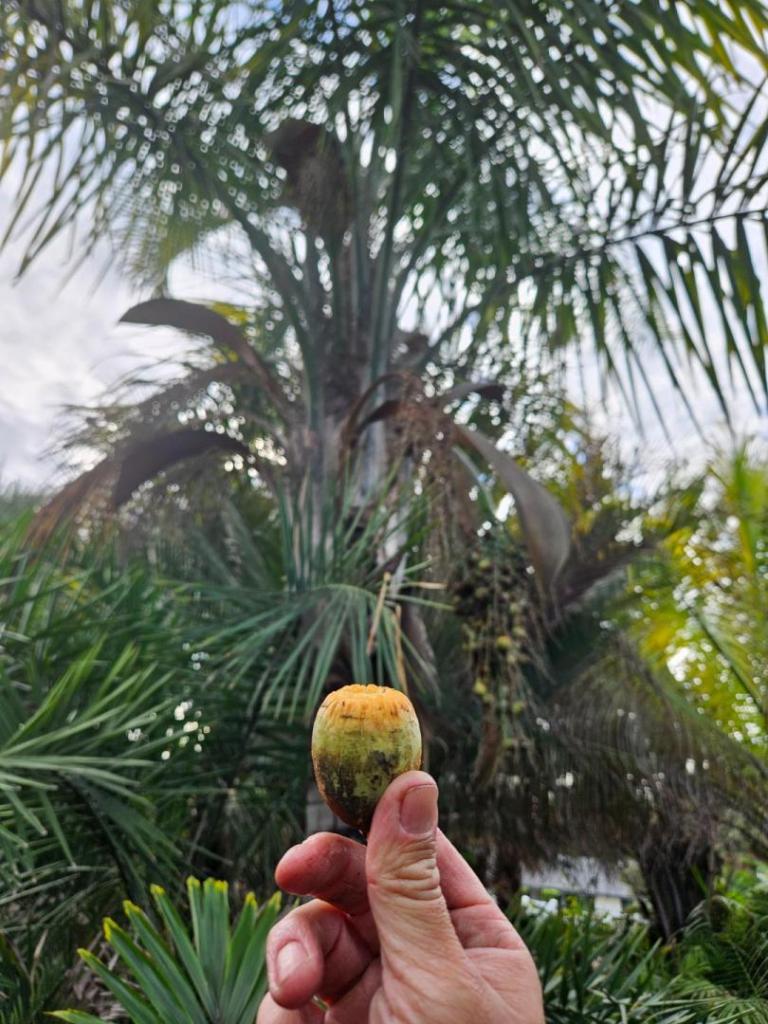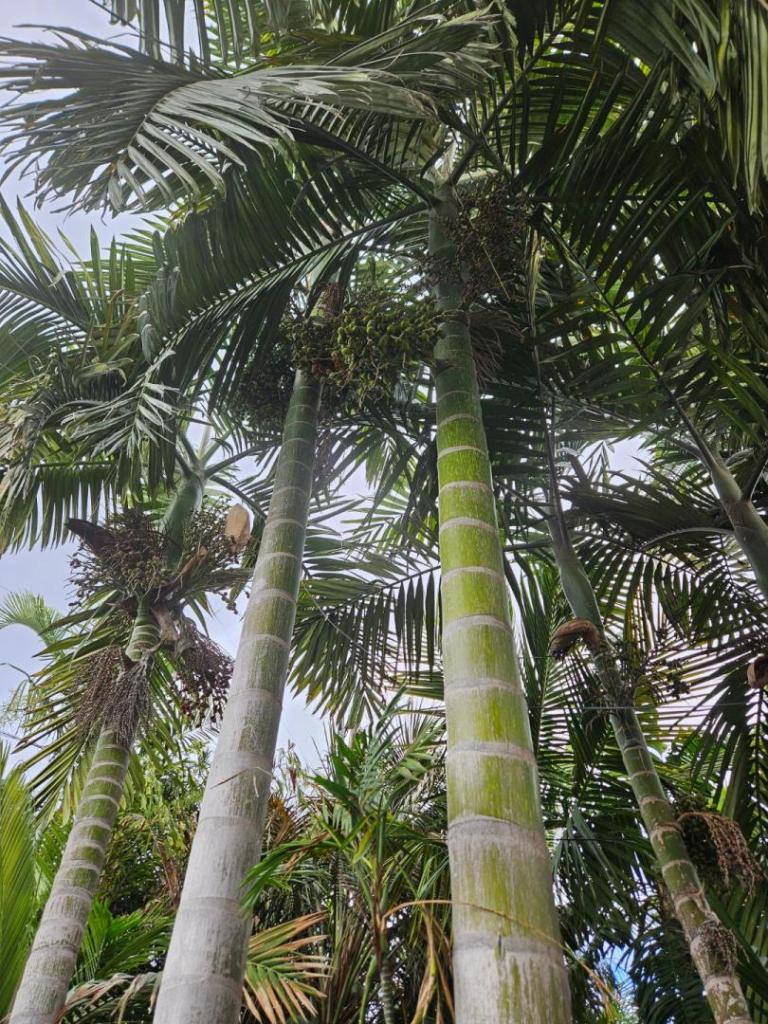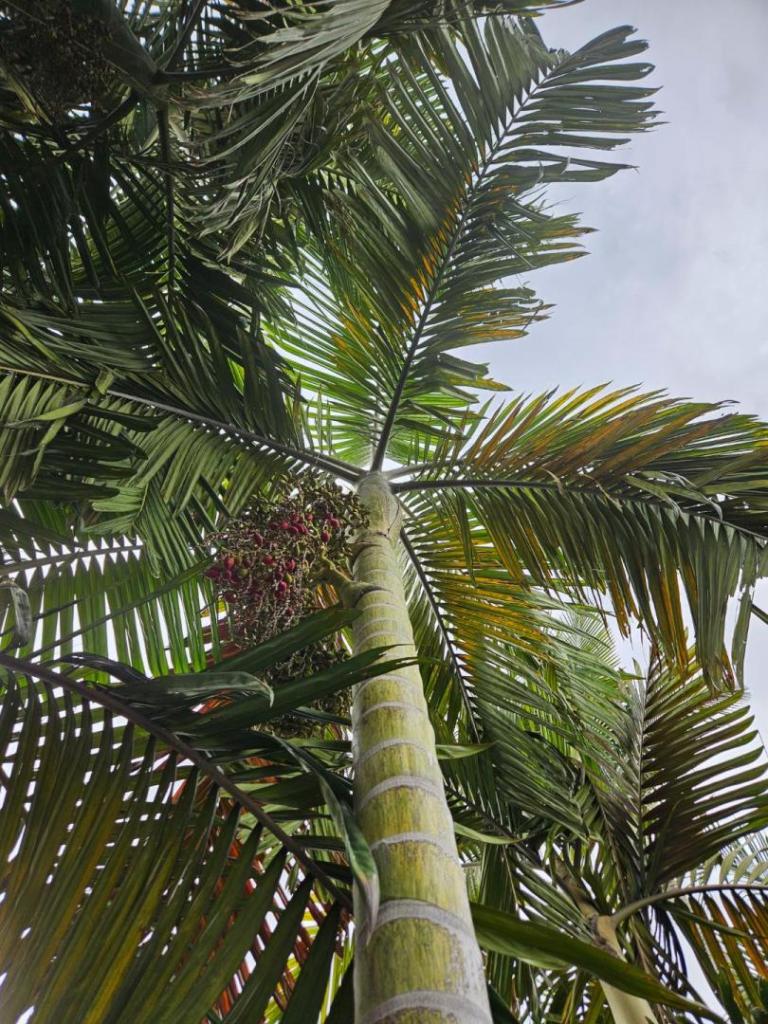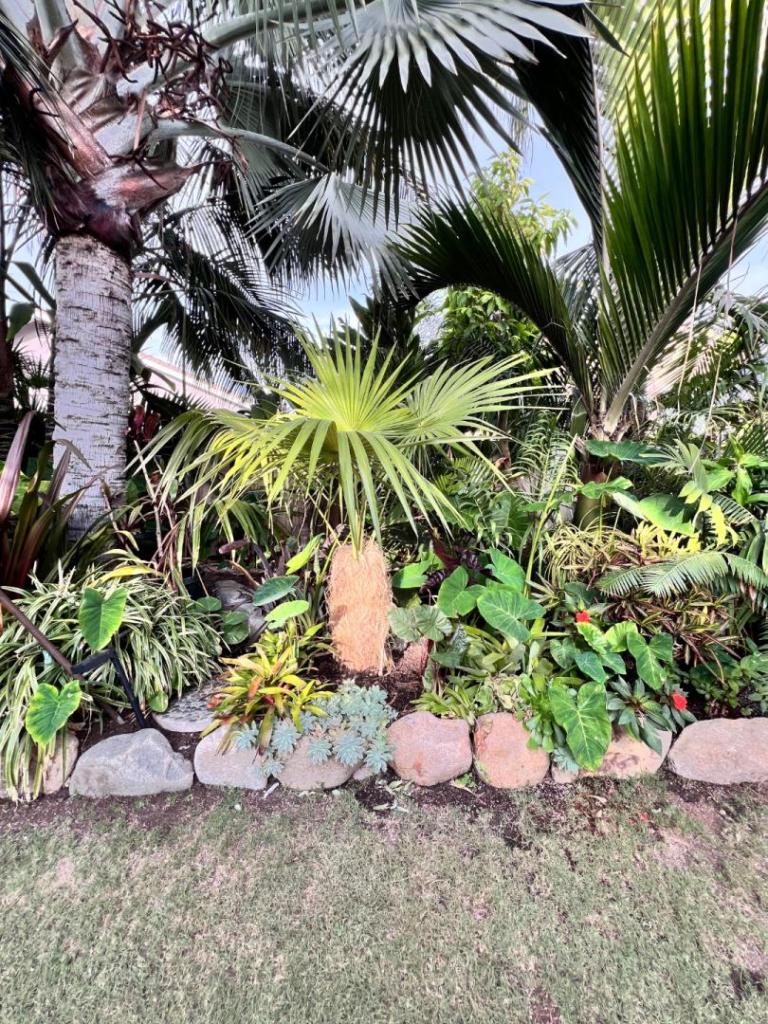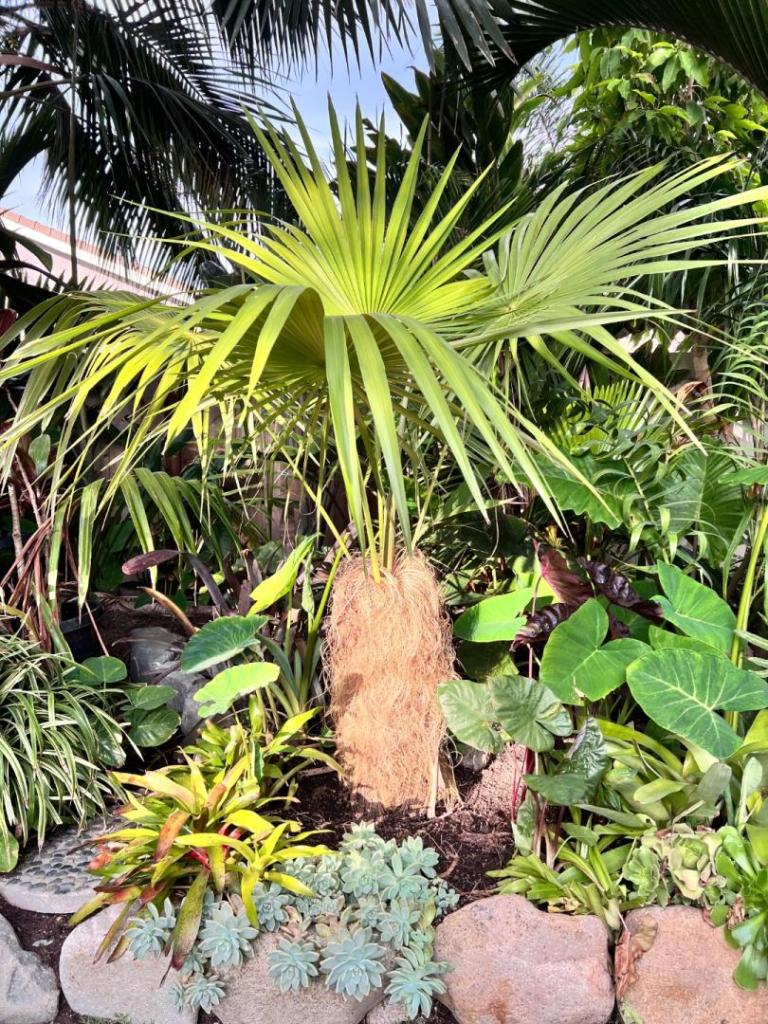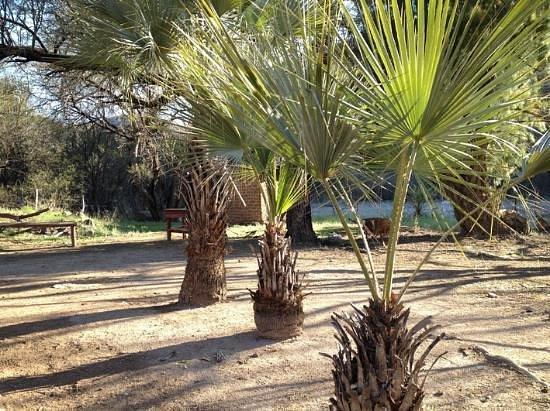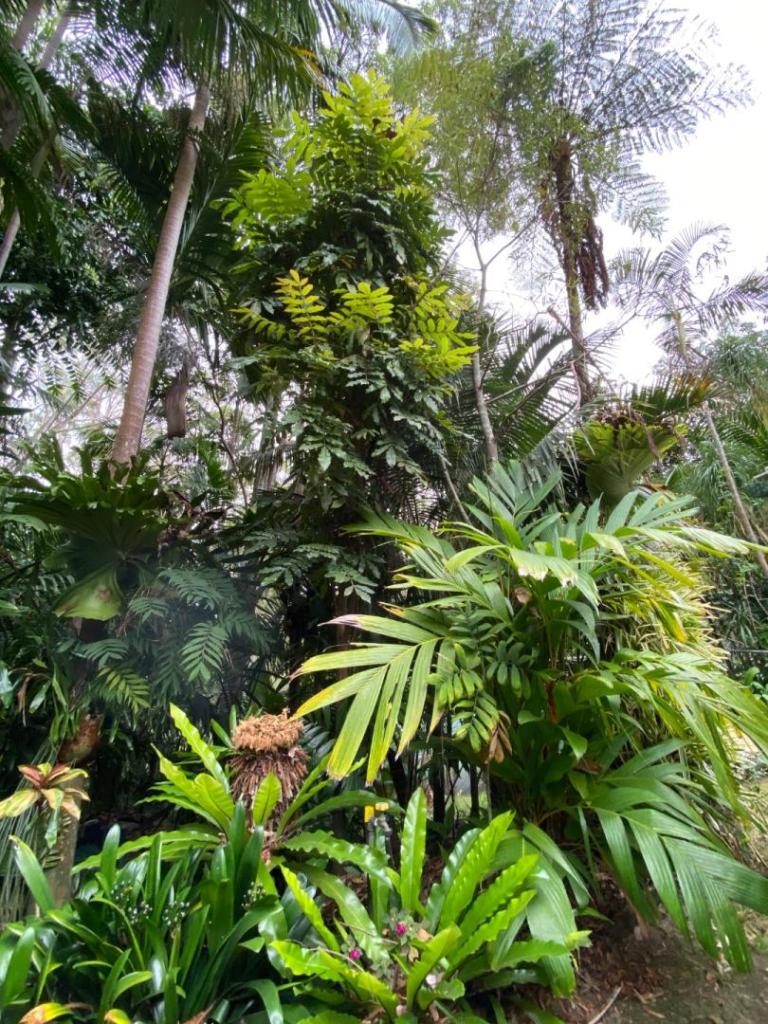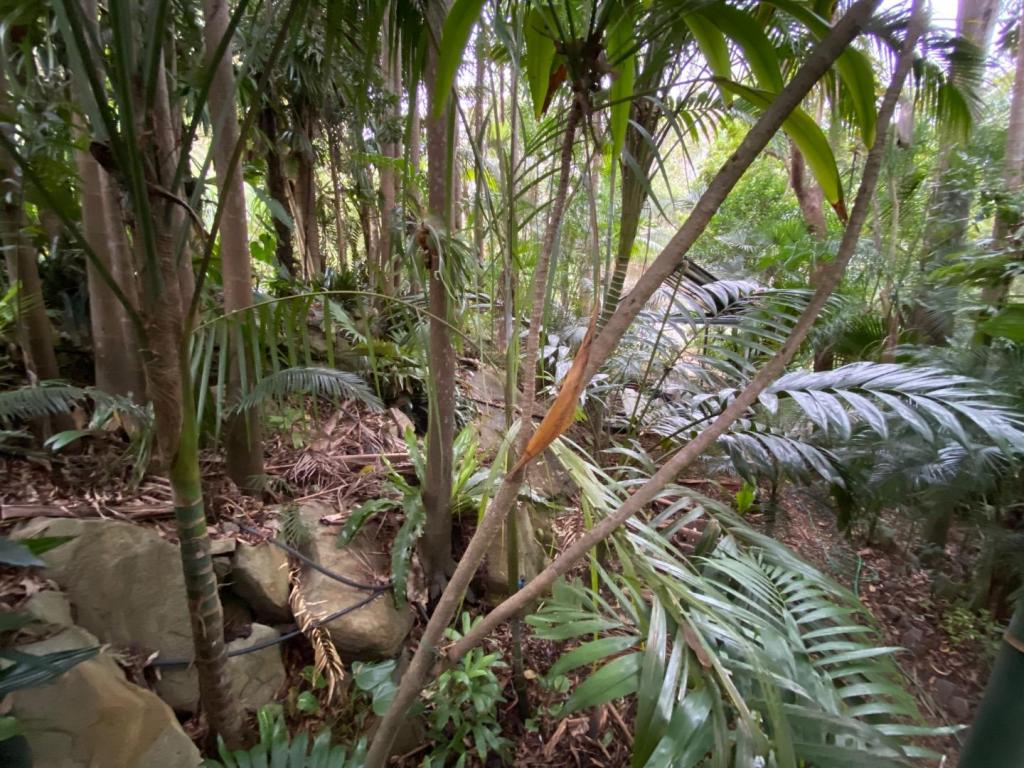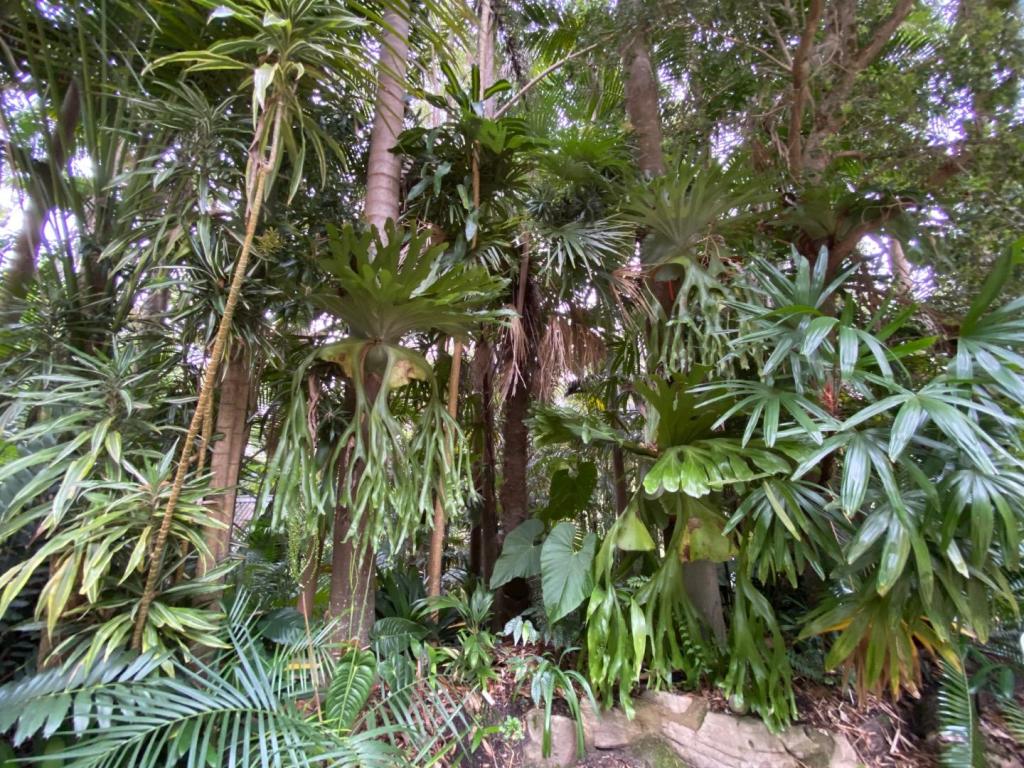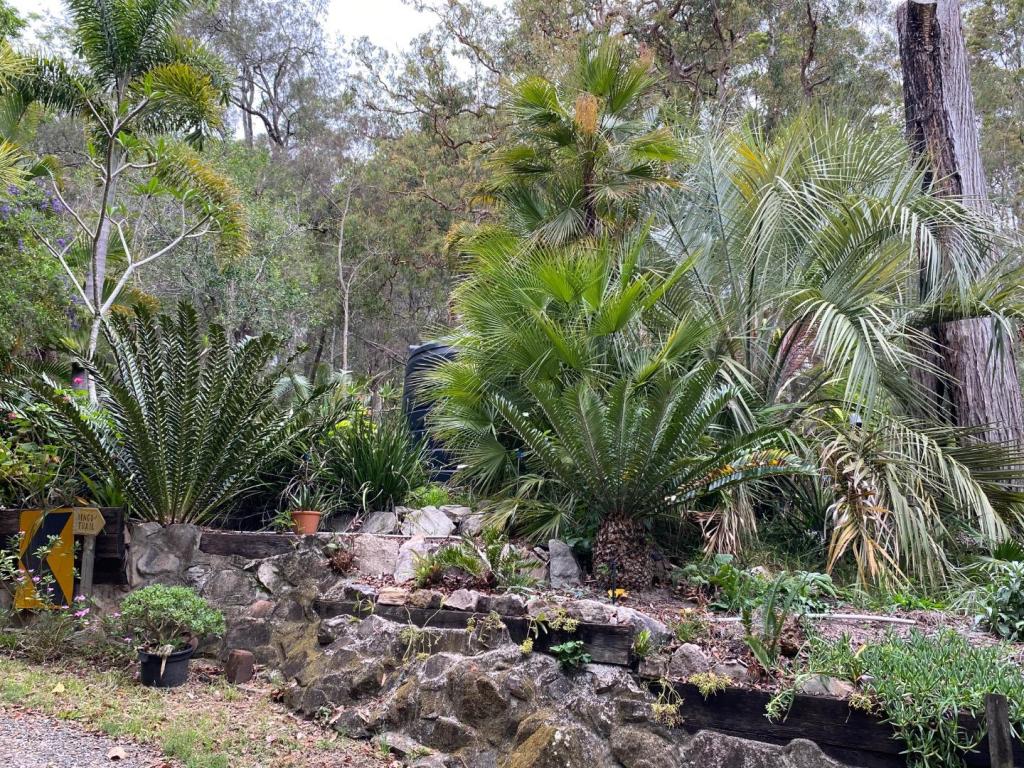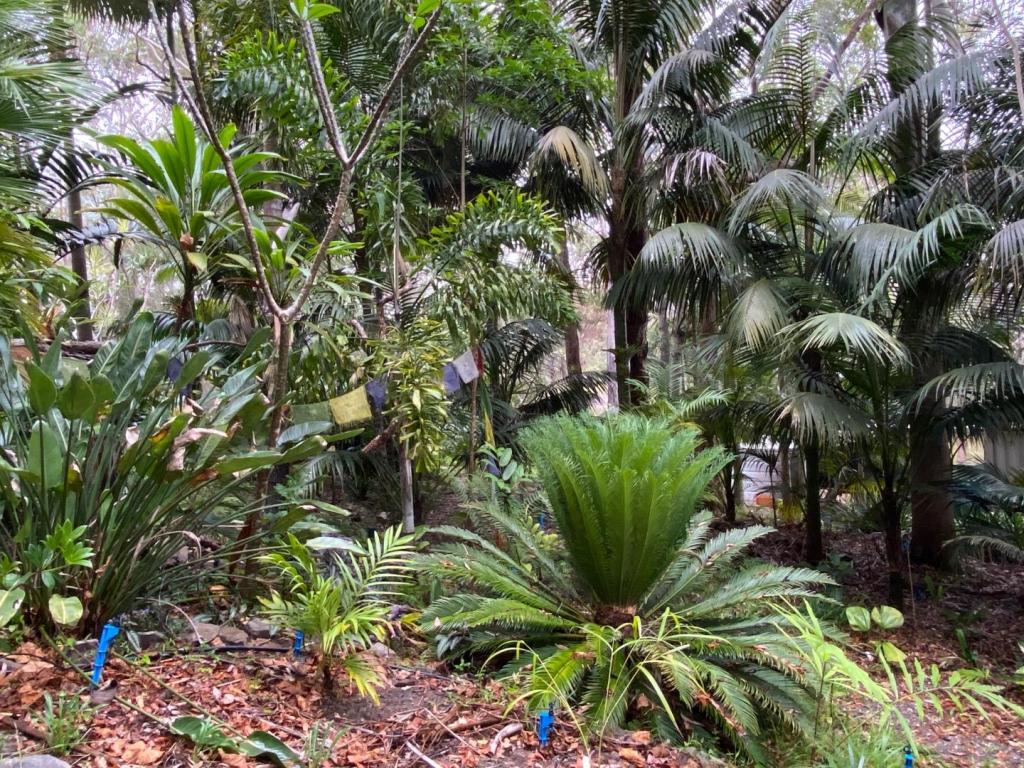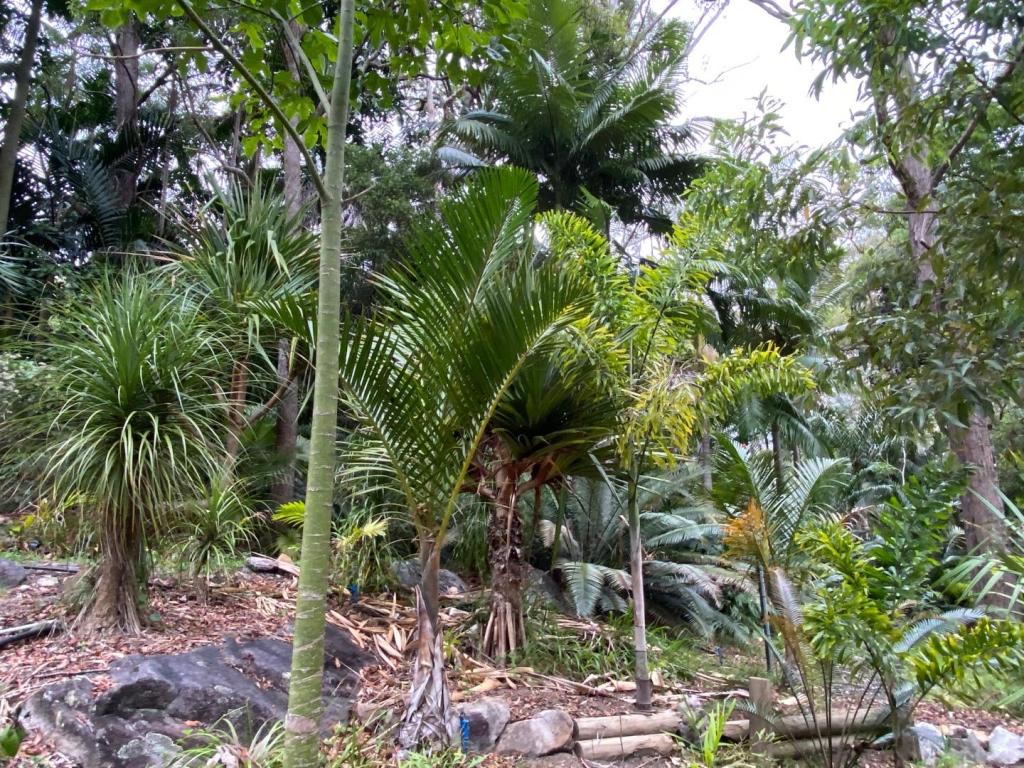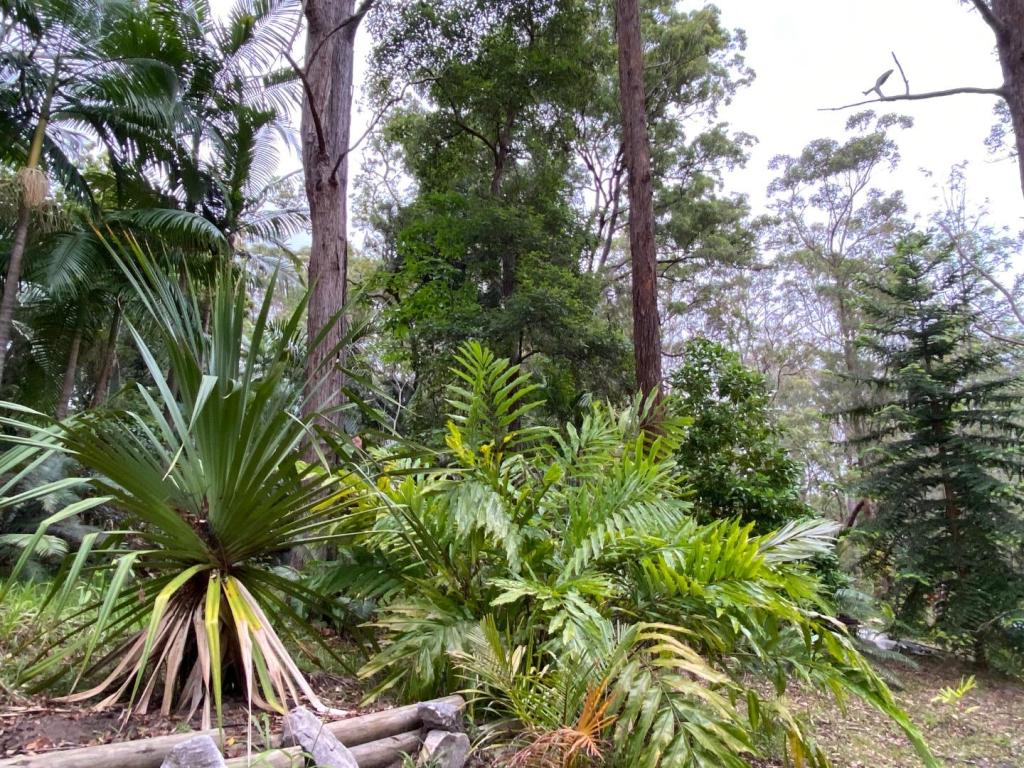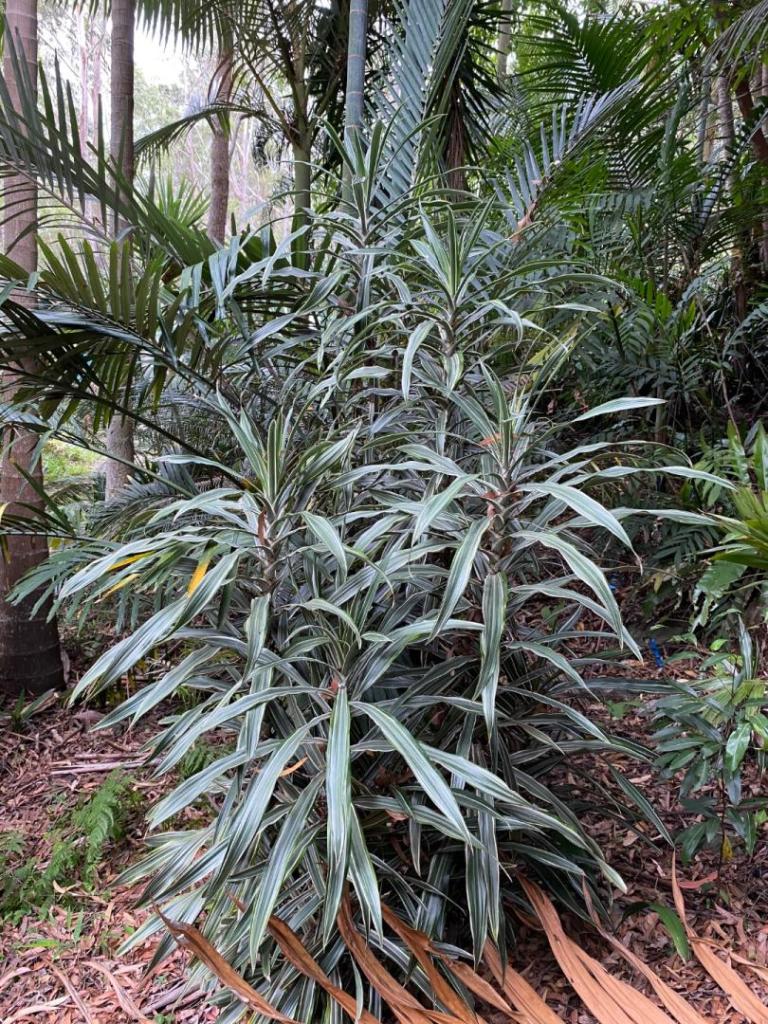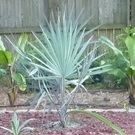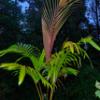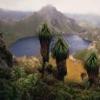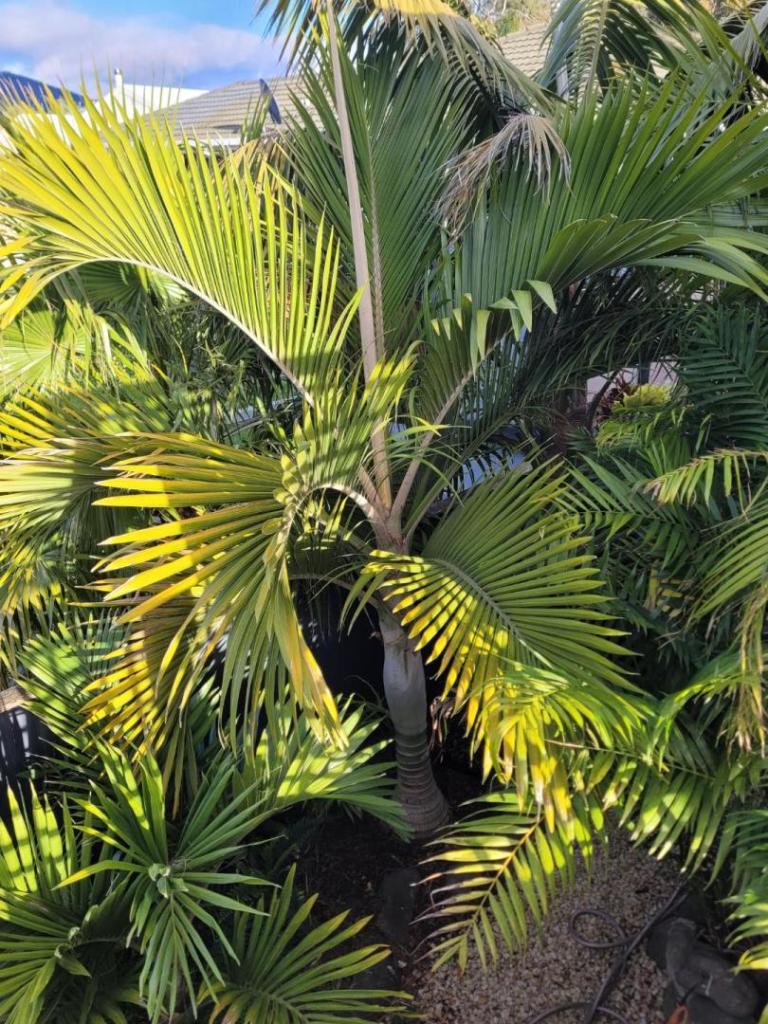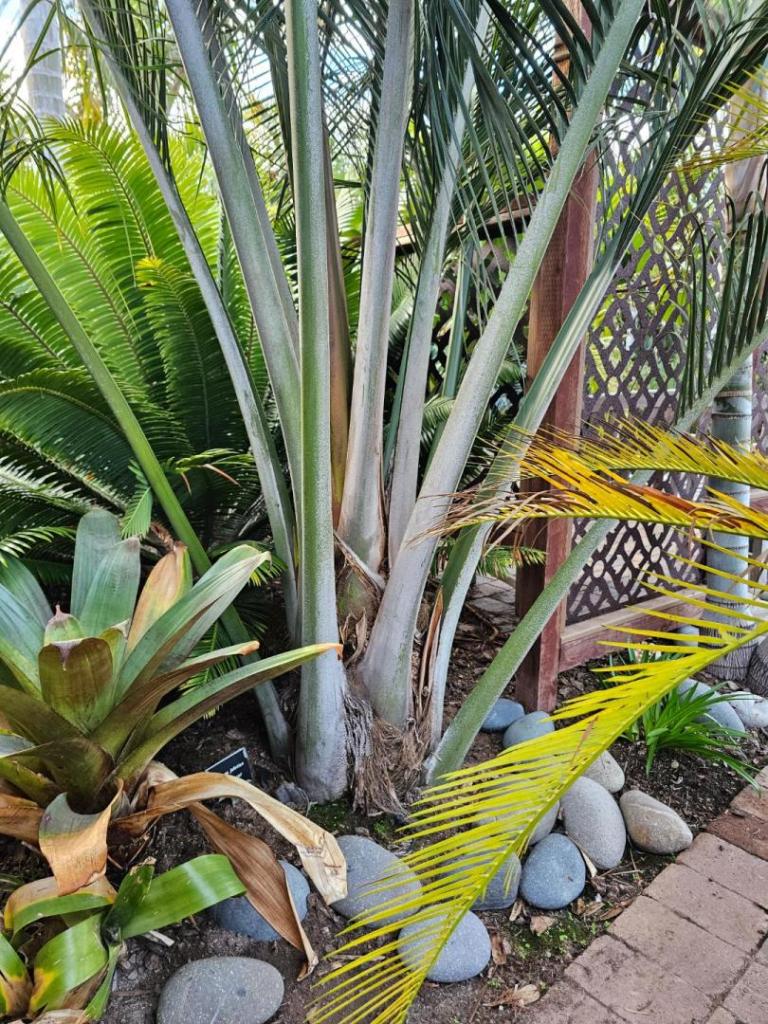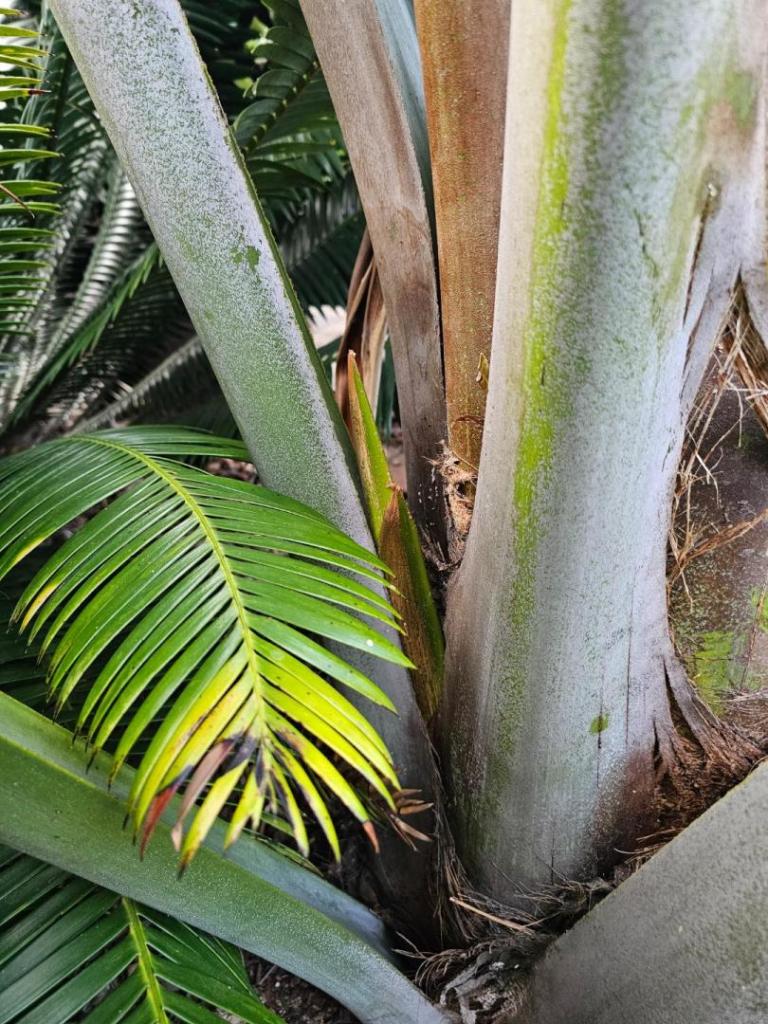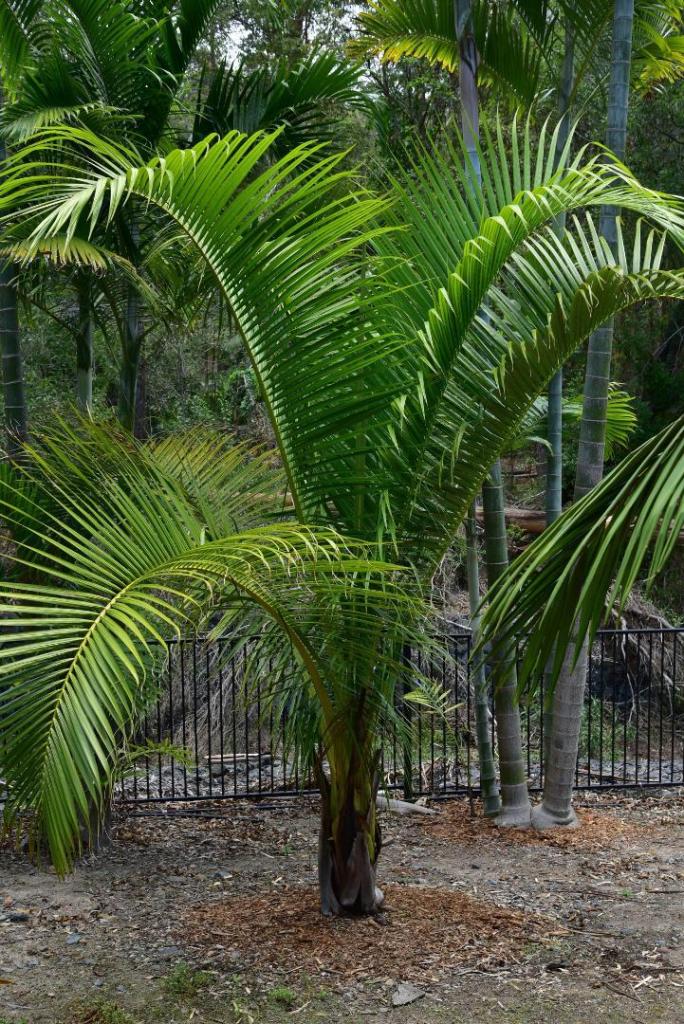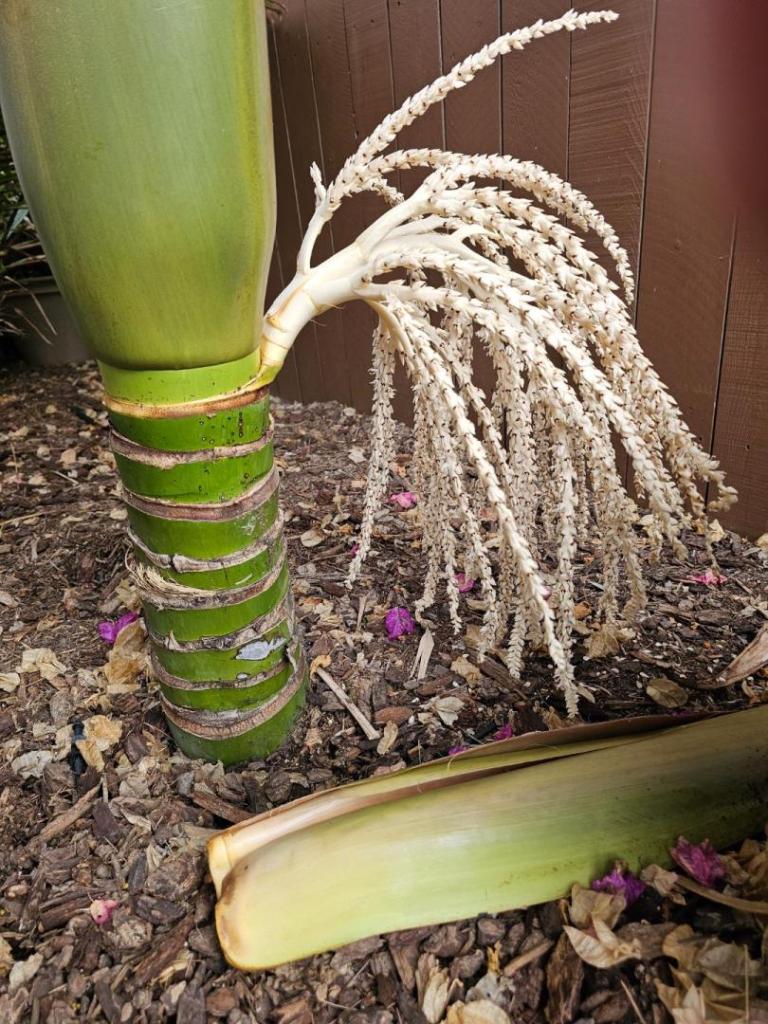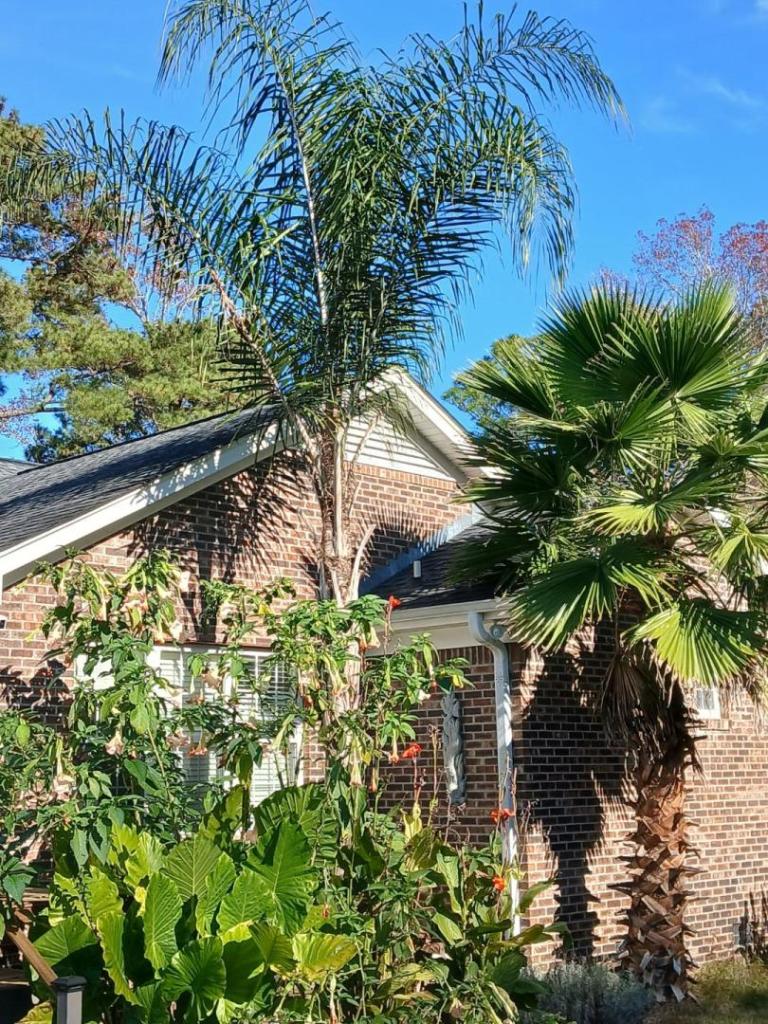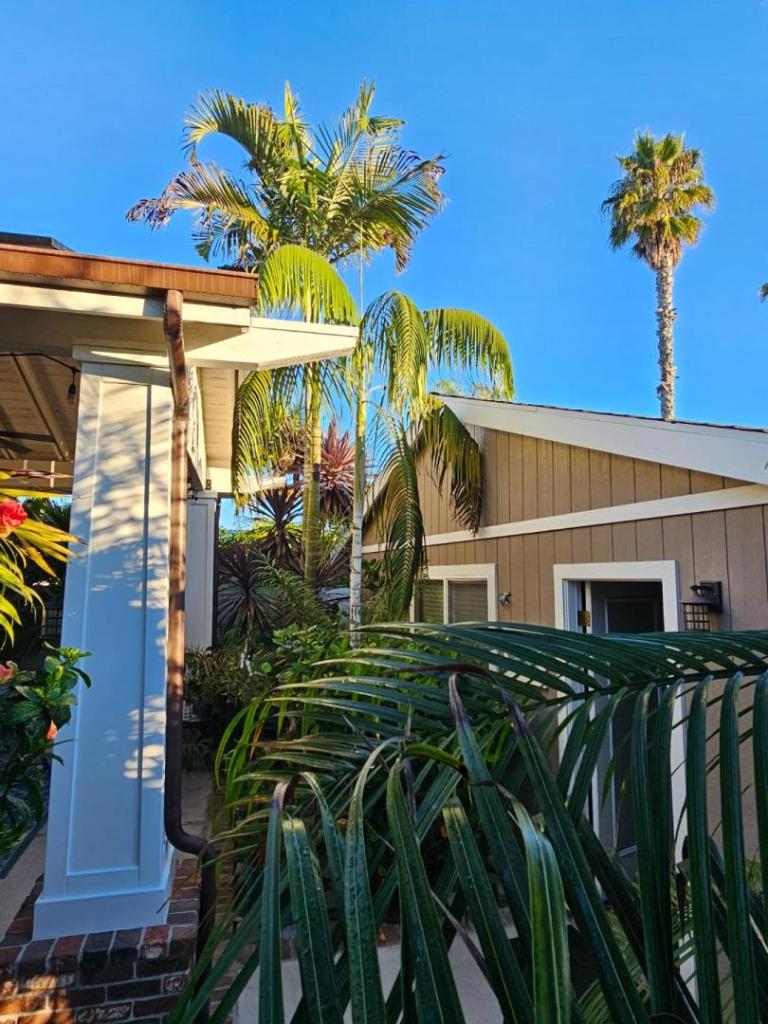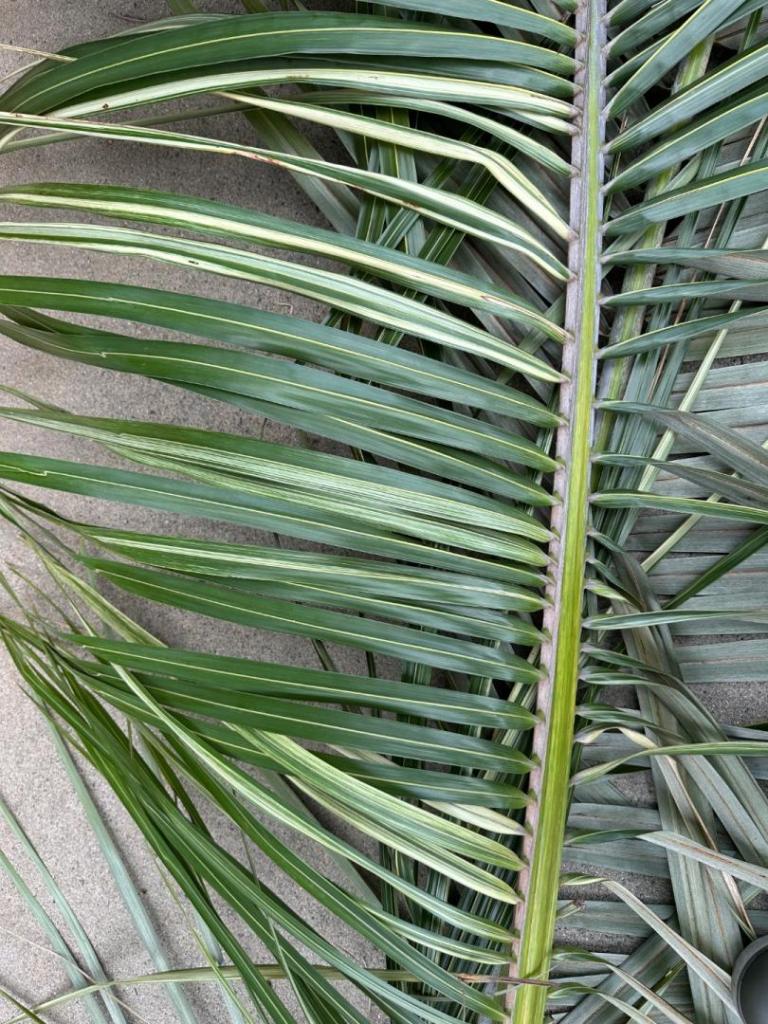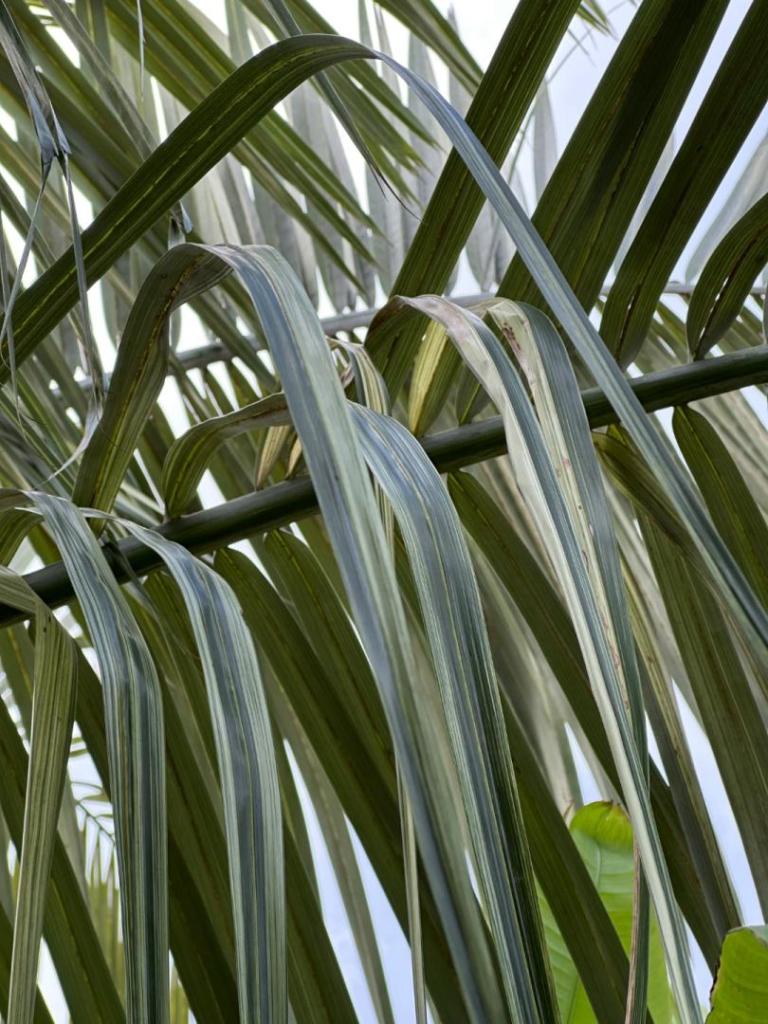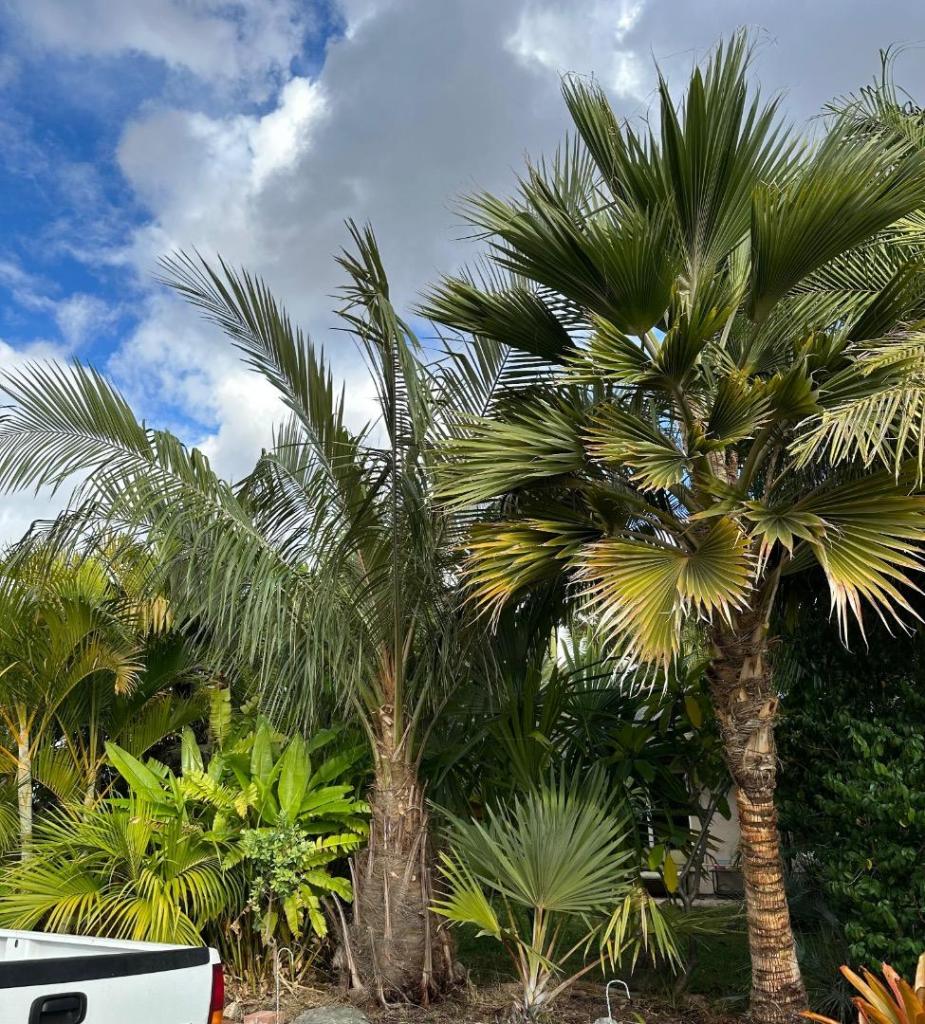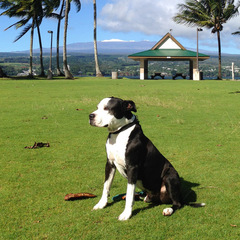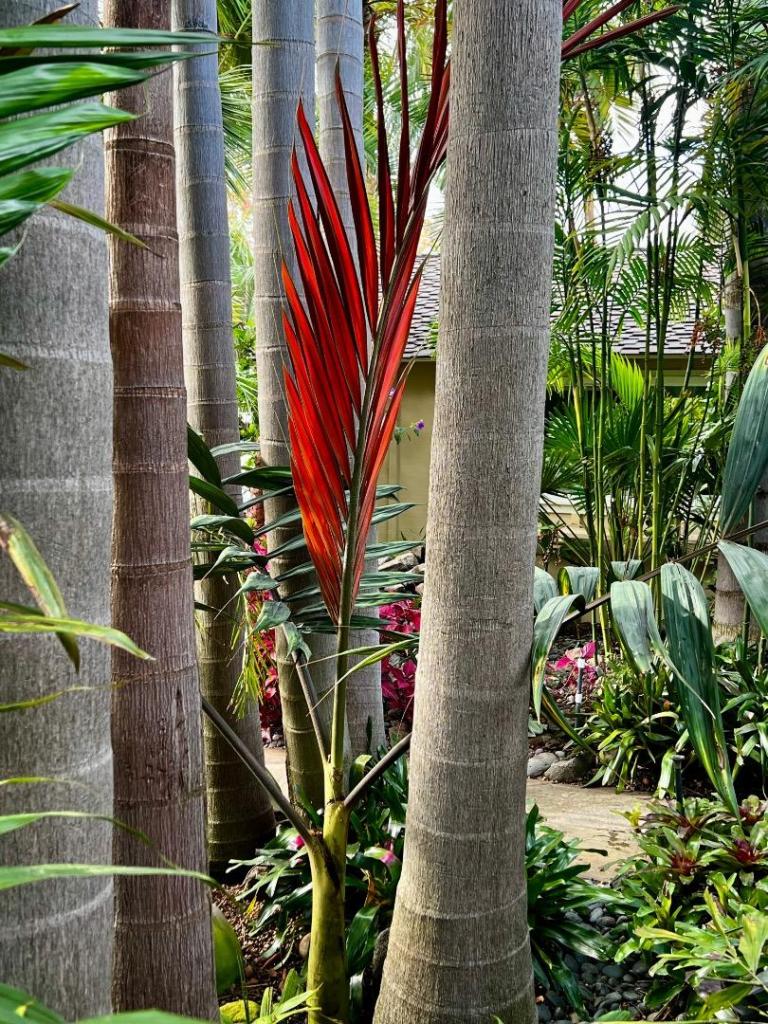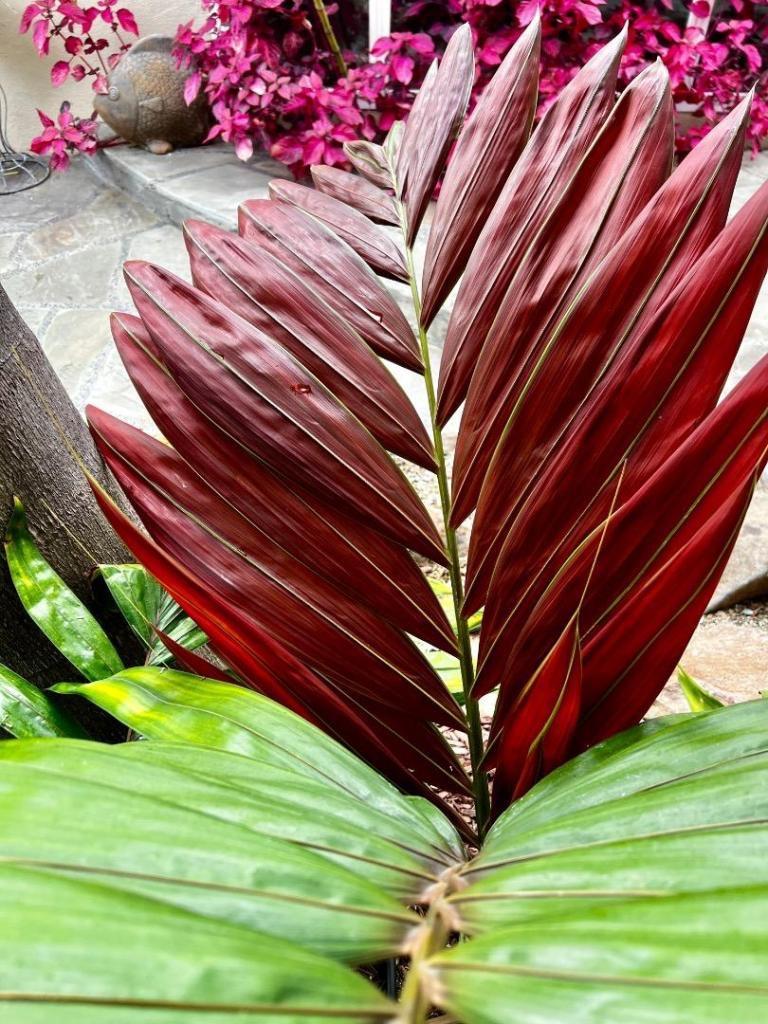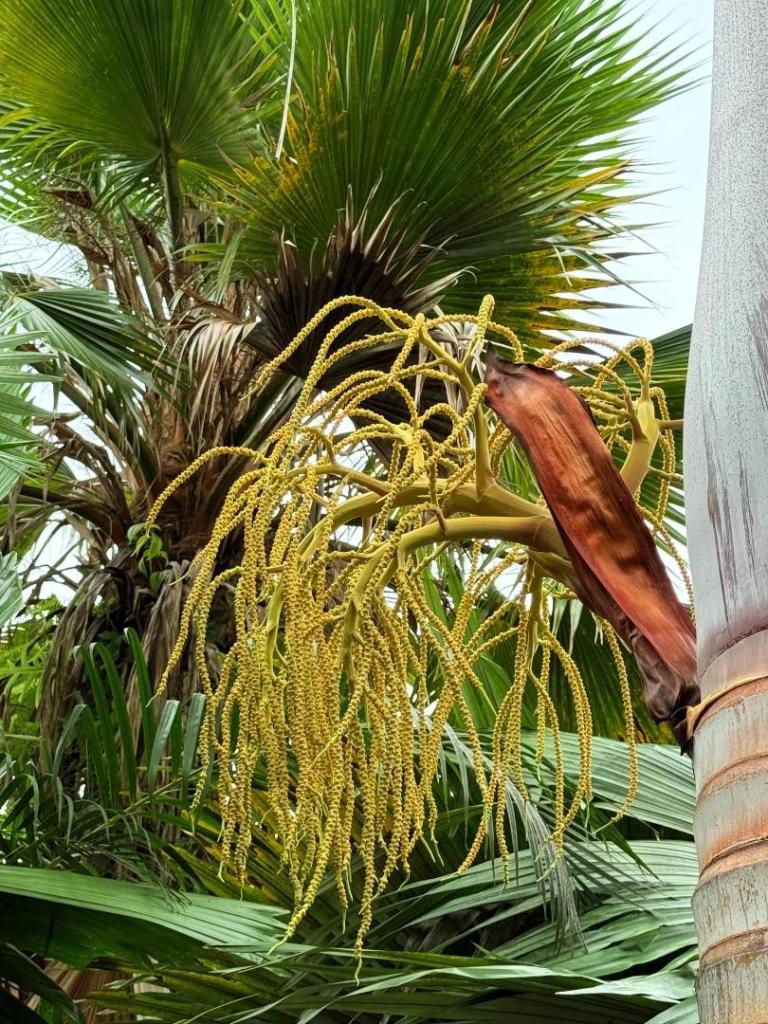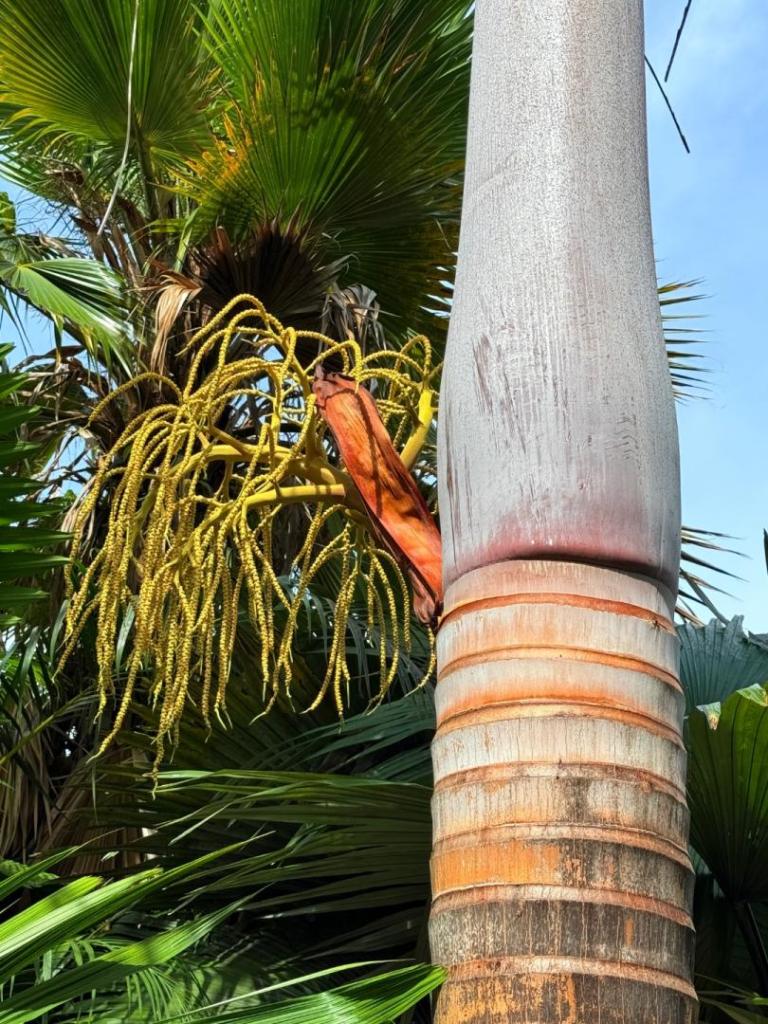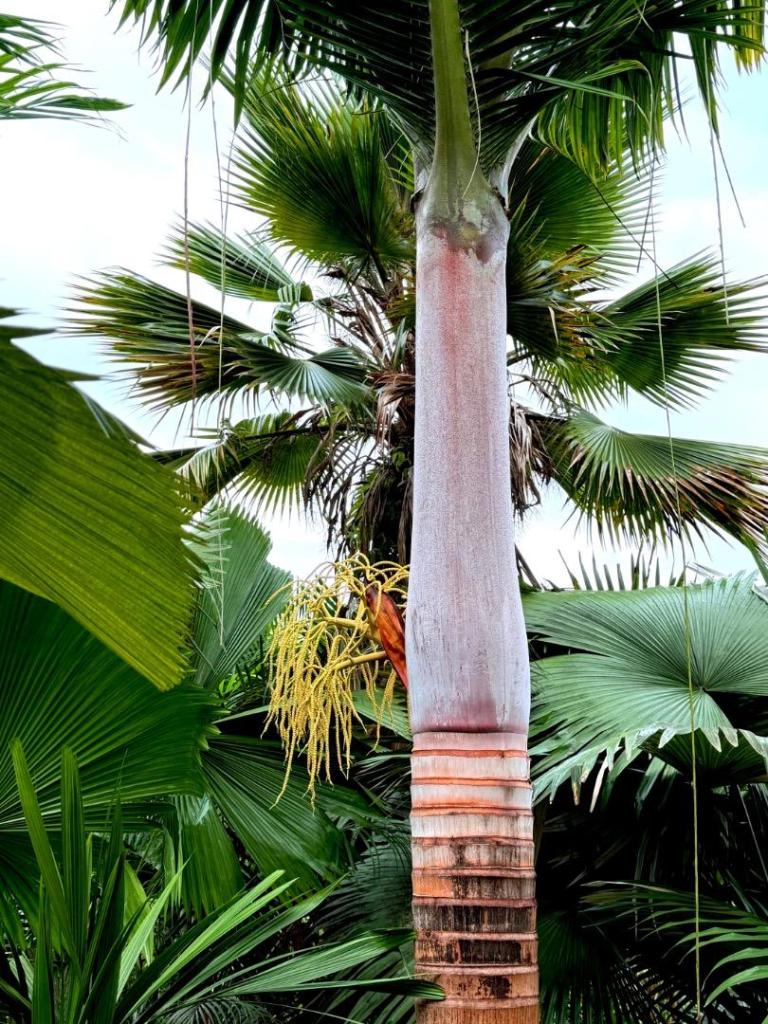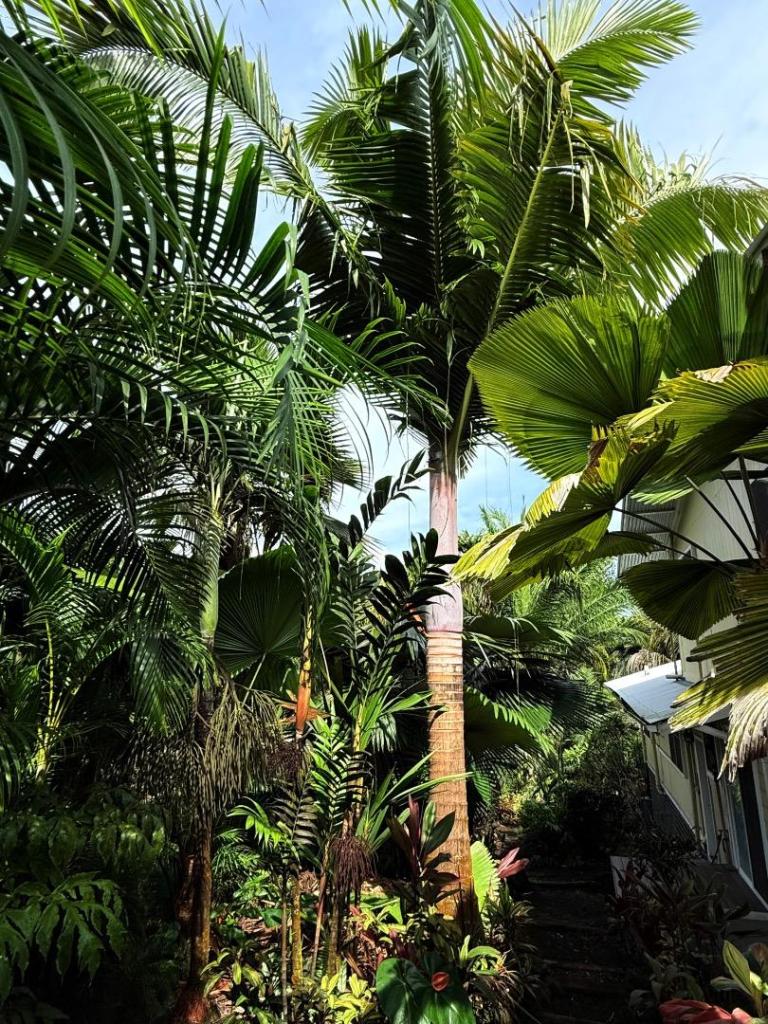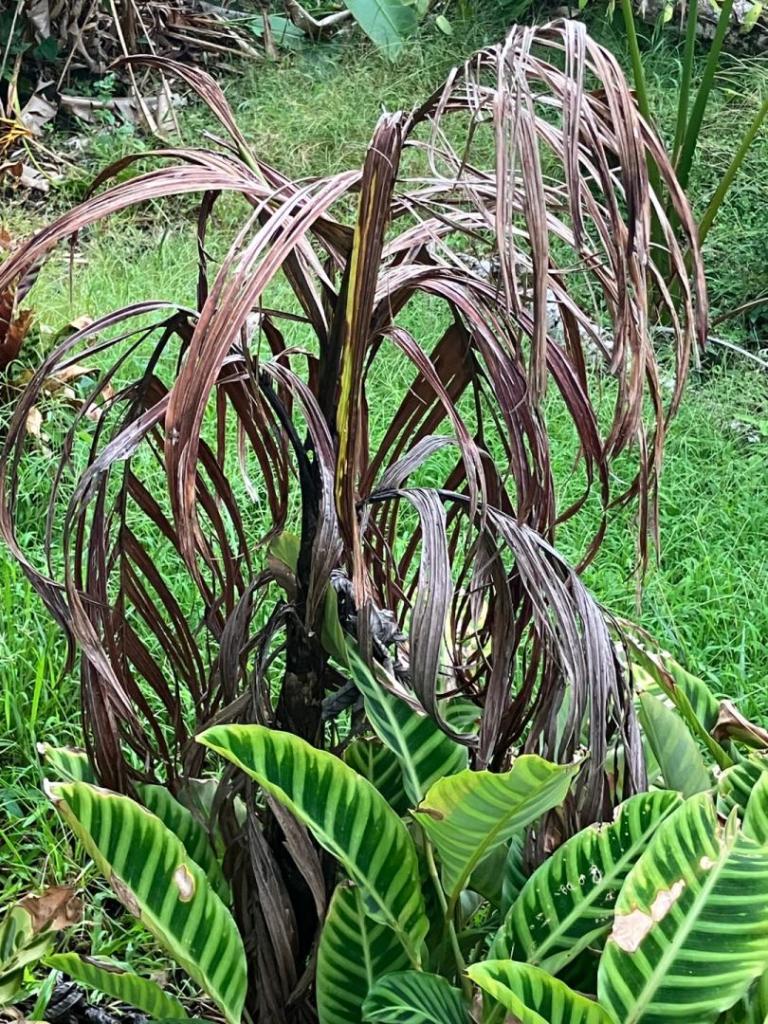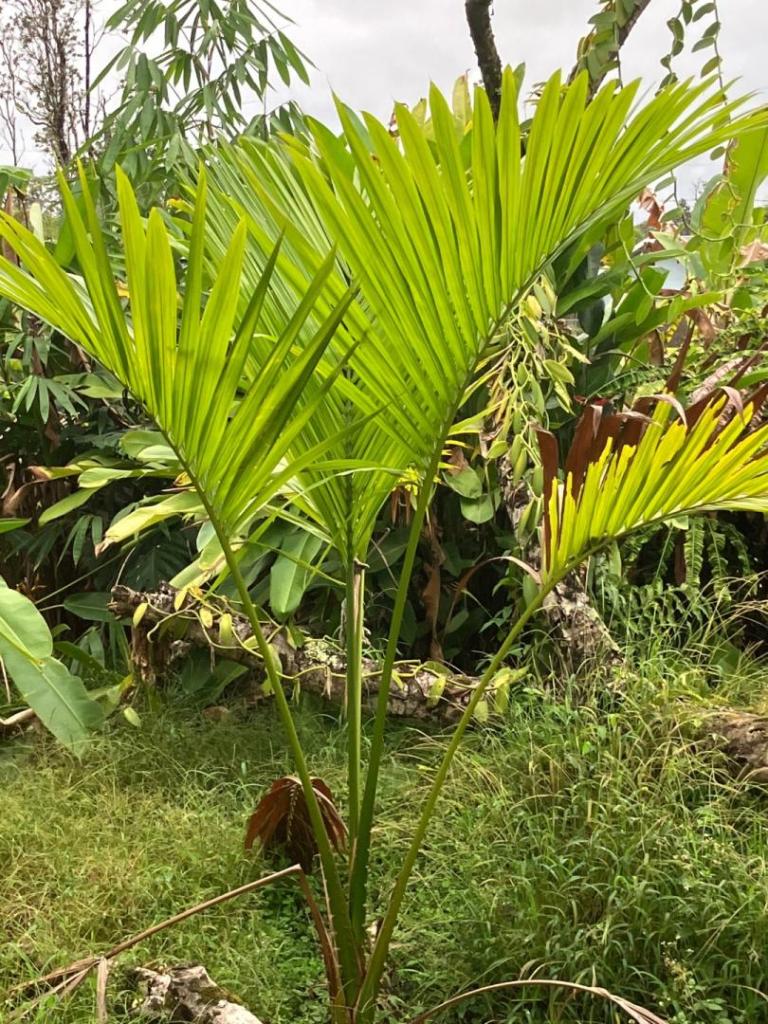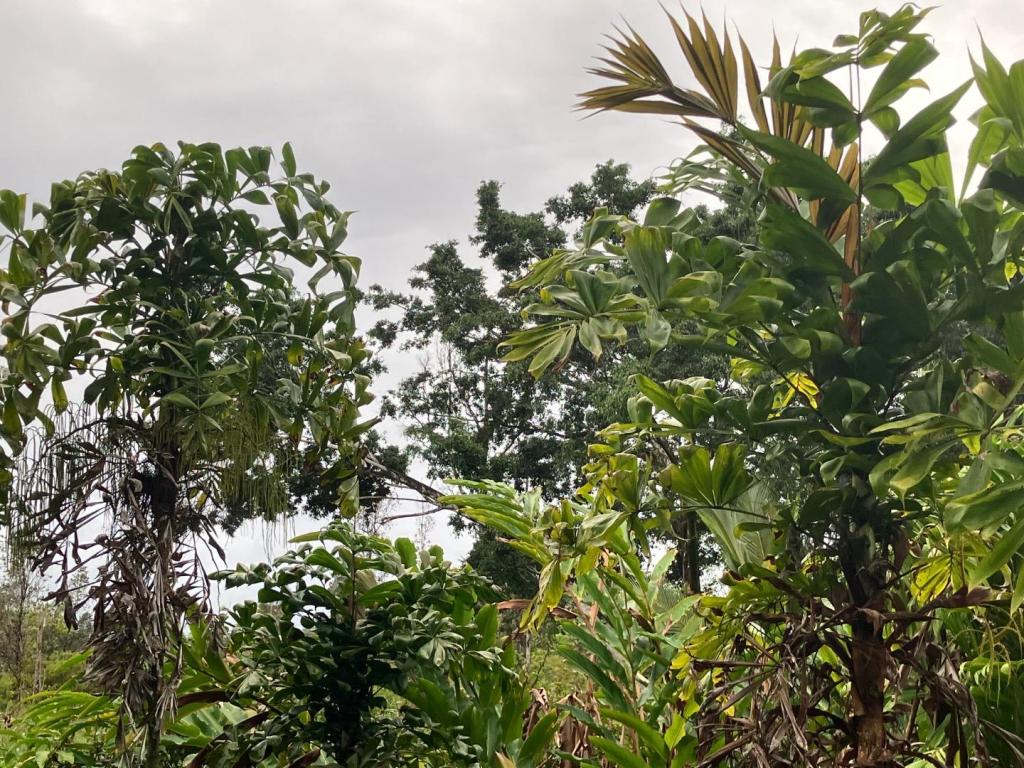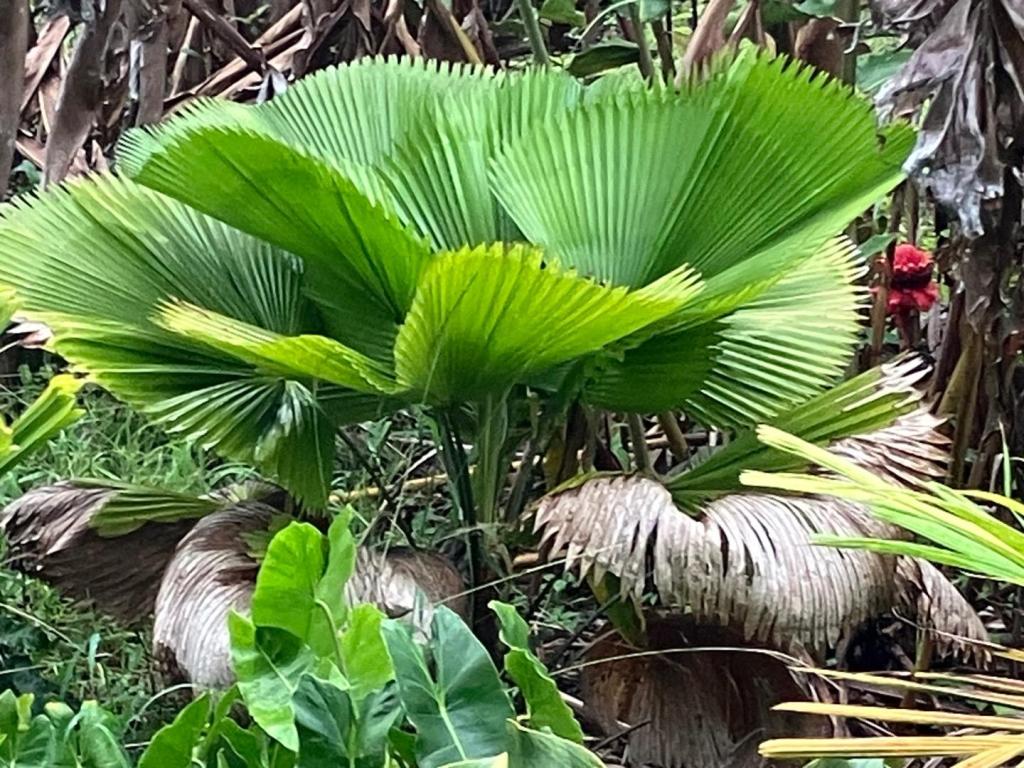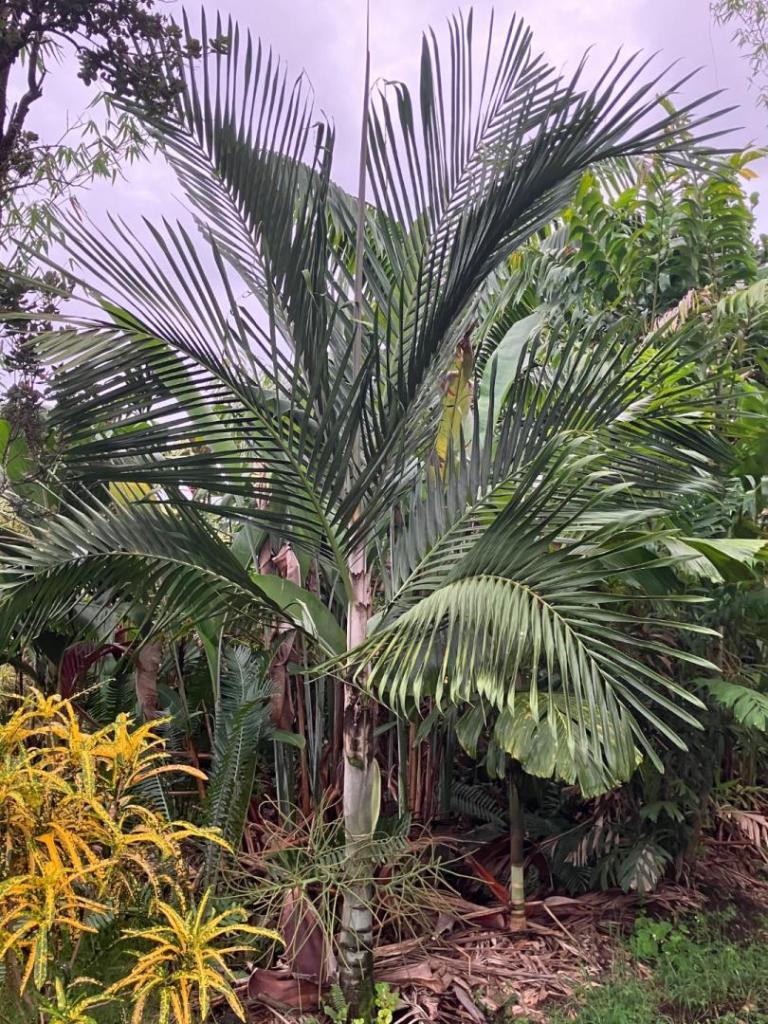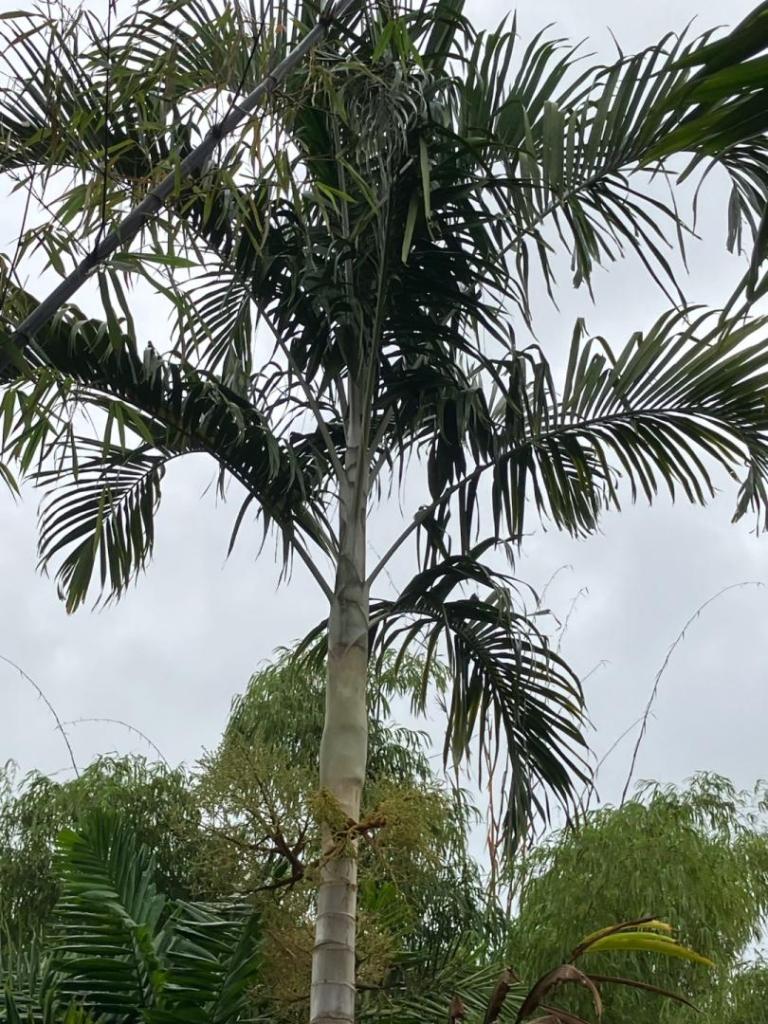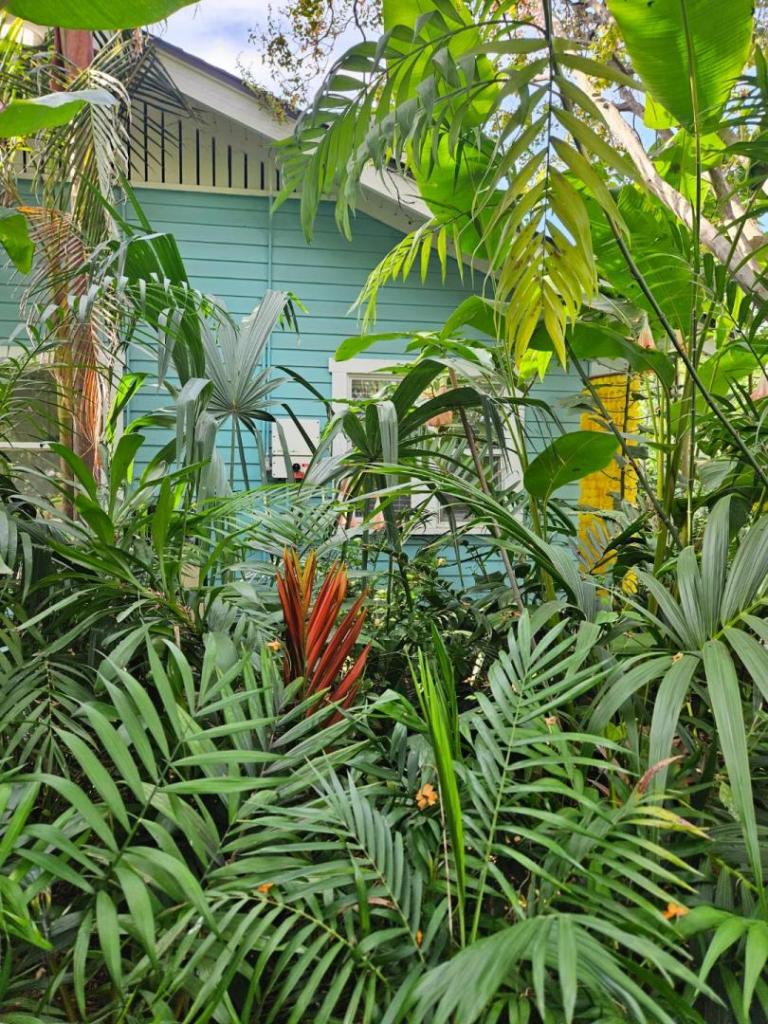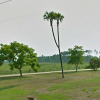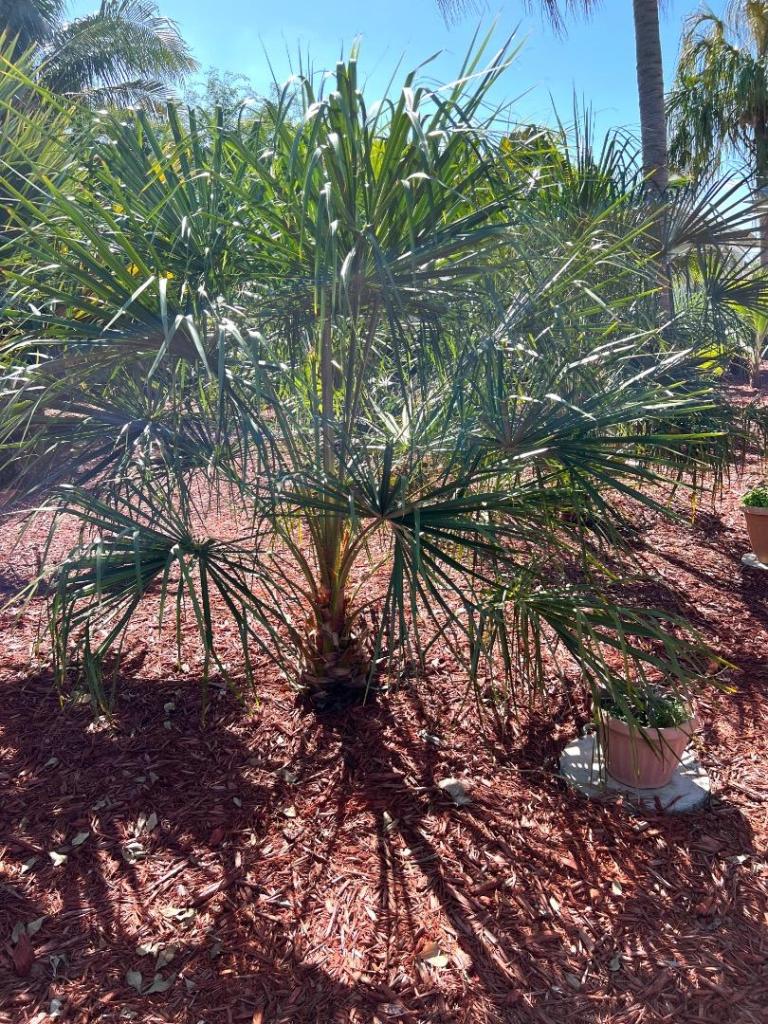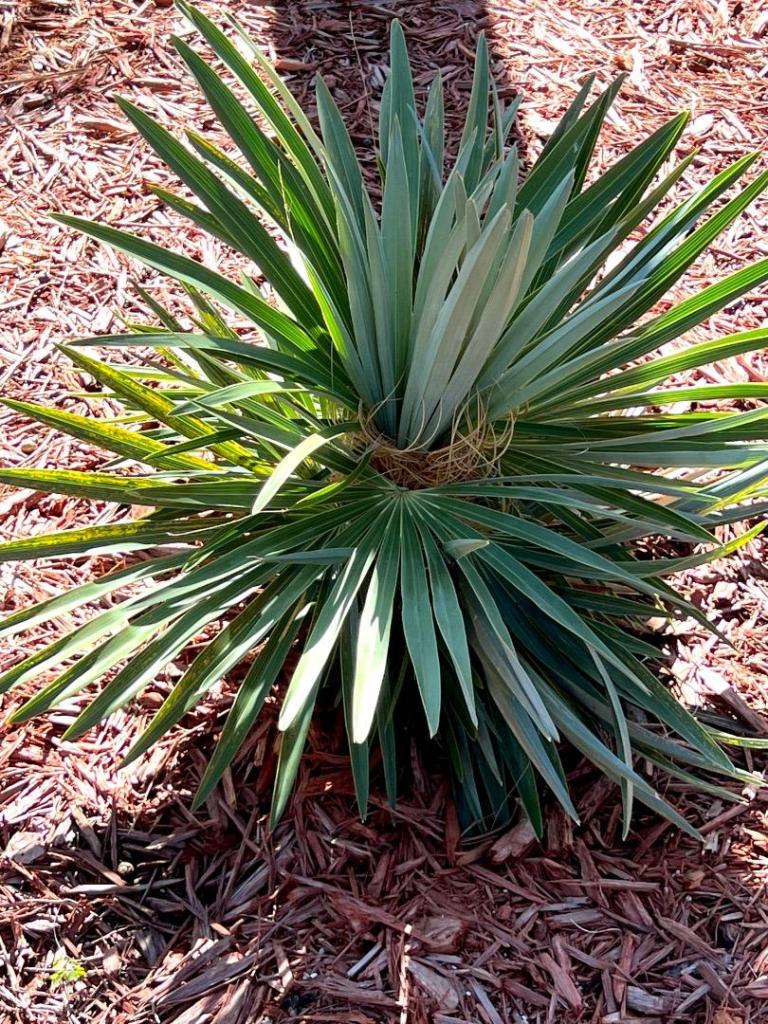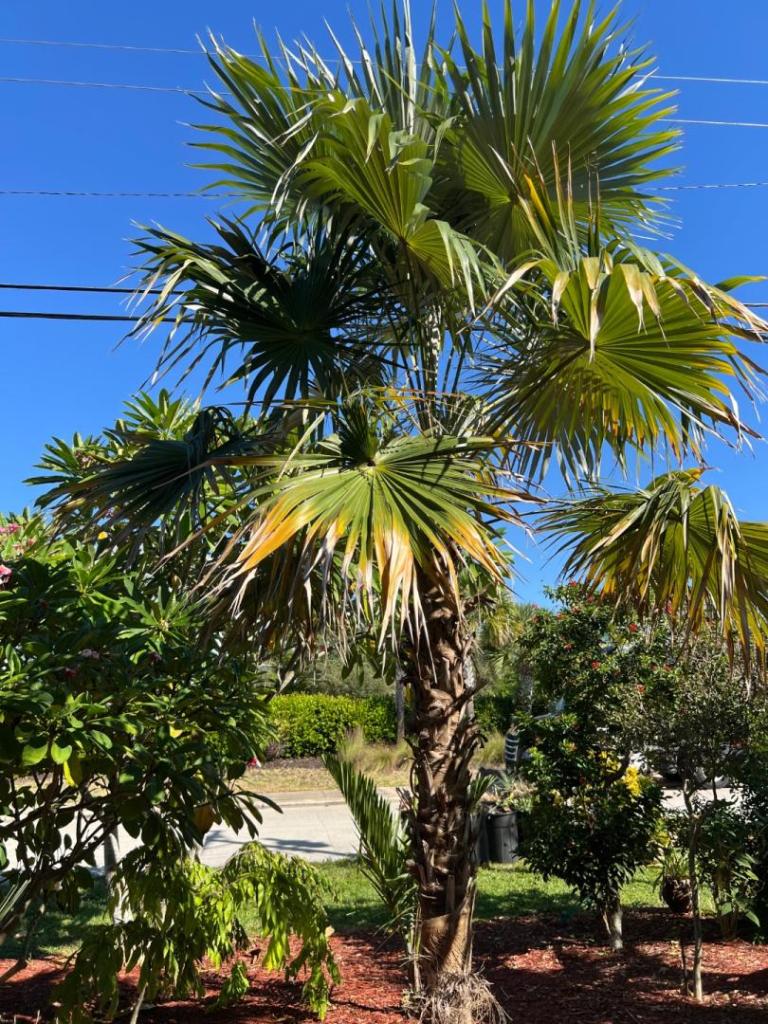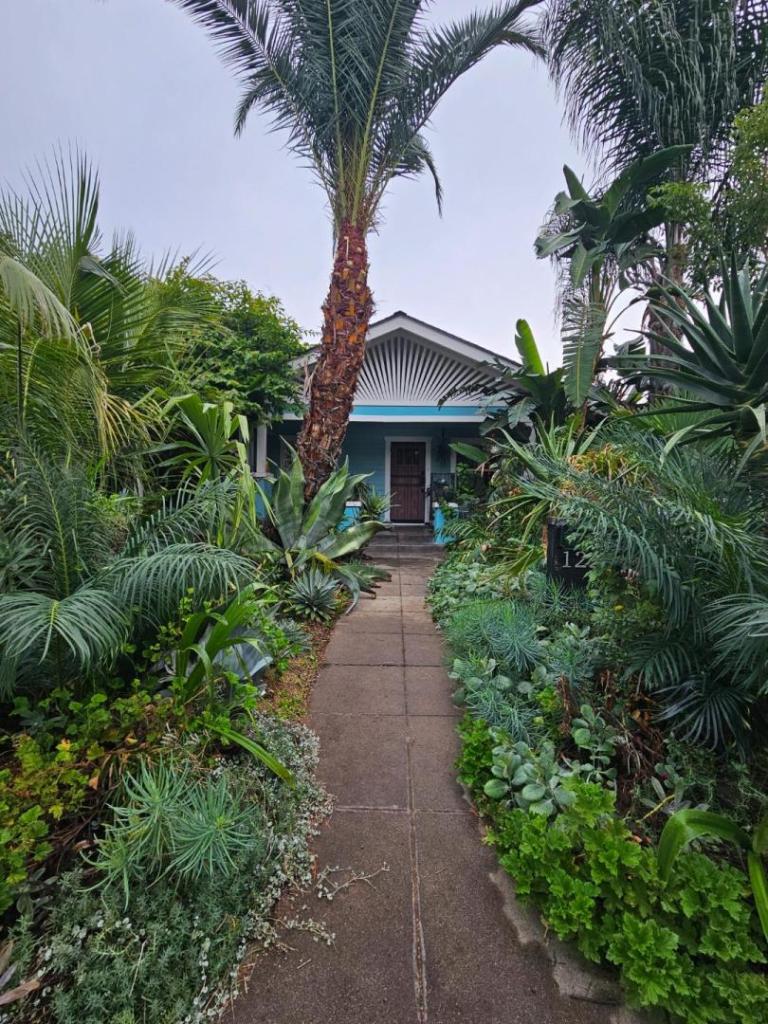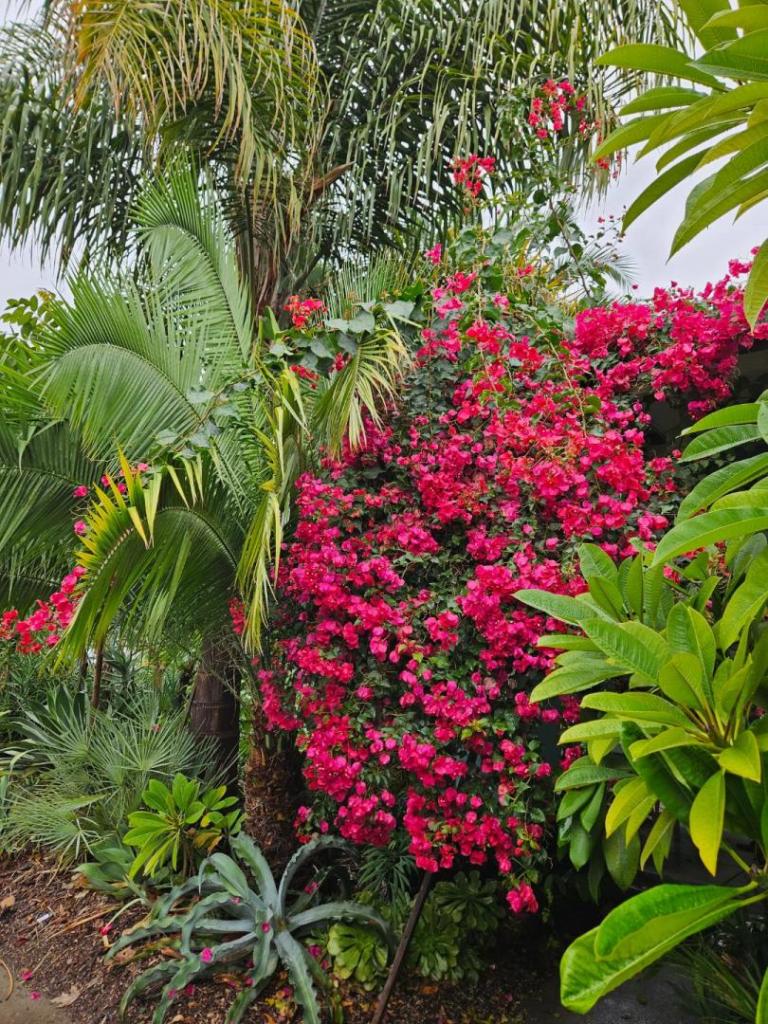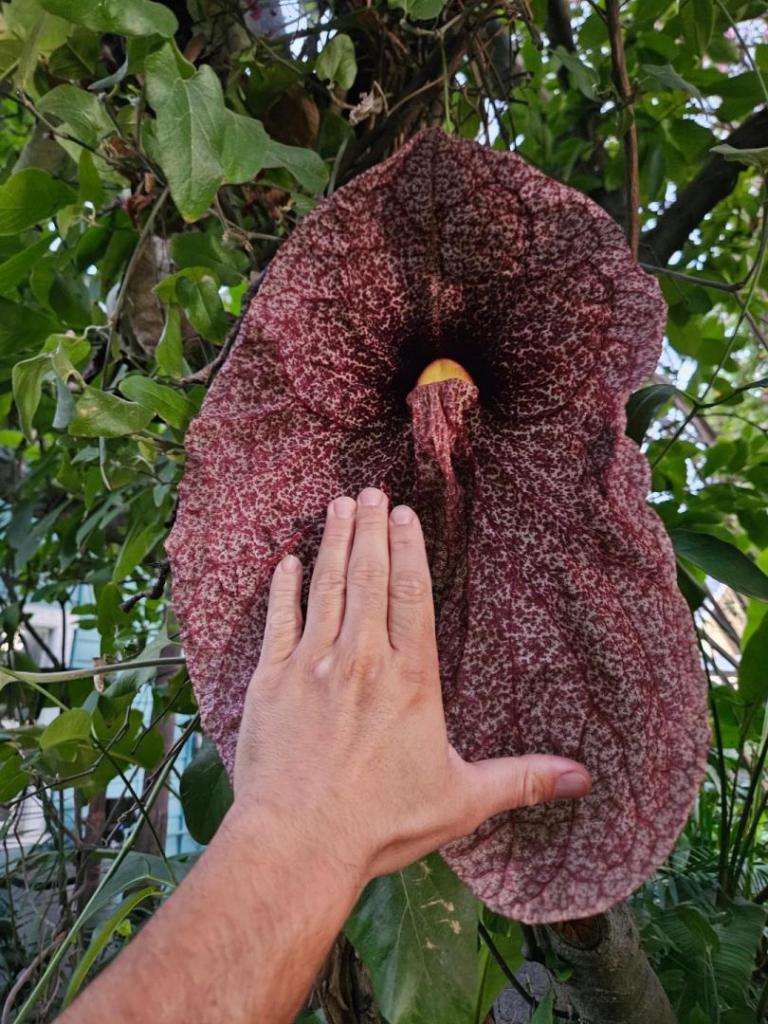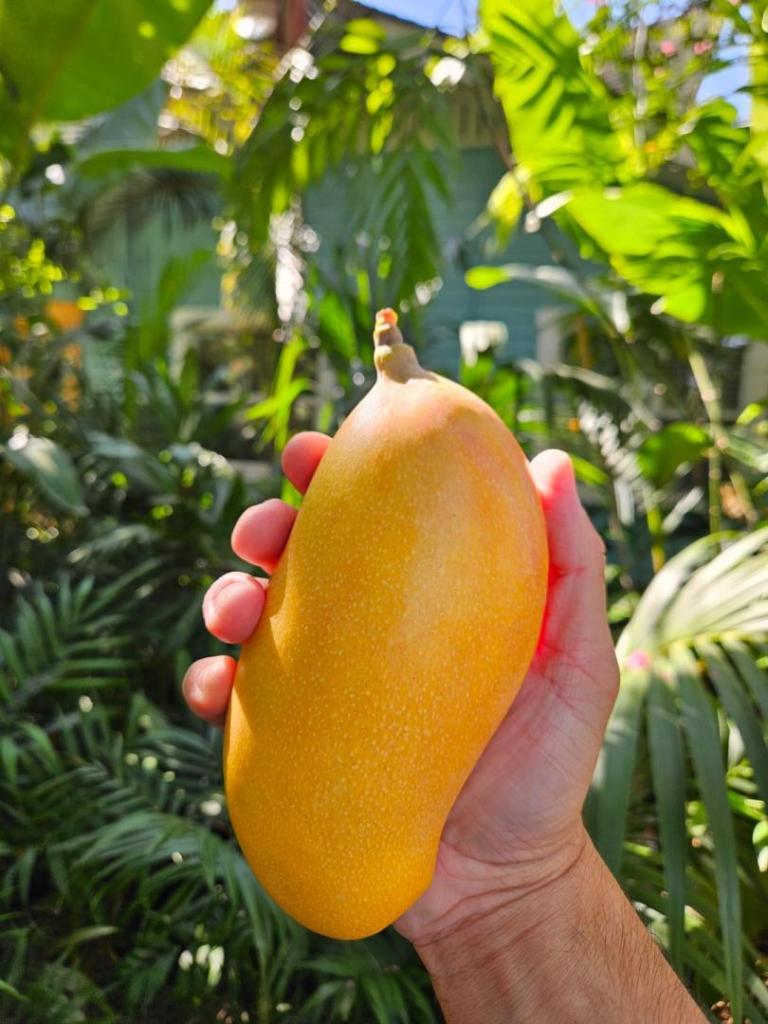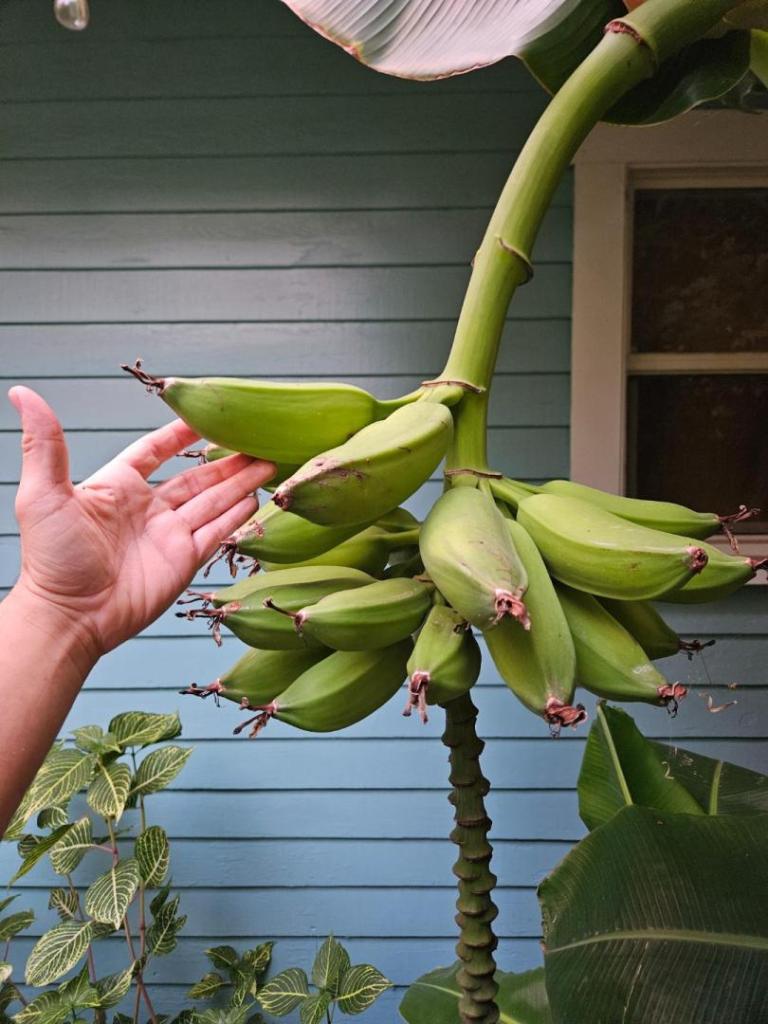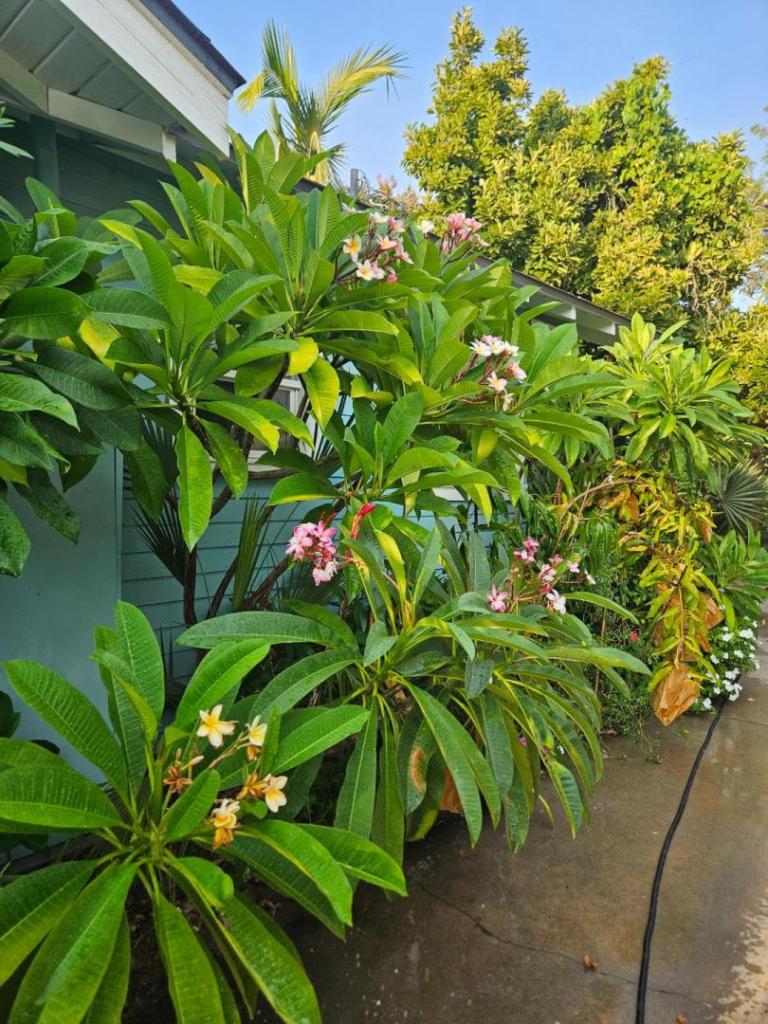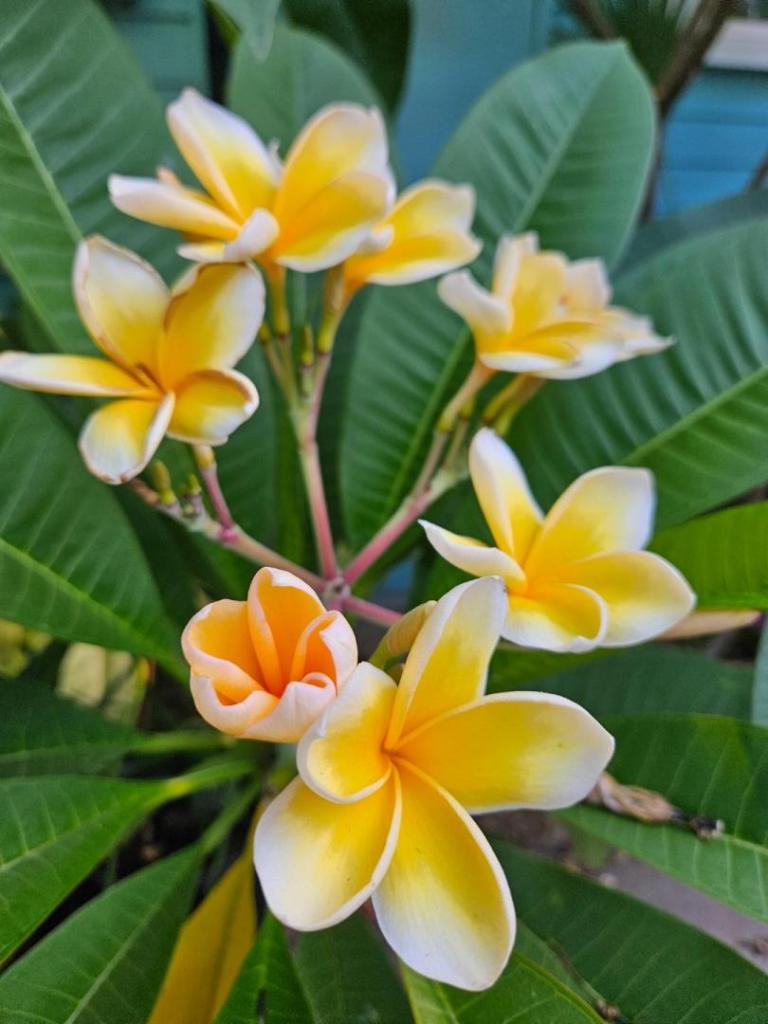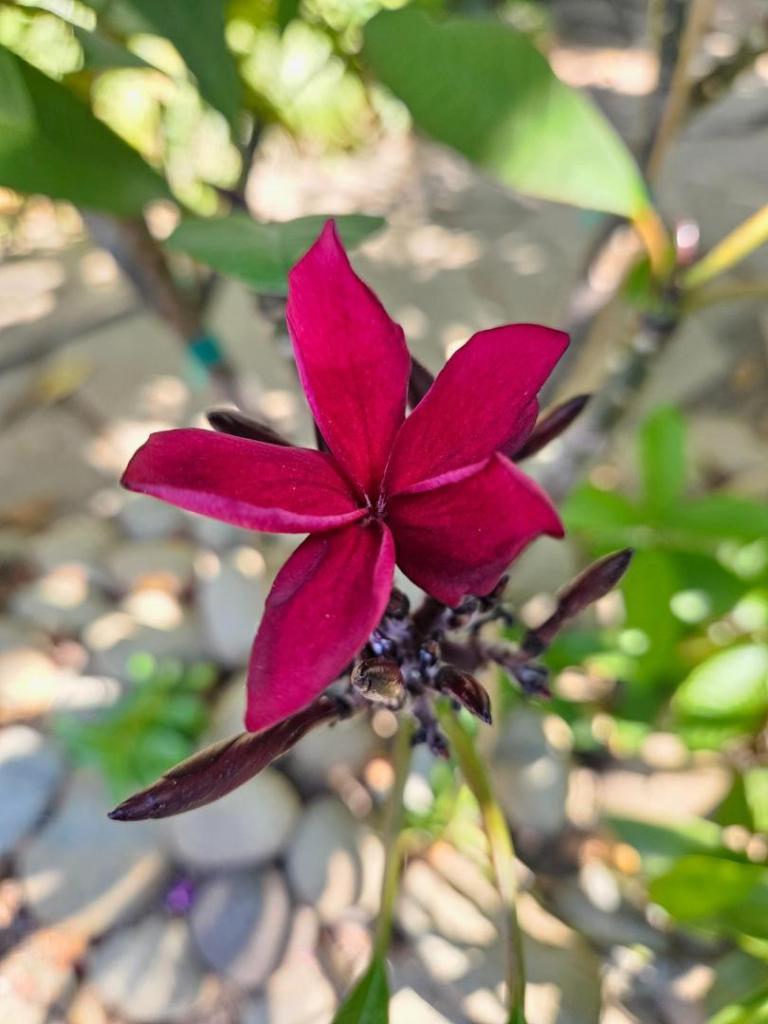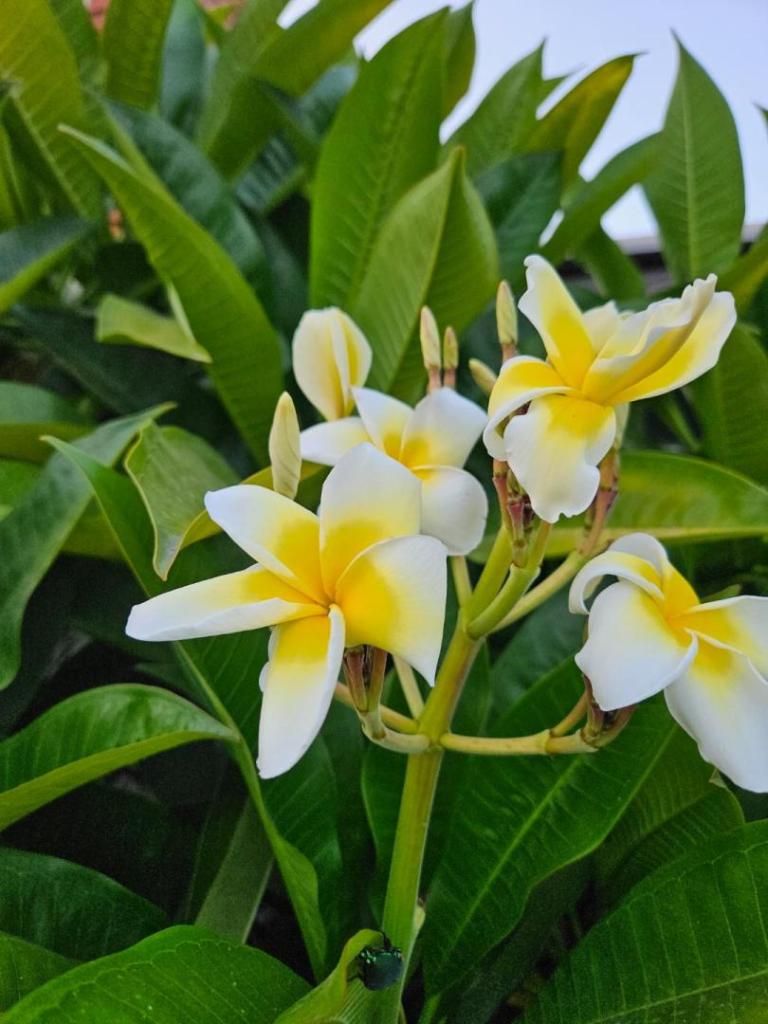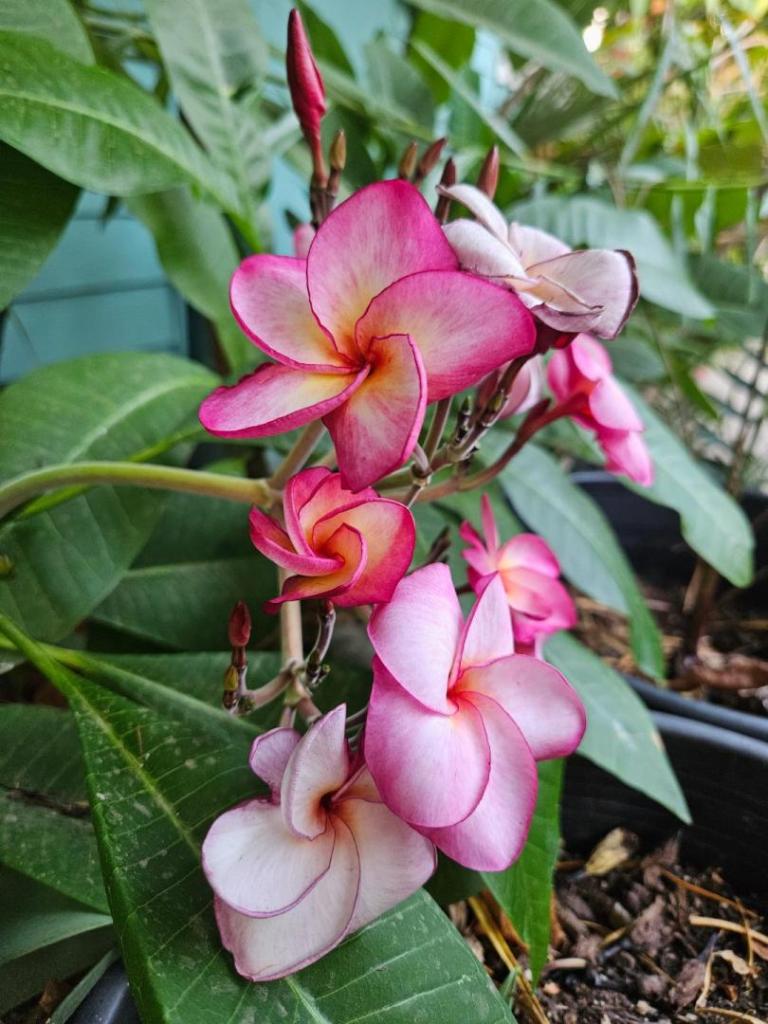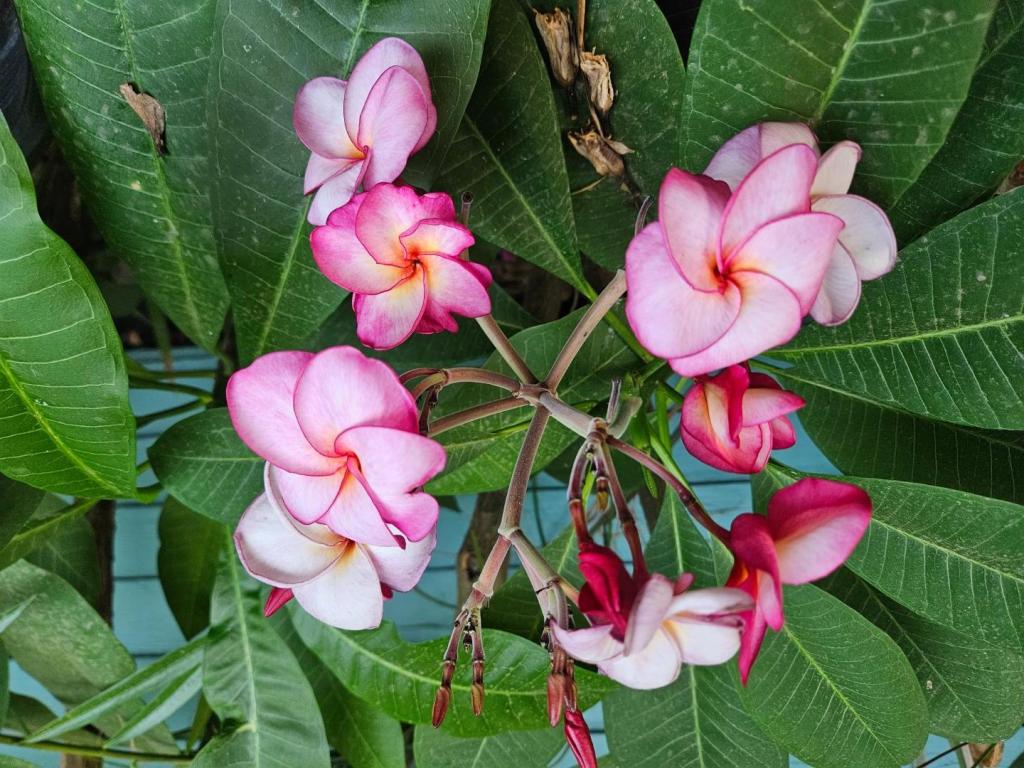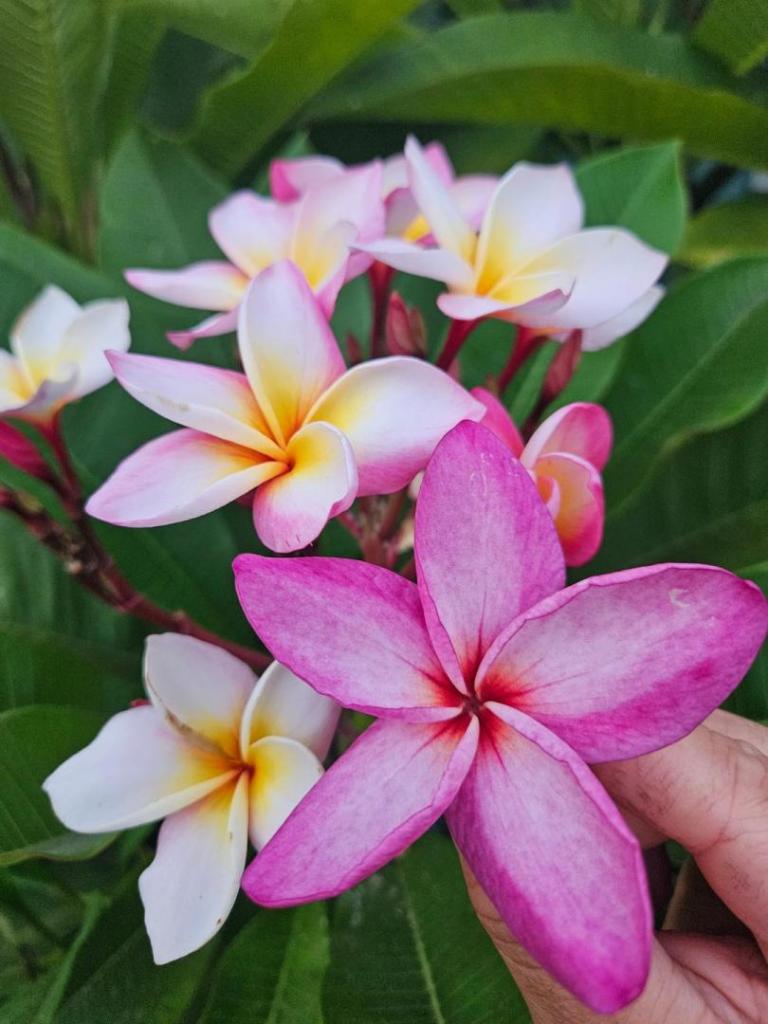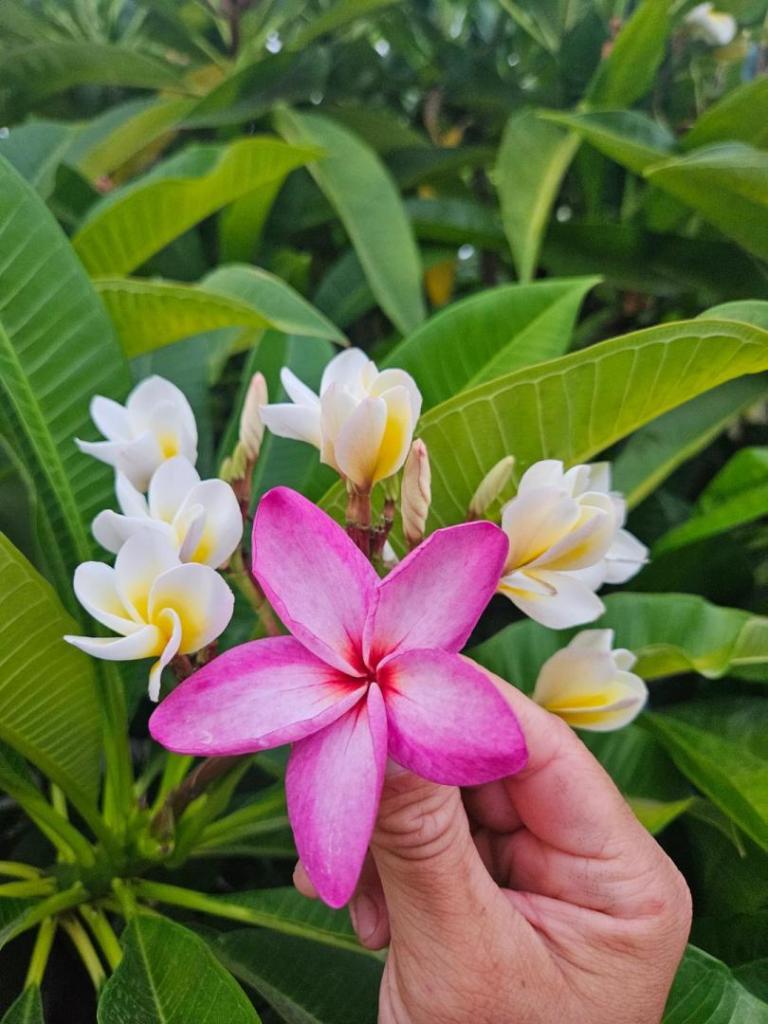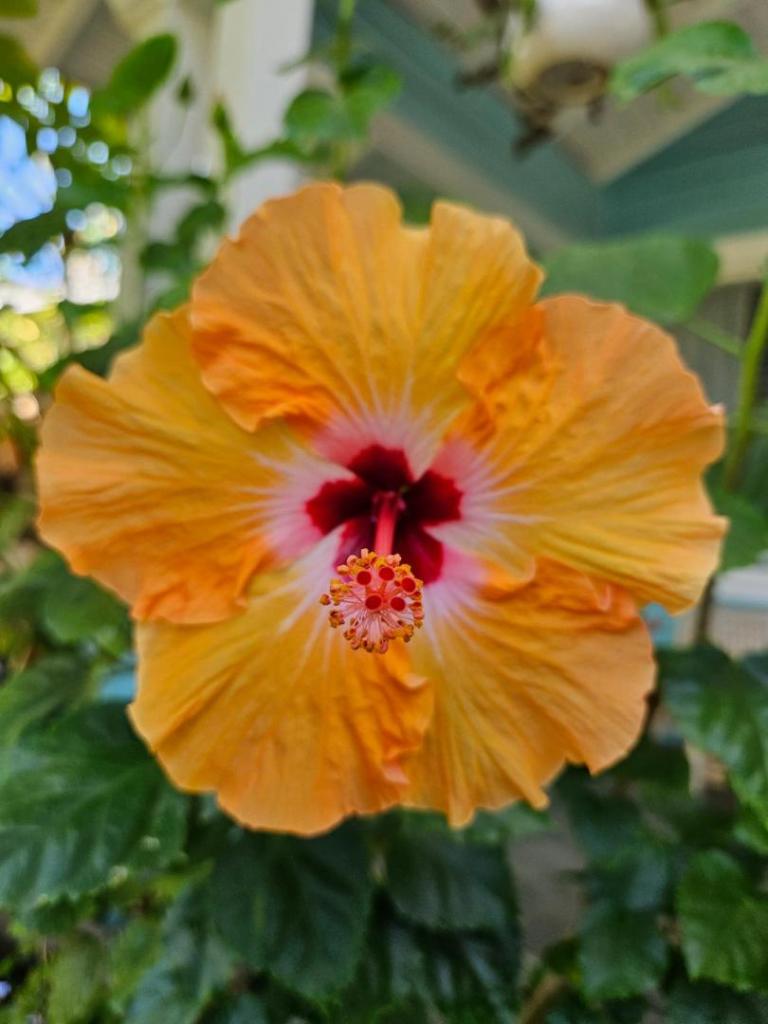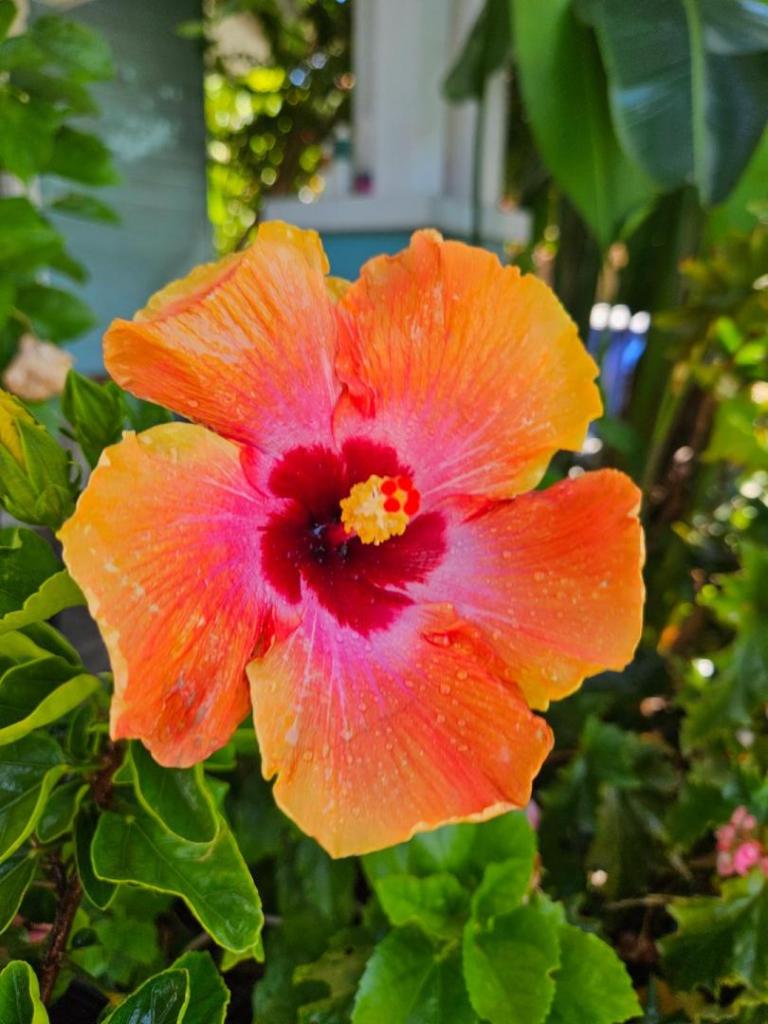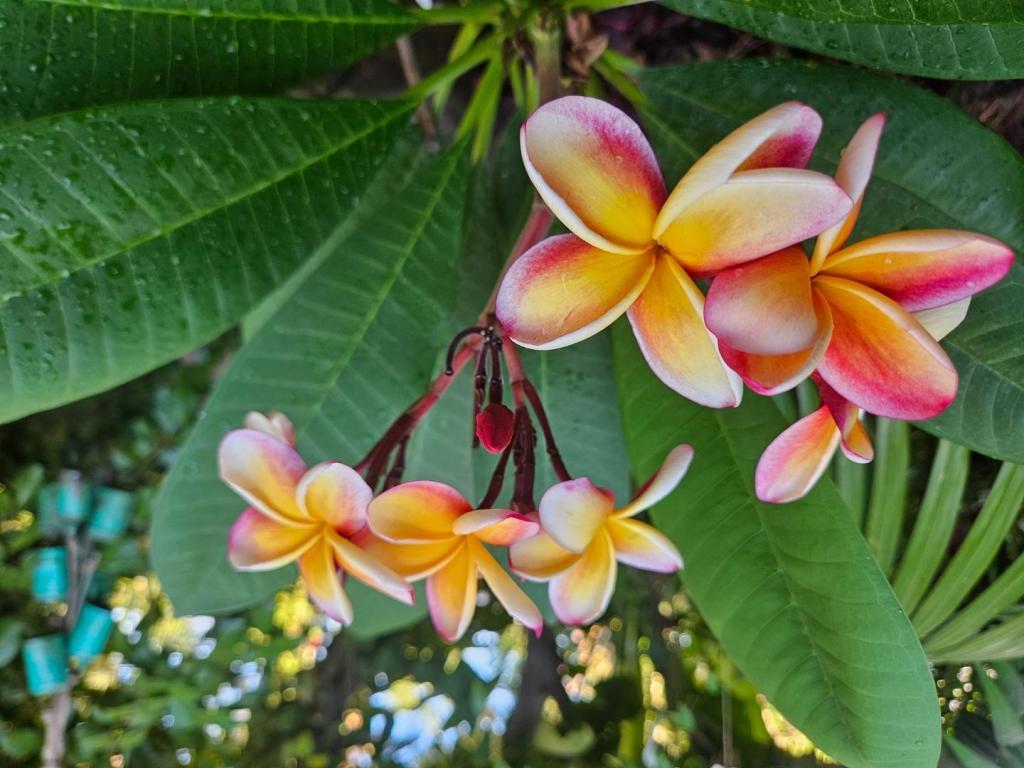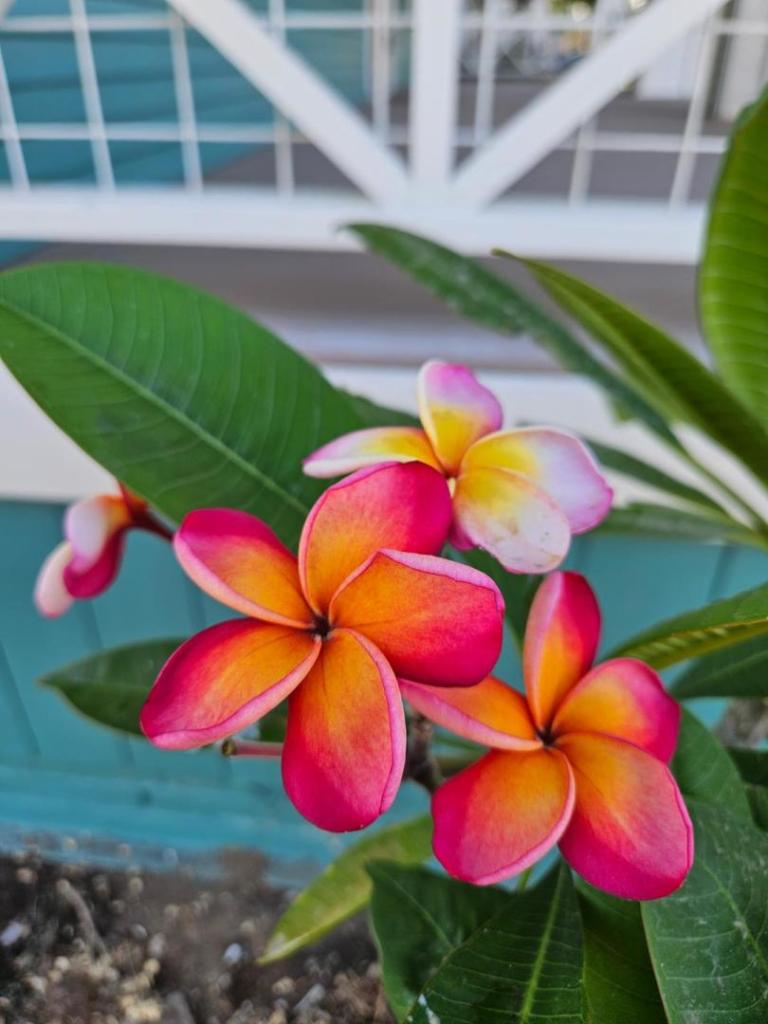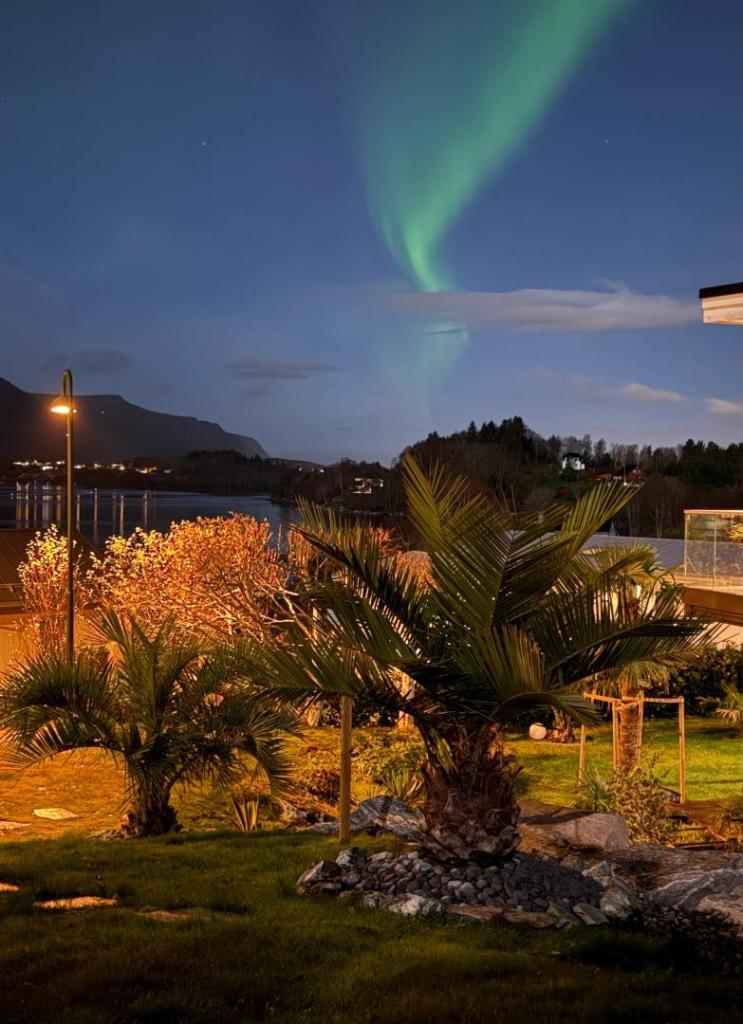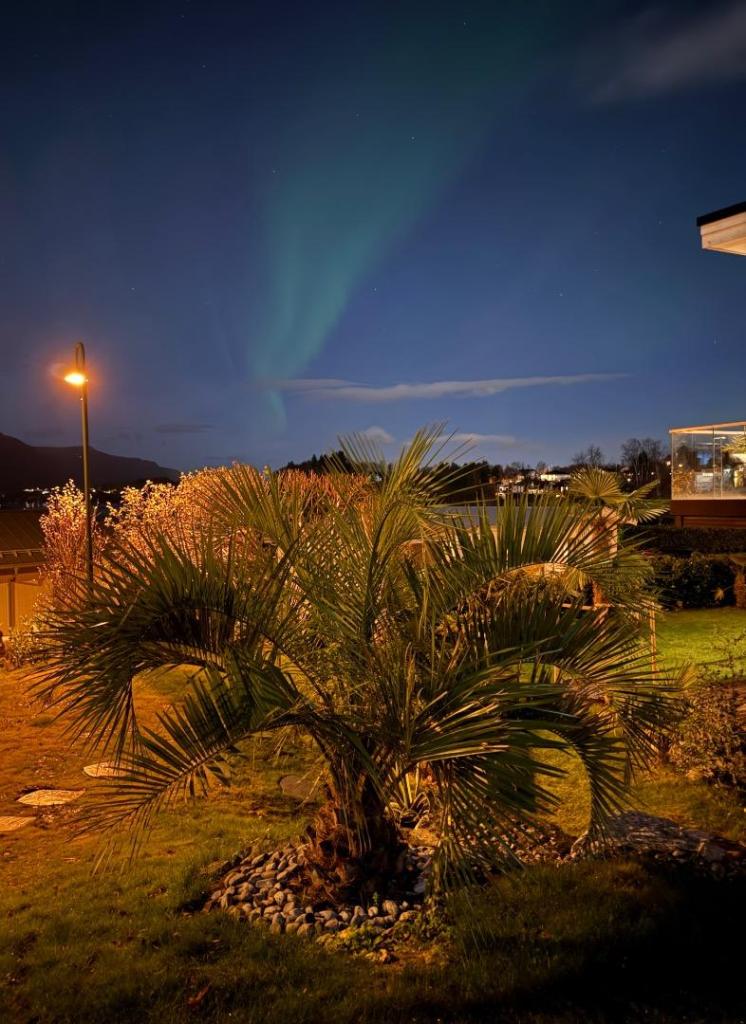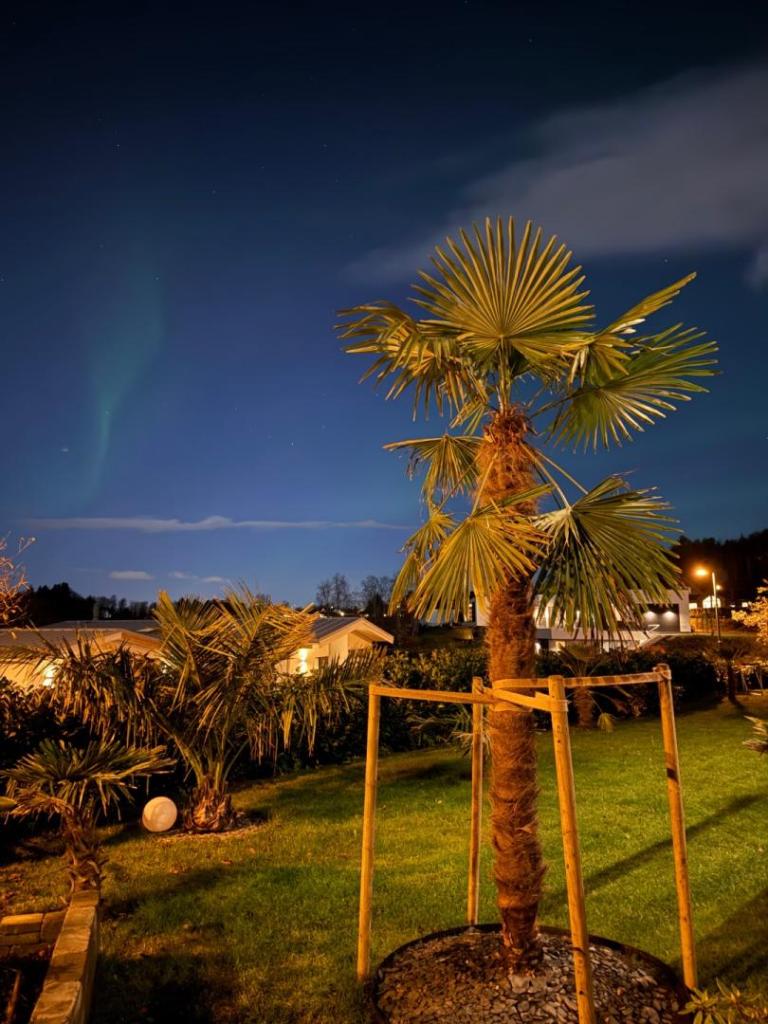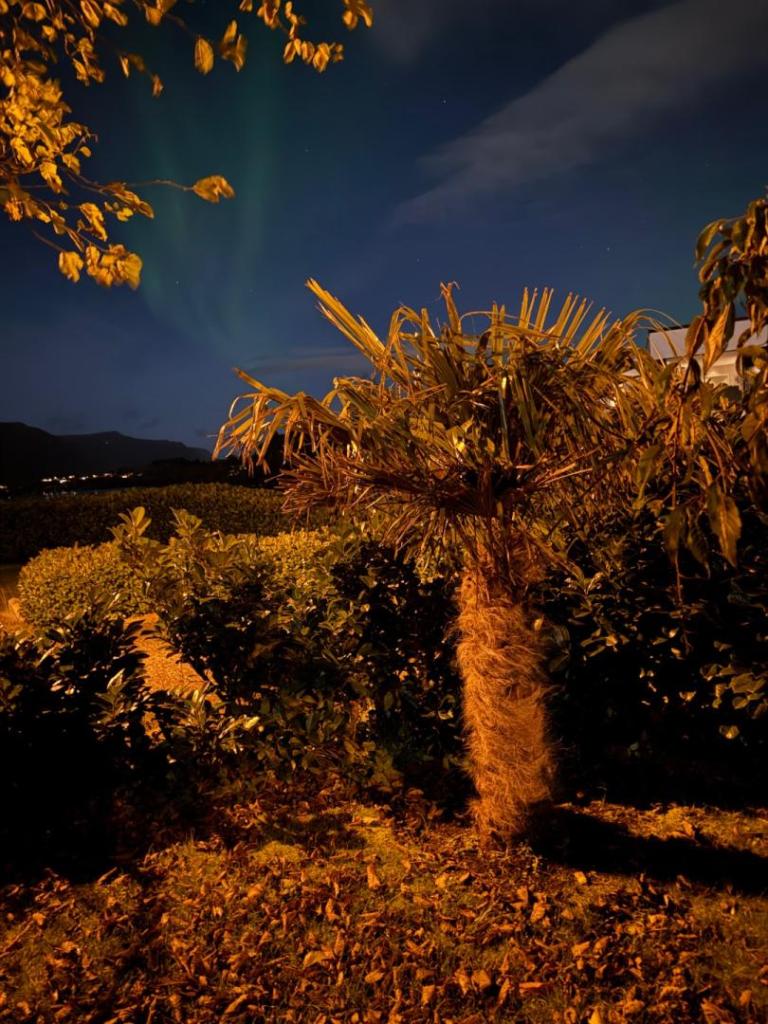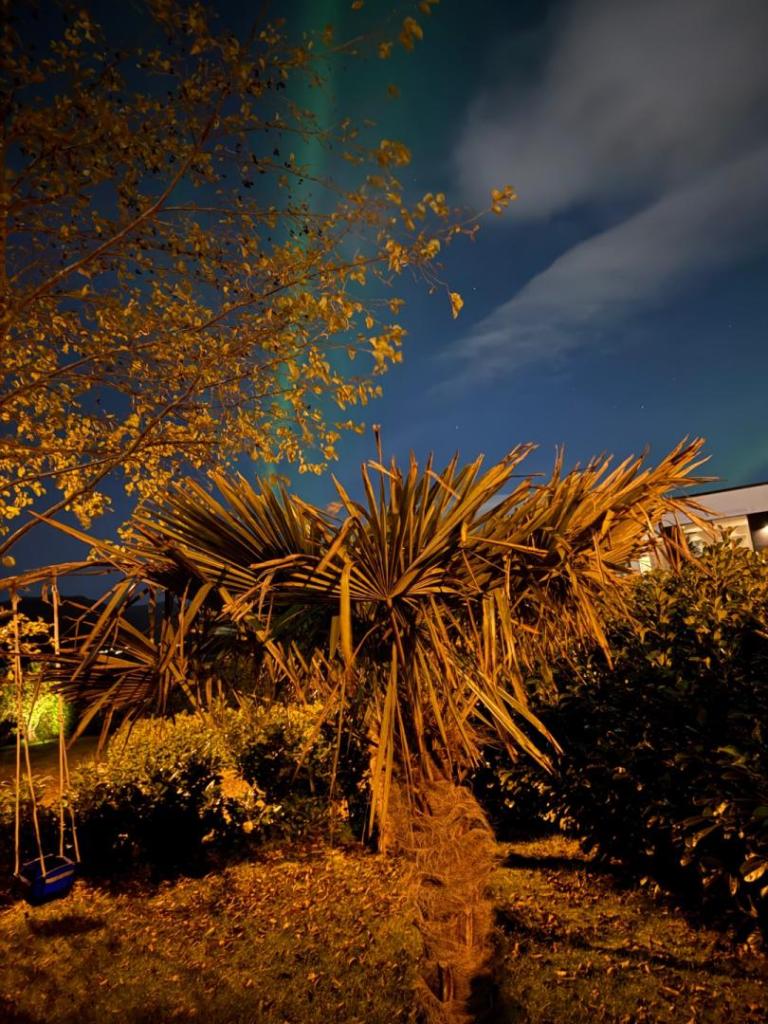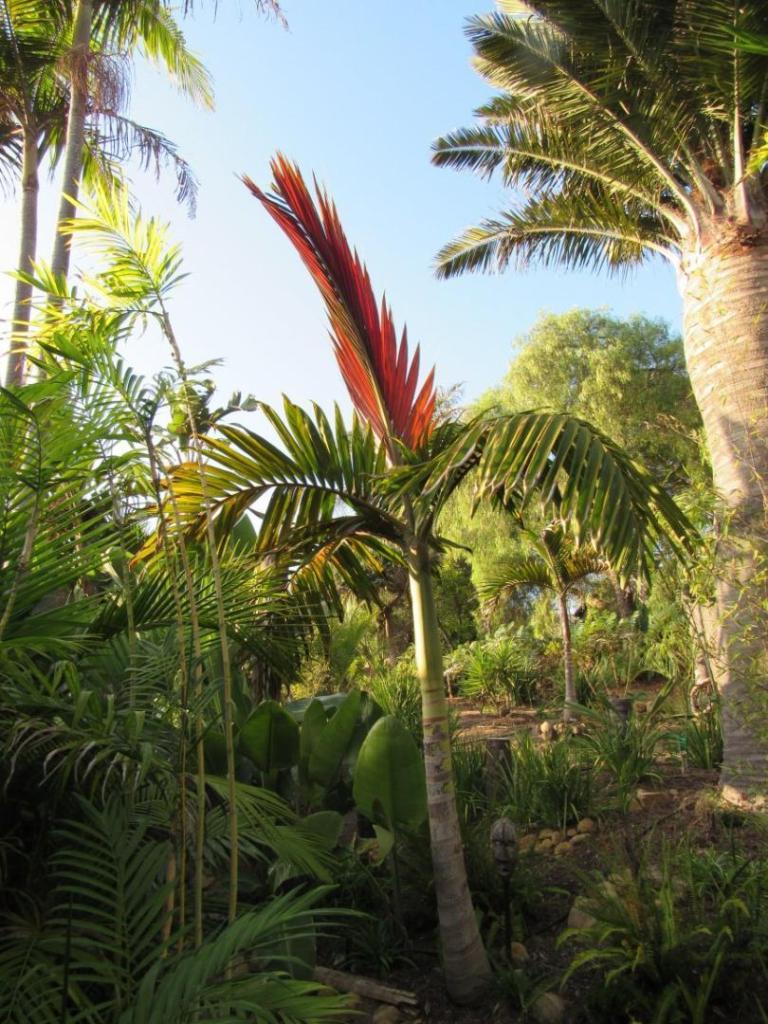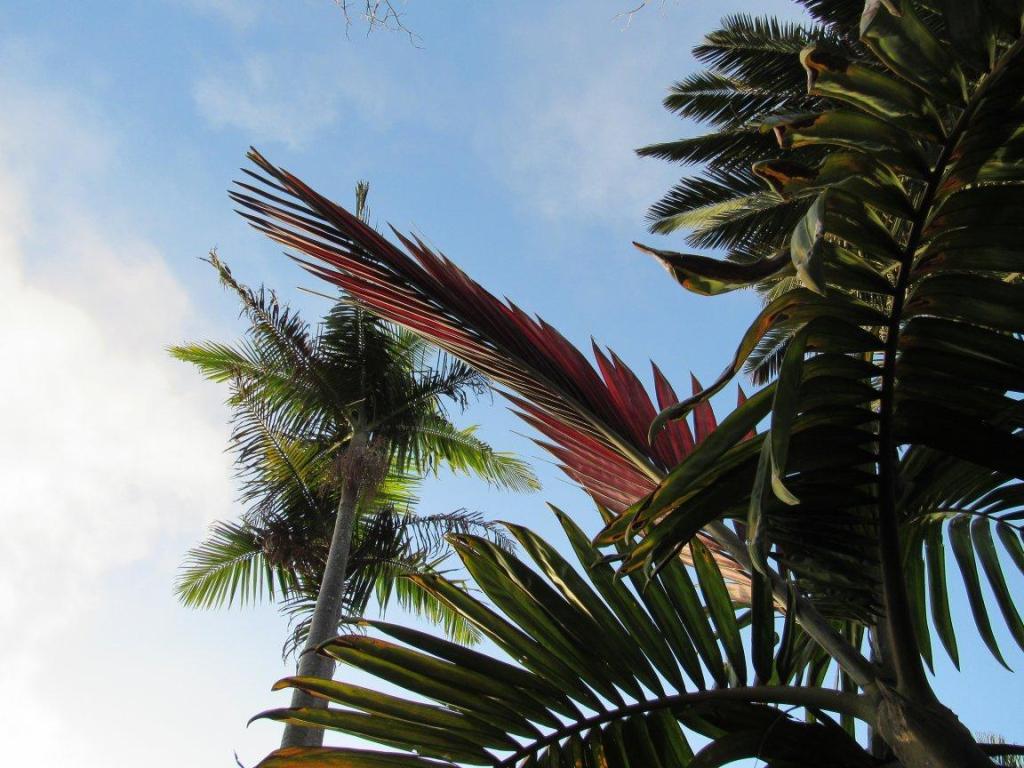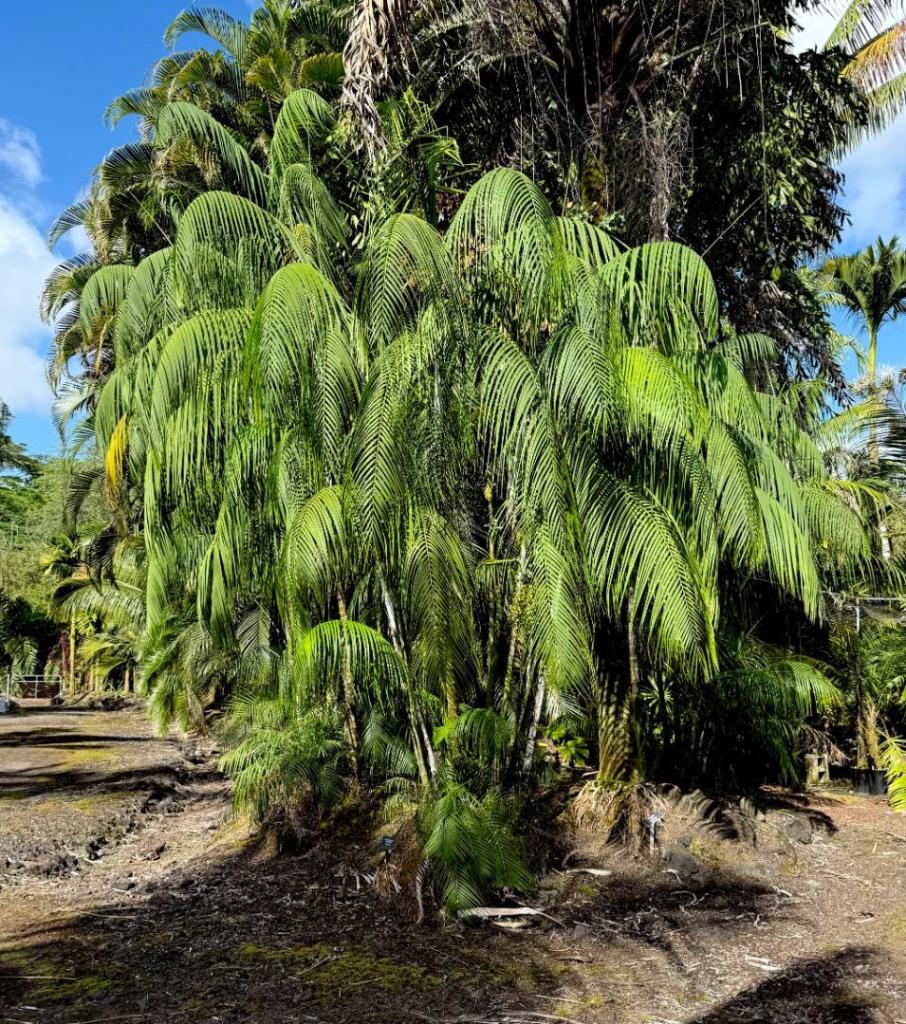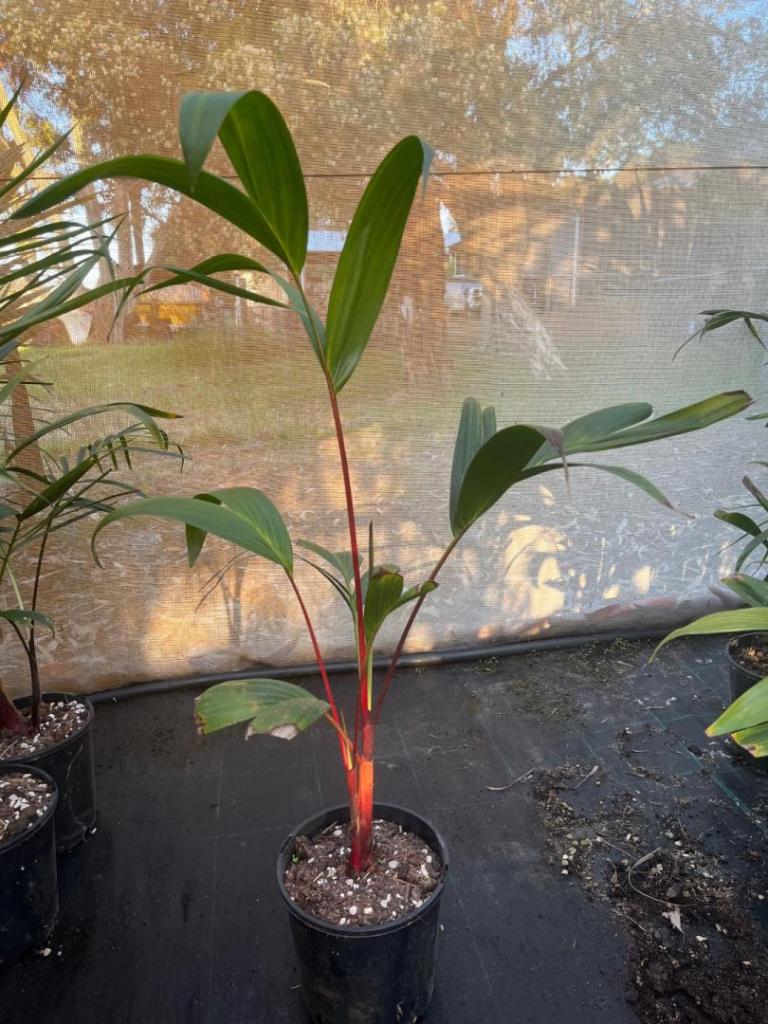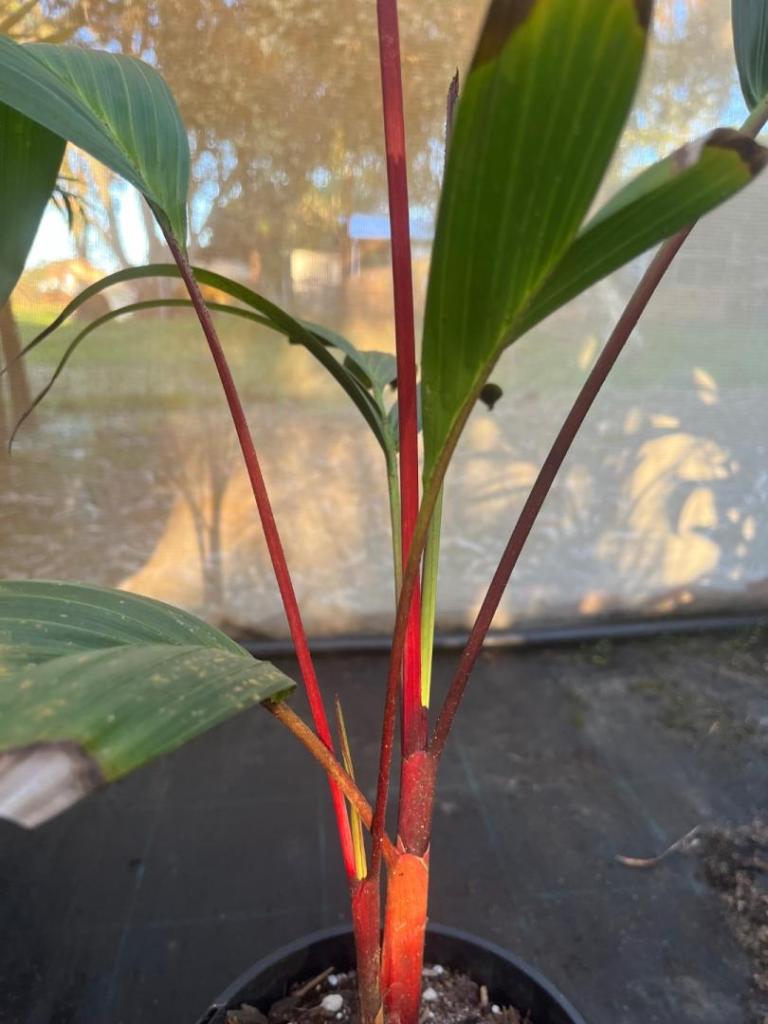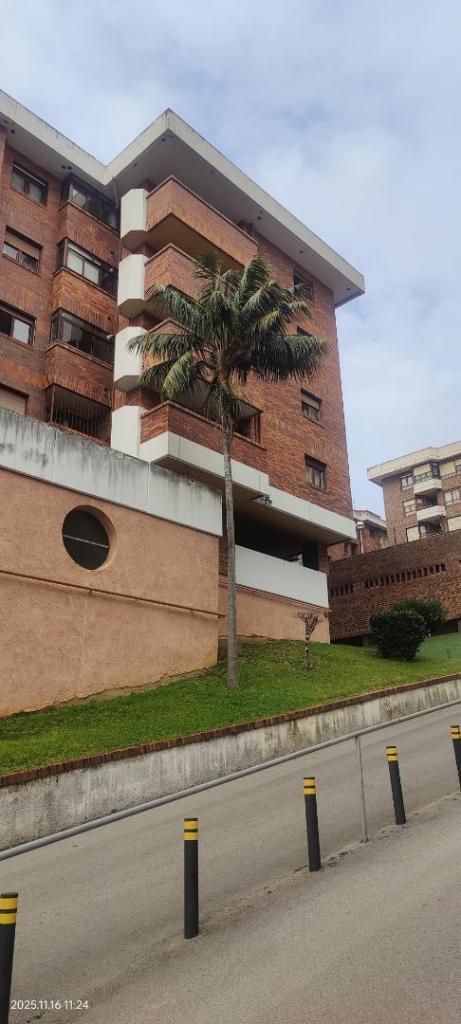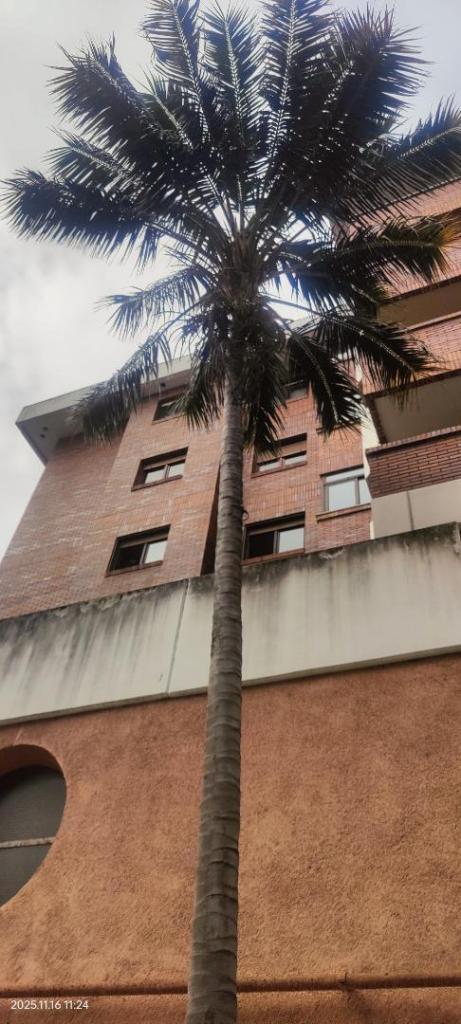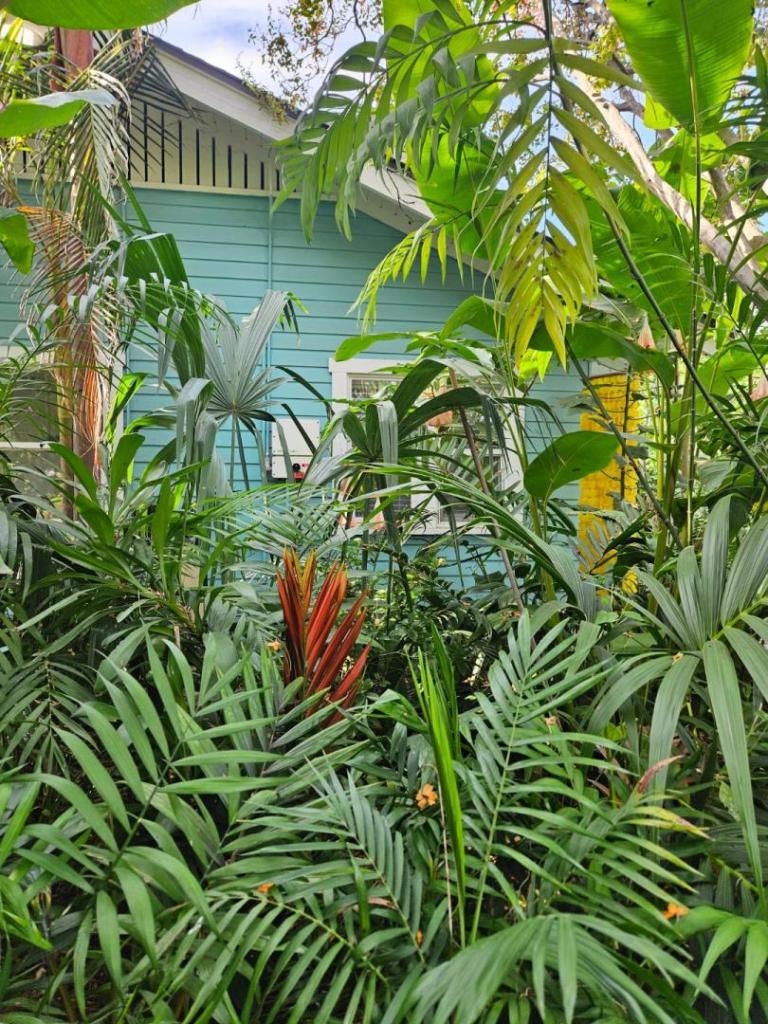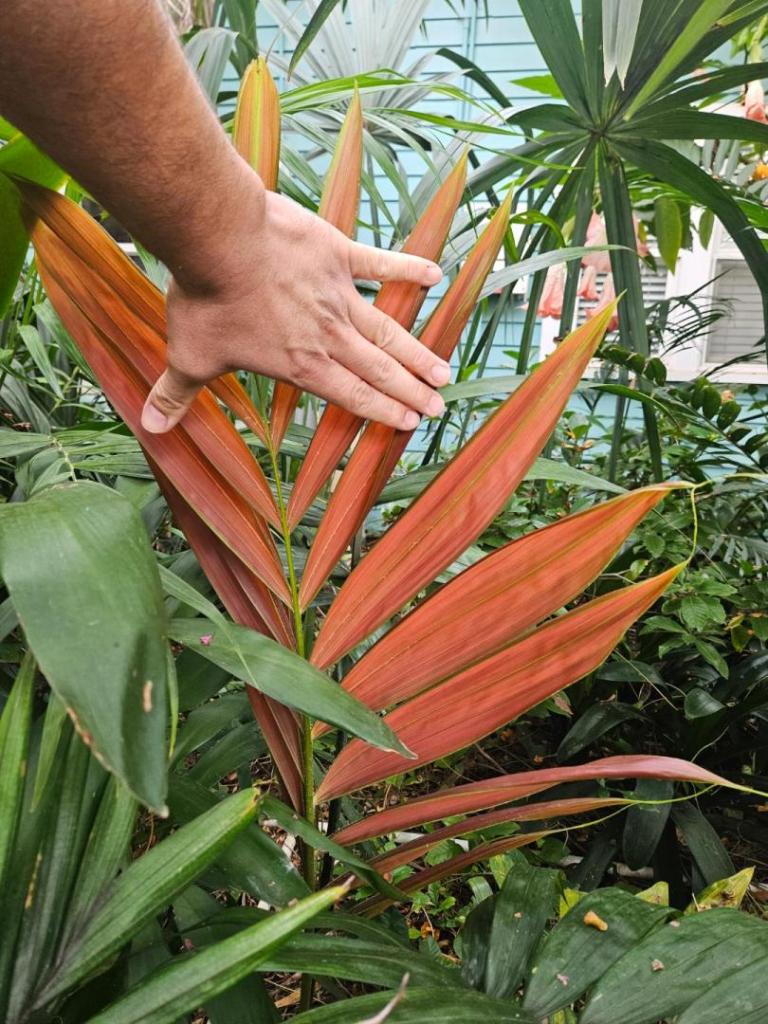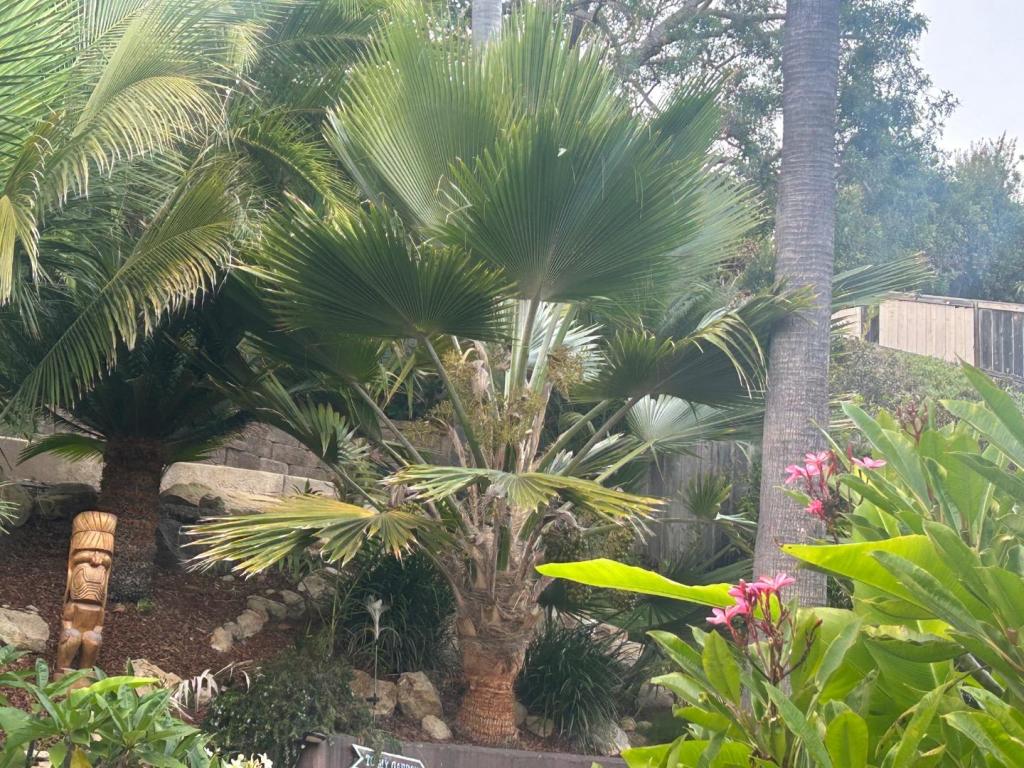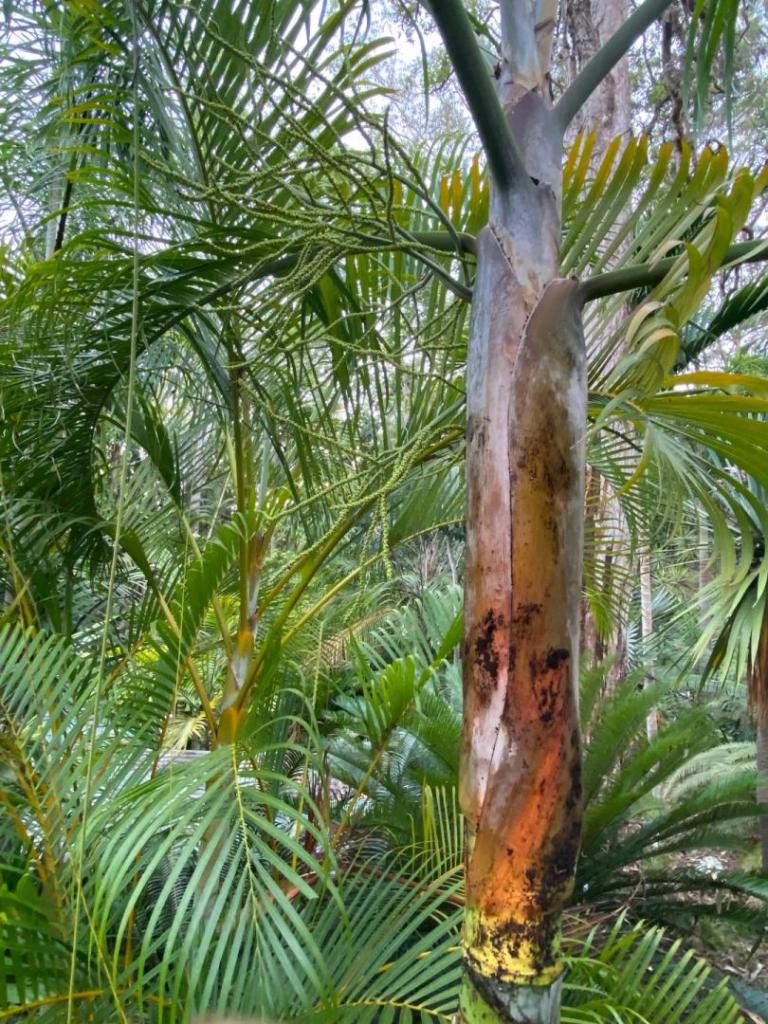Leaderboard
Popular Content
Showing content with the highest reputation since 10/24/2025 in all areas
-
This is published due to the efforts of Dr. Donald Hodel. Effusive gratitude to him ! I have hand pollinated this plant and distributed the offspring as Anthurium sp. 'Loja'. so now the lucky recipients has a true name for the plant. Please don't ask about availability. I have none, however I do plan to hand pollinate again, and the resultant offspring will be ready in 5 or 6 years ! https://ucanr.edu/sites/default/files/2025-11/New Anthurium sp Loja Ecuador Croat and Hodel PALMARBOR September 2025.pdf23 points
-
23 points
-
23 points
-
A couple days ago we took photos of some of our palms catching up on some last minute growing while the early fall weather is still warm. We started in the back yard facing south and overlooking the Isabelle Canal. We've been blessed by a lack of hurricanes and tropical storms compared the the past few years so what wasn't killed by the likes of Ian has had a chance to recover. Allagoptera caudescens Dictyosperma album Livistona jenkinsiana Livistona drudei Kerridoxa elegans Satakentia liukiuensis Chrysaladocarpus leptocheilos Philodendron Pink Princess Chamaedorea sp Moving west toward our Garden Lot View looking east toward Back Yard Jungle Cocos nucifera Dwarf Red Spicata Twins Sabal causiarium by @sonoranfans after Ian Sabal palmetto variegata Sabal grethereae Chrysaladocarpus decaryi Leucothrinax morrisii Sabal minor Chipola Dwarf Livistona muellerii Coccothrinax sp Borassus flabellifer Syagrus kellyana Pritchardia sp Livistona saribus Pritchardia vuylslekeana23 points
-
21 points
-
19 points
-
It's been a bit since I posted any photos, figured I'd share a few today since I spent some time cleaning up the yard. Our city's trash service does a once-a-year trash haul where you can dispose of as much green waste as you can pile out in front of your house along the street. It's the perfect opportunity to tidy things up, and convenient in that it's also when sunlight becomes a rare commodity with the low angle of the sun, so pruning (sorry, overpruning) overhead palms like my phoenix and syagrus is permissable 😆 Cycas revoluta x deboaensis up front. Ravenea glauca in the tall pot, sabal mauritiformis in the center back, and beccariophoenix alfredii to its left. Ravenea glauca is in the tall pot here Sabal mauritiformis, and the culprit that is causing those chunks of leaves to be missing. This week I also swung by Dave's fantastic garden in La Habra. A few shots from that visit. Thanks for the good time Dave! An oddball Chrysalidocarpus lutescens A big-o seed off of syagrus oleracea, if i recall A forest of Chambeyronia Of course, I couldn't leave without a few goodies. Here's the lineup: Archontophoenix maxima with the copper leaf genes From left to right: an oddball Chrysalidocarpus lutescens, wallichia disticha (in the tall liner), a syagrus (either oleracea or picrophylla), bismarckia nobilis & Gaussia gomez-pompae. A better look at the gaussia, and roystonea. The smaller palm is a chambeyronia. Of course, I picked up a few mangoes, which have become my most recent addiction lol they are Sugar Loaf, Harvest Moon and Sweet Tart. Finally, what seems like the last plumeria of the season at my place: Kaneohe Sunburst19 points
-
19 points
-
There is a an undocumented population of Braheas located just 40 miles south of Douglas, Arizona near the town of Esqueda, Sonora. These palms seem to be a variation of the Brahea Calcarea but with a taller trunk and fuller crown. I would also like to mention that these specimens of Brahea are very likely to be more hardy than Brahea Armata considering they are growing in elevations of 4000 or more where winters are extremely more cold than that of the Brahea Armata range. They palms are located in a ranch named Rancho Los Baños - Tierra Chamahua EcoAdventures which appears to have recently closed and has virtually no public access. There are dozens of pictures of the palms in the TripAdvisor page of the ranch online. I thought yall would enjoy knowing of these groves as they might have the potential of being the MOST hardy Brahea of all the genus. Getting seeds from these plants would be amazing but the location is very remote and a known area of high cartel activity.19 points
-
18 points
-
@kinzyjr sure, I was just making a suggestion. It doesn't help grow PalmTalk when a new member joins and post a desperate request for help...and then that post is immediately buried several pages deep by a single PT member. I've seen it happen several times recently. Of course, there's a fine line between "stifling discussion" and "preventing spam." But when people start posting threads about "where's the regulars?" then maybe it's time to address the root cause with a simple fix?17 points
-
17 points
-
One of my hookeris exhibits a dark red from one direction and brilliant flame from the other. Sun at your back is not nearly as stunning as palm between you and the sun. I was advised here that the macrocarpa hookeri was a deeper from red than the regular macrocarpas by those with experience here. Last sunday the leaf opened and a 5 days later its seen 39 degrees 2 nights and is looking great. WInter and shade seem to make these palms stay red longer in my yard, even more true for the regular macrocarpa which for me turns fast to salmon green in 4 days or less. sun at my back its a dark red/maroon leaf seconds later the 180 degree view shows the "flame" the palm is known for with a transmitted light that is a brighter red.17 points
-
17 points
-
Here's a few pics of one of my two Dypsis sp "dark mealy bugs" The first was taken in December 2015 which was probably two years after I originally planted it. ( planted in 2013 ) The remaining pics were taken today.16 points
-
Still here and just posting less frequently. That's partially due to "finishing" my yard and moving on to other big tasks, and partially because a certain member keeps "spamming the board" with 20 or so new and yet somehow highly repetitive topics per day.16 points
-
16 points
-
16 points
-
OK, sorry for the delay. Here are some Parajubaea palms in my neighborhood. Based on their massive size I assume that they are P. torrallyi, rather than P. cocoides. The middle image palm has started to flower. The last image palm is more than three feet in diameter. This garden is somewhat a mystery, just two palms species and some agave plants. ( The fan palms are Chamaerops.) It is possible that these palms were sourced from Flora Grubb Nursery. T16 points
-
16 points
-
This is the 5th winter in the ground. The " Love Palm" (there's a story there) was purchased as a juvenile at a Home Depot in 2012. It has lived in two apartments, a town house, an office, briefly in a storage unit and in a garage before putting down roots five years ago. On nights below 29 or so it gets the Christmas lights and blankets treatment. Last winter we had snow on the ground for about three days and since the fronds are now way up there and too high for my ladder, I was unable to protect them. It experienced about 80% defoliation. But here we are in November and looking pretty good. The Washingtonia next to it was two feet tall five years ago. I can't protect it because it's so covered with thorns that any fabric would come off in shreds but it's been fine against that south facing wall.15 points
-
15 points
-
14 points
-
Add my voice to those supporting a limit on number of new threads a single poster can make in a day. 🌱🌱🌱 I consider many of you to be great friends and have hesitated saying anything since I don’t want to hurt feelings, but it really is excessive! I do enjoy the photos, but I also enjoy seeing what’s going on in EVERYONE’s gardens (not just one person’s nursery). Seeing how fast new posts get buried is discouraging and makes me less likely to post than in the past. 😶 To be clear, I’m not saying anyone should stop posting! But do we really want one person to be the author of half of the posts on here? Especially when the posts are so similar. For example, can we perhaps have a single “my Joey palm collection” post and add to it (rather than a daily Joey palm update post)?14 points
-
14 points
-
In my own case, still pushing down on the grass instead of up. Between work, my own garden, the gym, CFPACS, and once in a while, sleep, time is at a premium nowadays. Some of the folks on here that were frequent fliers went to other platforms like Facebook, Twitter/X, WhatsApp, etc., with several citing the reasons similar to @Merlyn's.14 points
-
14 points
-
14 points
-
14 points
-
Yesterday I managed to muster up the fortitude to go for a short walk on part of the property and see how the drought affected things, looks like the little Areca stilt palm died along with six or seven others out right but other things look pretty amazingly well considering what they’ve been through.14 points
-
14 points
-
14 points
-
14 points
-
More palms and plants from Garden Lot Livistona mariae Bismarackia nobilis, smaller of two surviving Bizzie's West End of Garden Lot looking South Livistona decora Livistona sp Areca catechu Dwarf; left is Pritchardia sp; right is Dictyosperma Albus Coccothrinax sp by Garden Shed Blue green Agave Sabal palmetto 'Lisa' #1 Sabal palmetto 'Lisa' #2 Sabal palmetto 'Mocksville' Hemithrinax ekmaniana Sabal minor x2: Left is typical S. minor; right was sold as seeds of what Seller in Savannah, GA, called 'Savanna Dwarf'. Is there such a thing? I don't know but it is certainly different. Seller disappeared into cyberspace about 15 years ago. Coccothrinax proctorii Dutchman's Pipe Coccothrinax sp - very large Chrysaladocarpus lutescens 'Fused Leaf' Plumeria w/ pink flowers14 points
-
13 points
-
13 points
-
Yeah, I regret wasting so much time endlessly scrolling the Book of Face. I have a friend who I swear spends 3/4 of his waking hours on some antisocial media site. I told him I'd rather spend my spare time tweezing nose hairs with a pair of rusty sporks.13 points
-
13 points
-
13 points
-
13 points
-
13 points
-
13 points
-
13 points
-
I spotted it the other day, just by chance. It is 7/8 mts tall. I picked a dozen of ripe seeds scattered on the ground, but there are many more green ones on the tree. So another source for future seeds. I know of two more " sources". There used to be more tall, seeding ones in the area, but they all were chopped down.12 points
-
@Jonathan Haycock + @iDesign + @palmfriend Thank you for weighing in. Please keep in mind that I can't control this aspect of the forum software. That decision and implementation are outside of my rights and responsibilities. I'd be fine with limiting the number of threads and agree that a lot of the content mentioned could be consolidated as many posts in fewer threads. The link to @palmfriend's original thread on this matter is provided at the end. A lot of the folks in CFPACS are in a WhatsApp group, some citing this as a reason. A few have jumped almost exclusively to Facebook because of the reason Jonathan mentioned - blocking someone's content works much better there than here. It was discussed once in a more cursory manner, but it looks to be revisited because the numbers seems to be tilting a bit since the original 50/50 split referenced by palmfriend. Thank you all for providing your input in a respectful manner. Original Link for Reference12 points
-
So glad we are all still around . I guess this forum is , for me , my only social outlet online. Here , I can go on about palms without eyes rolling ! I can brag about success’s and complain about losses ….” Gopher ate my palm”. Harry12 points
-
12 points
-
12 points
-
12 points
-
12 points

